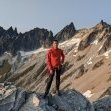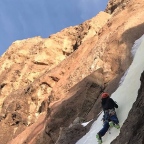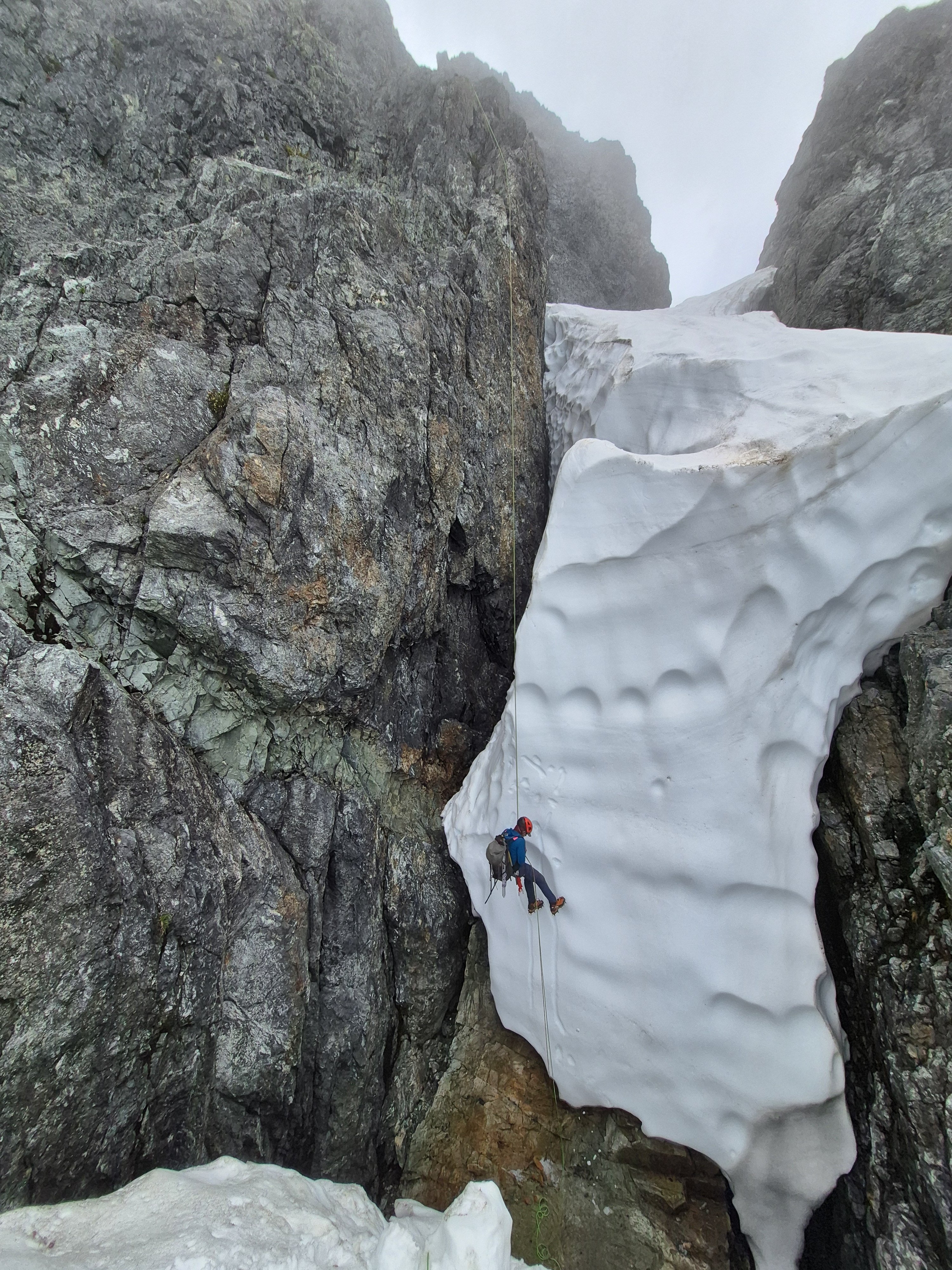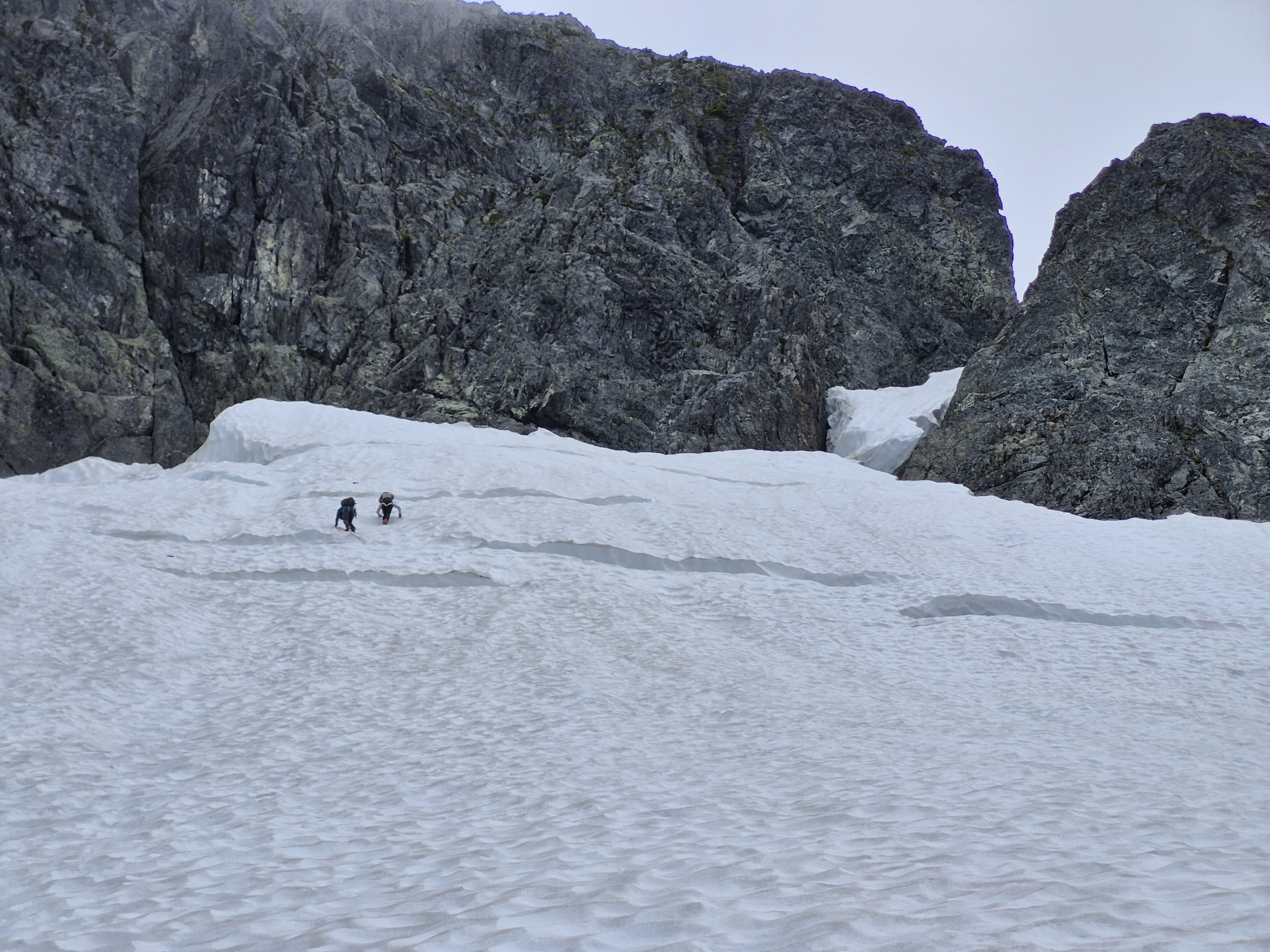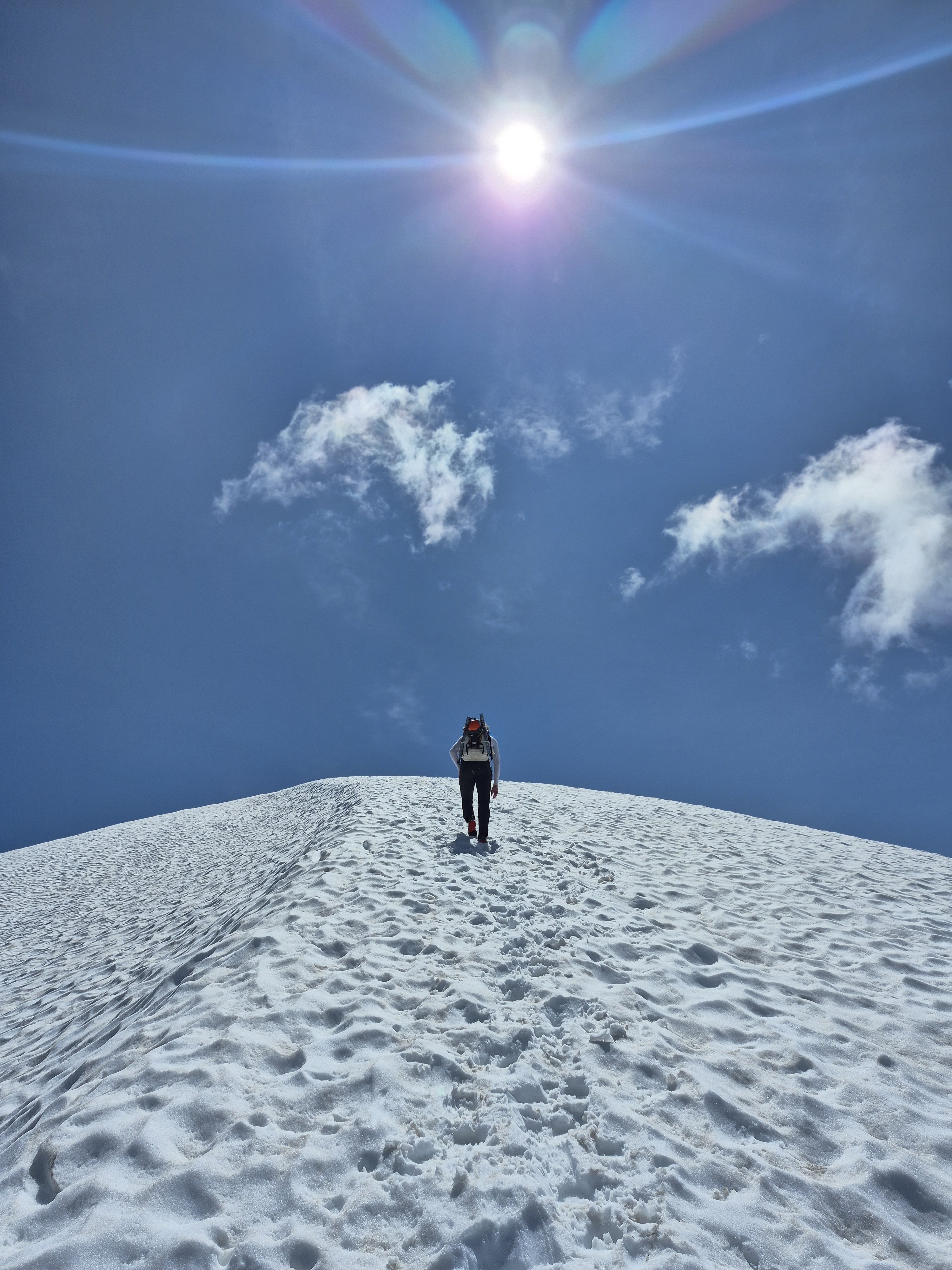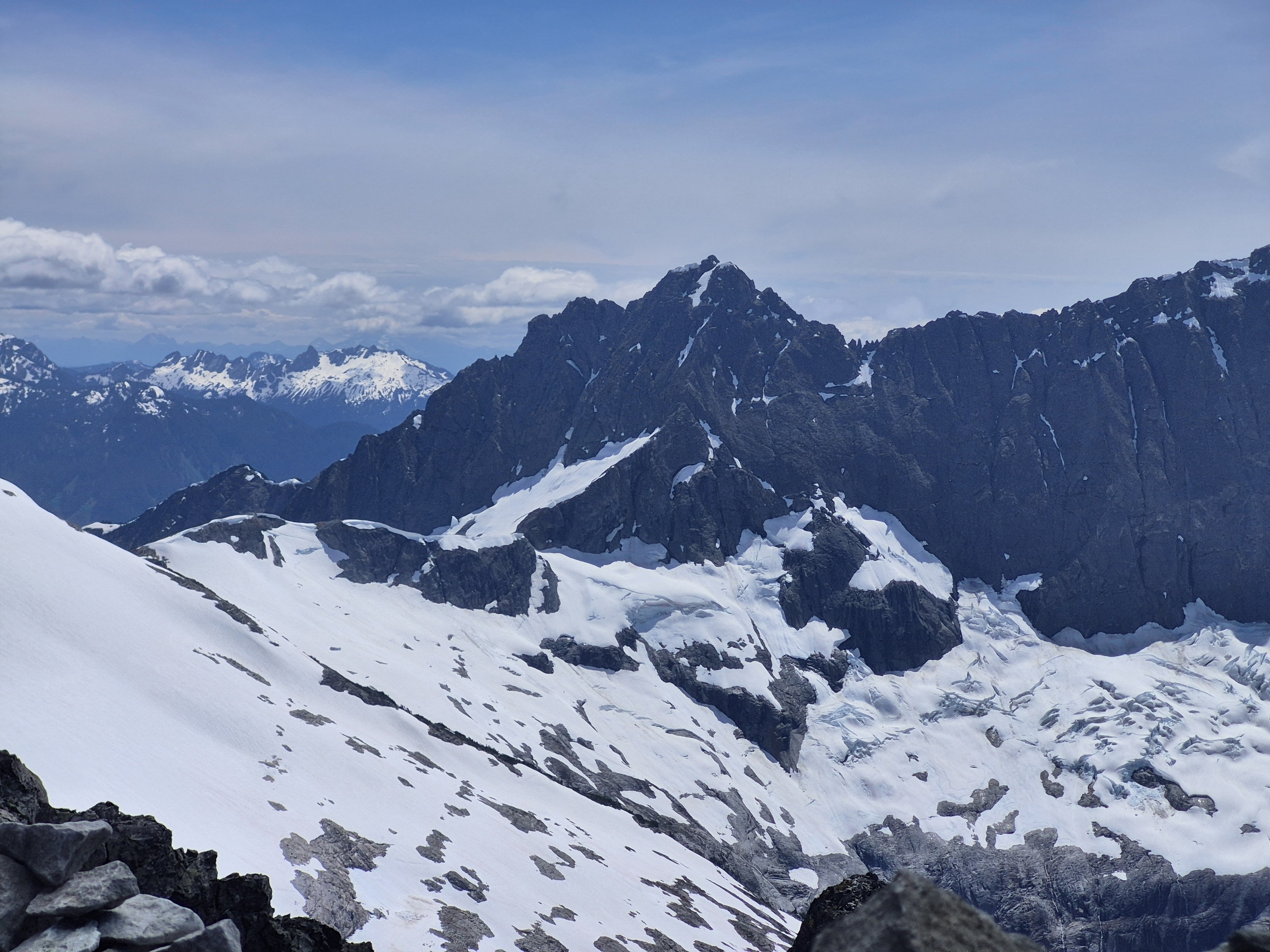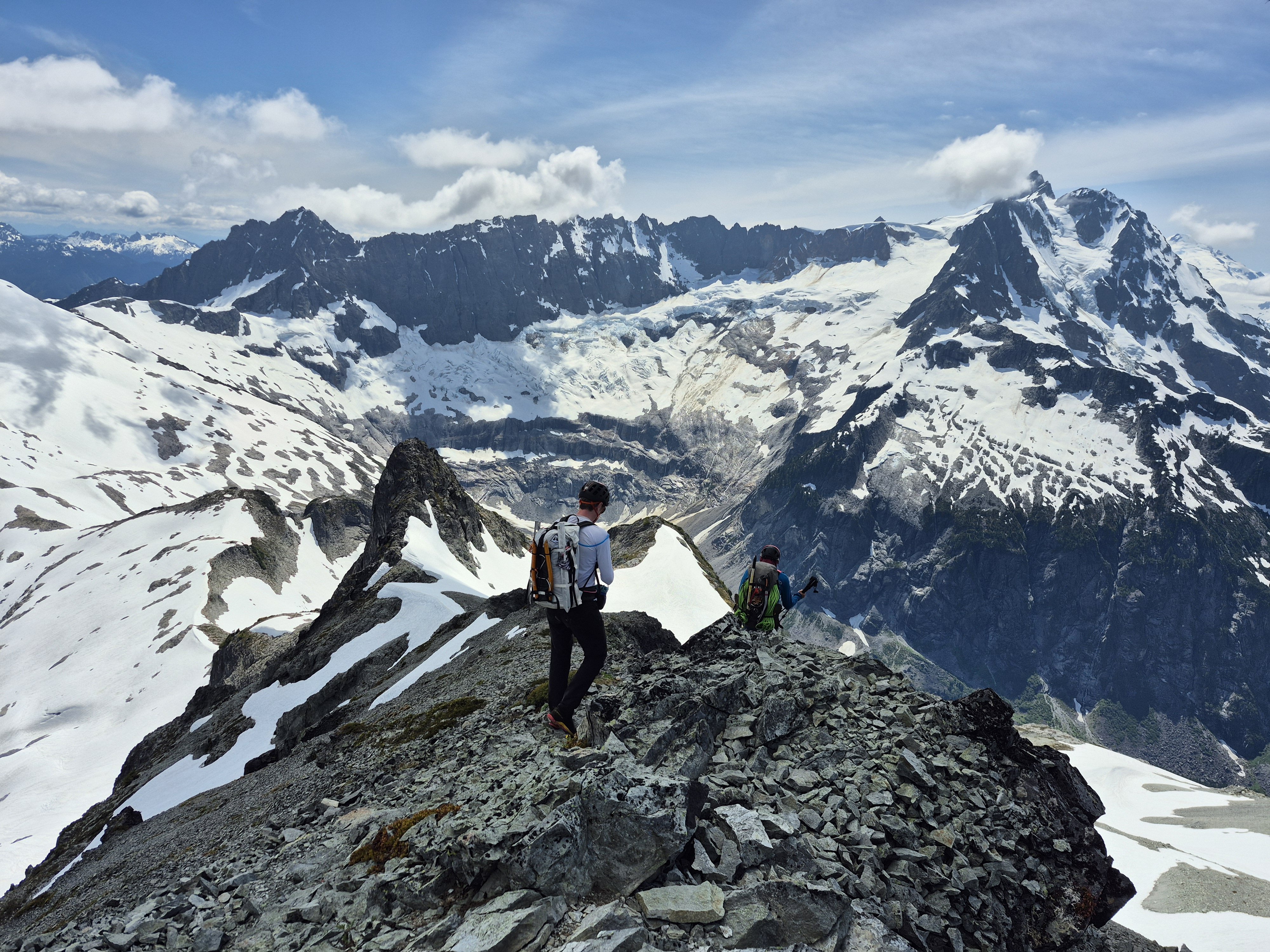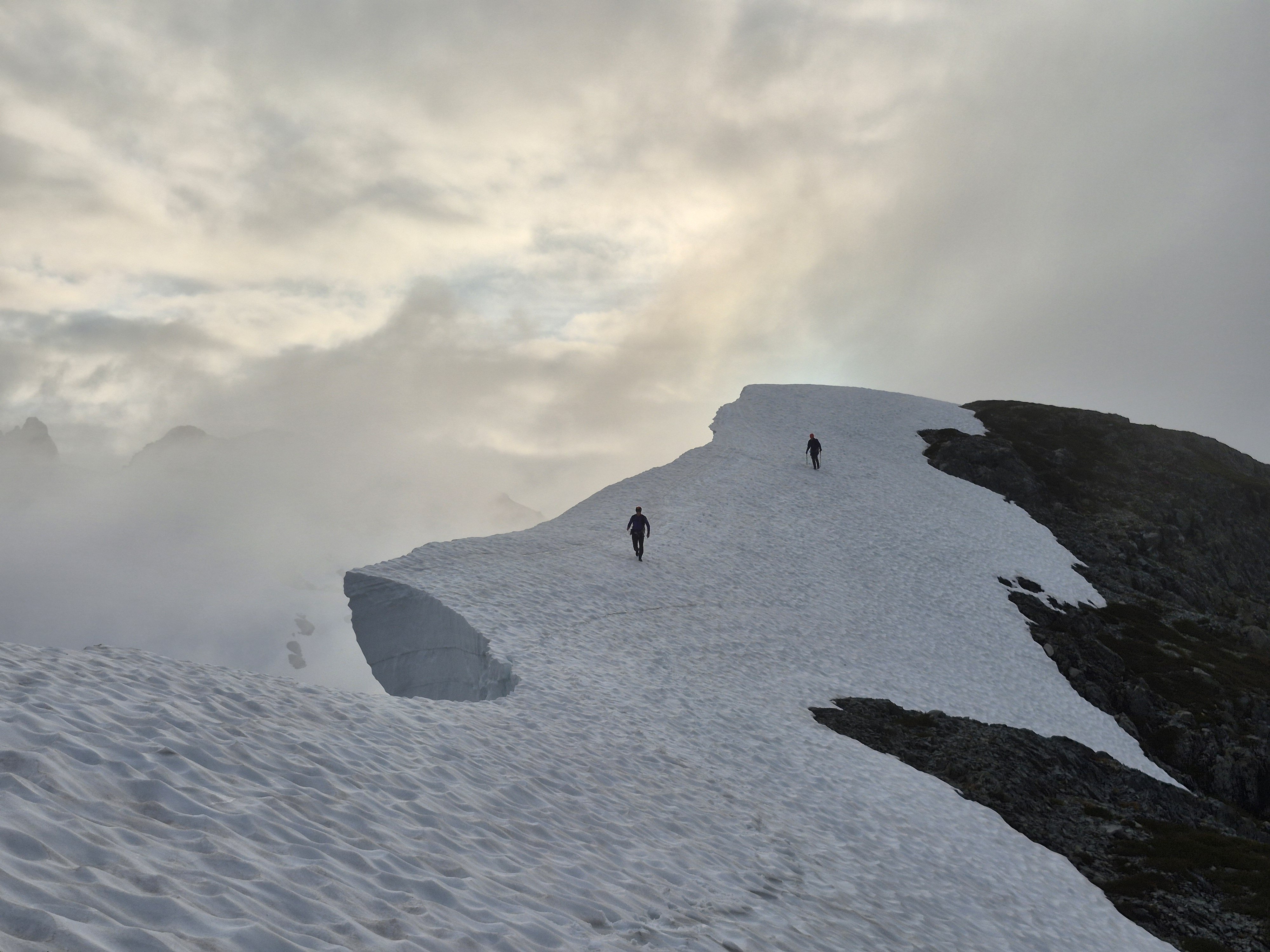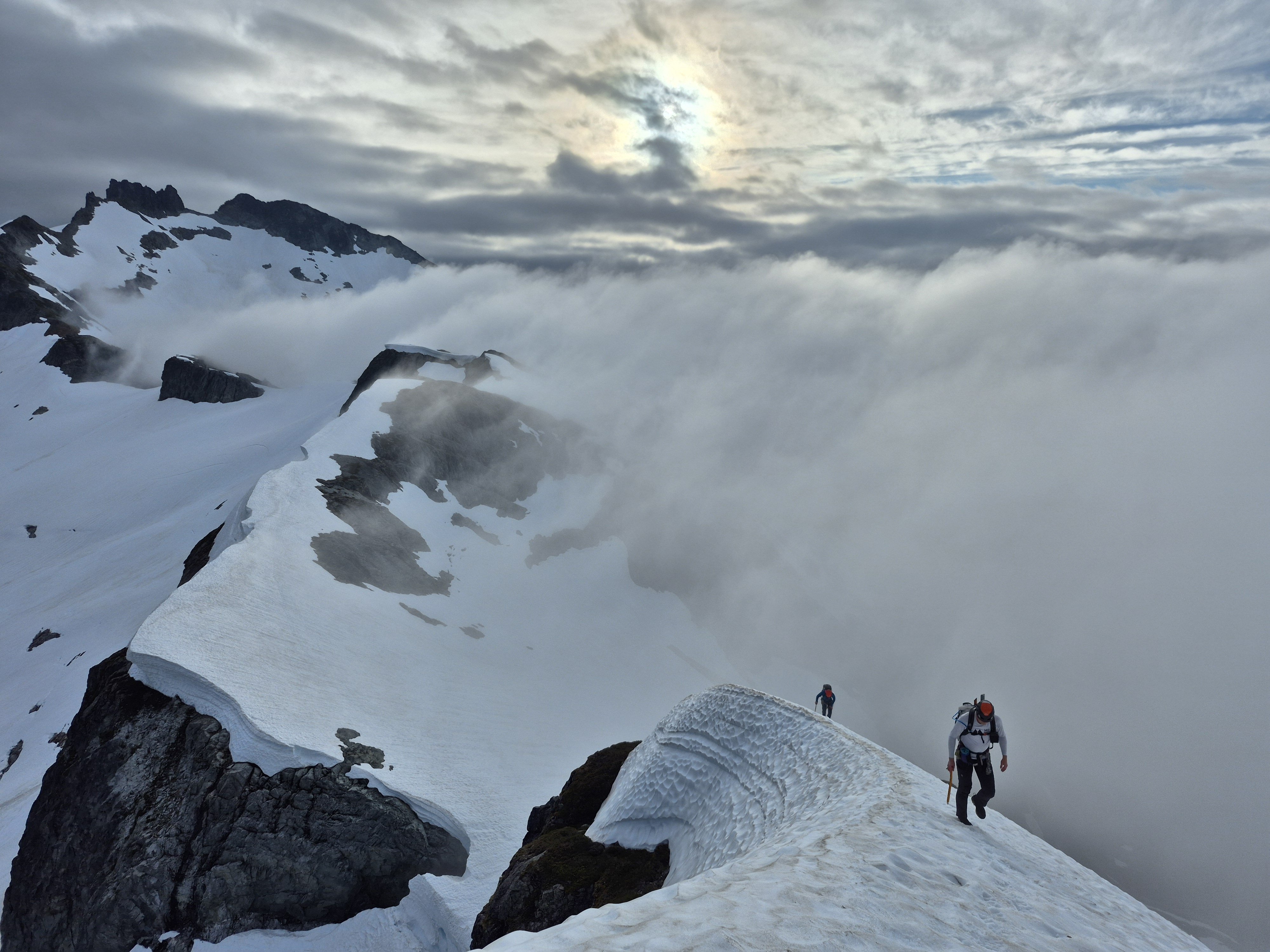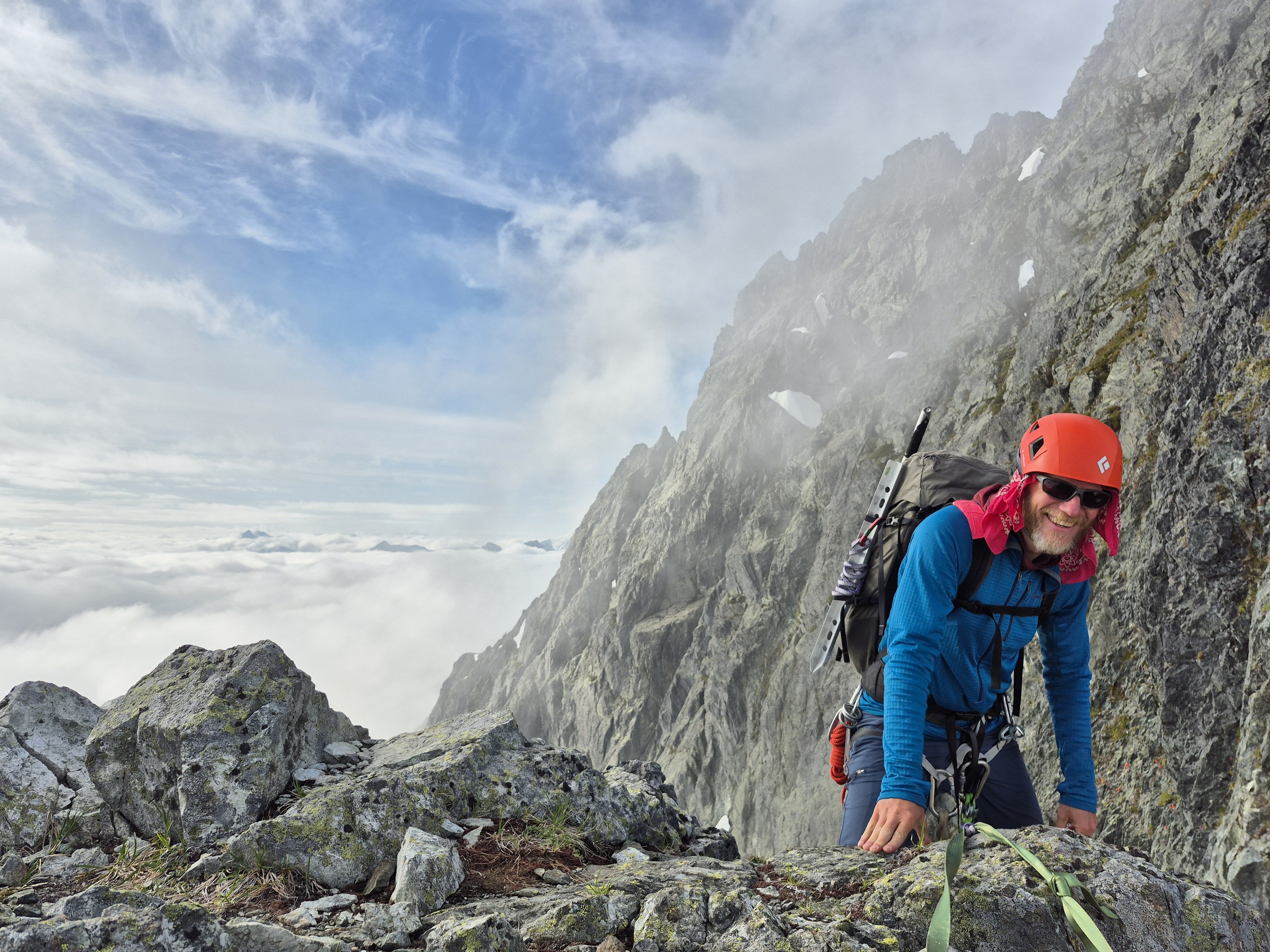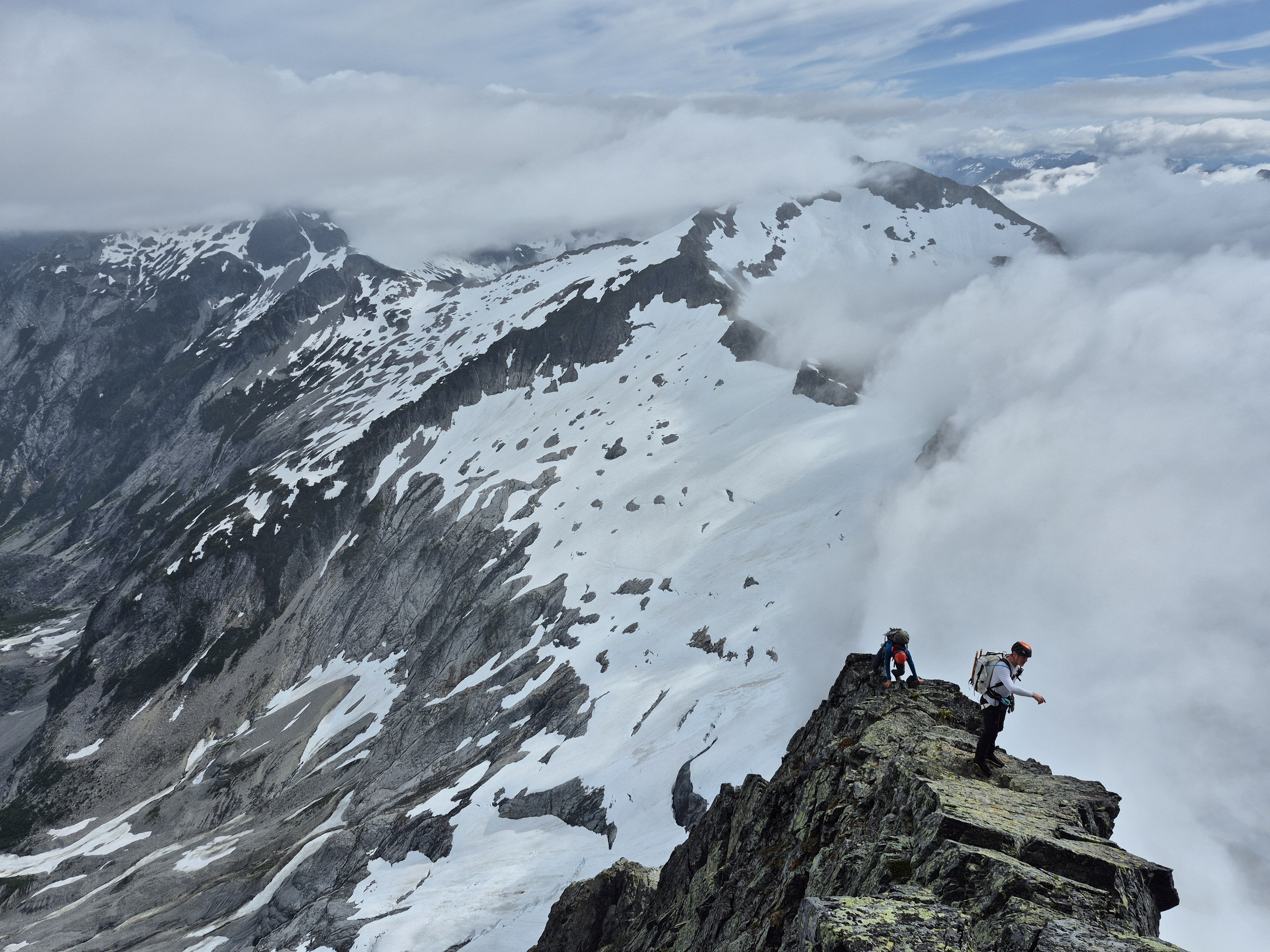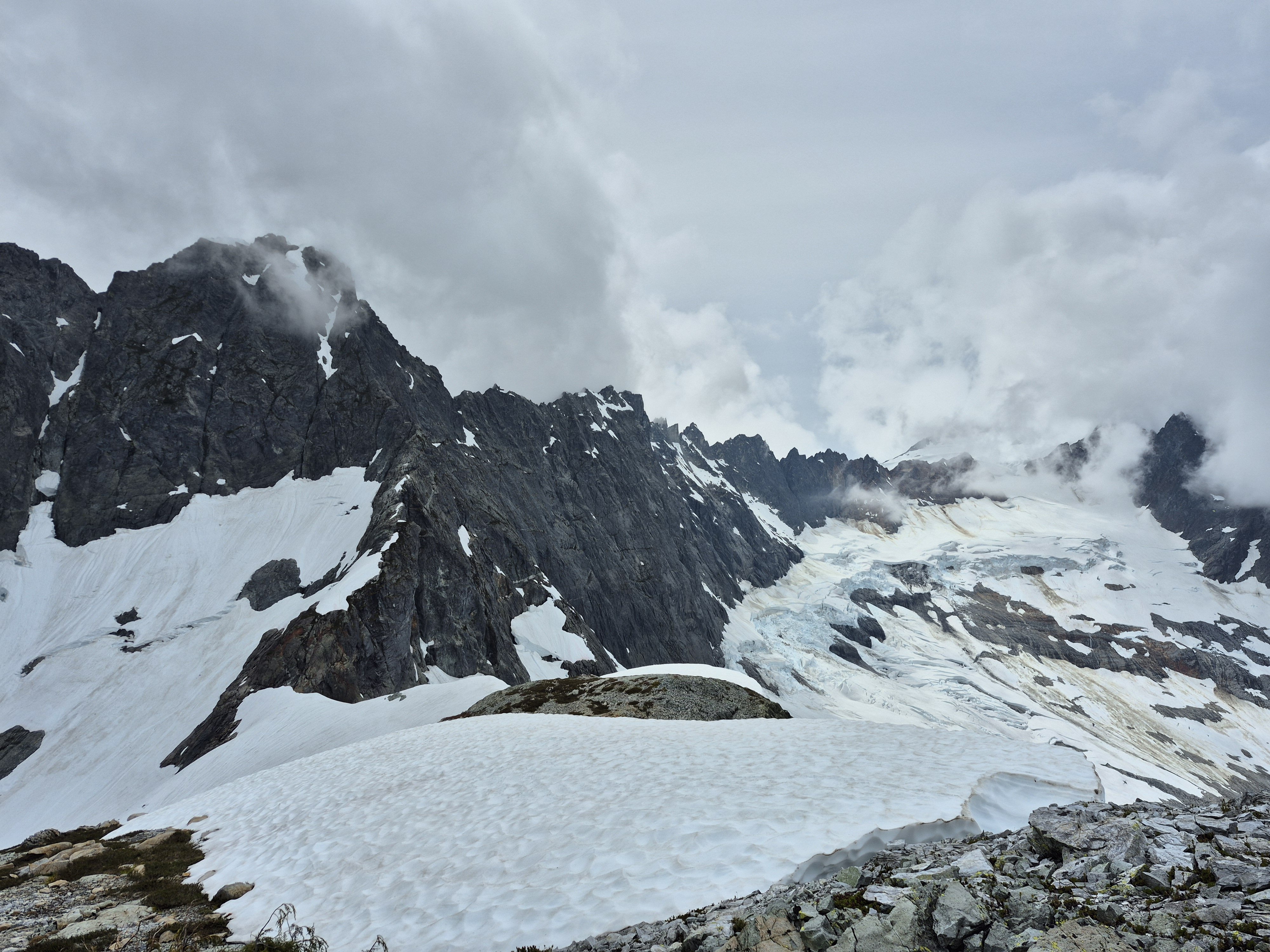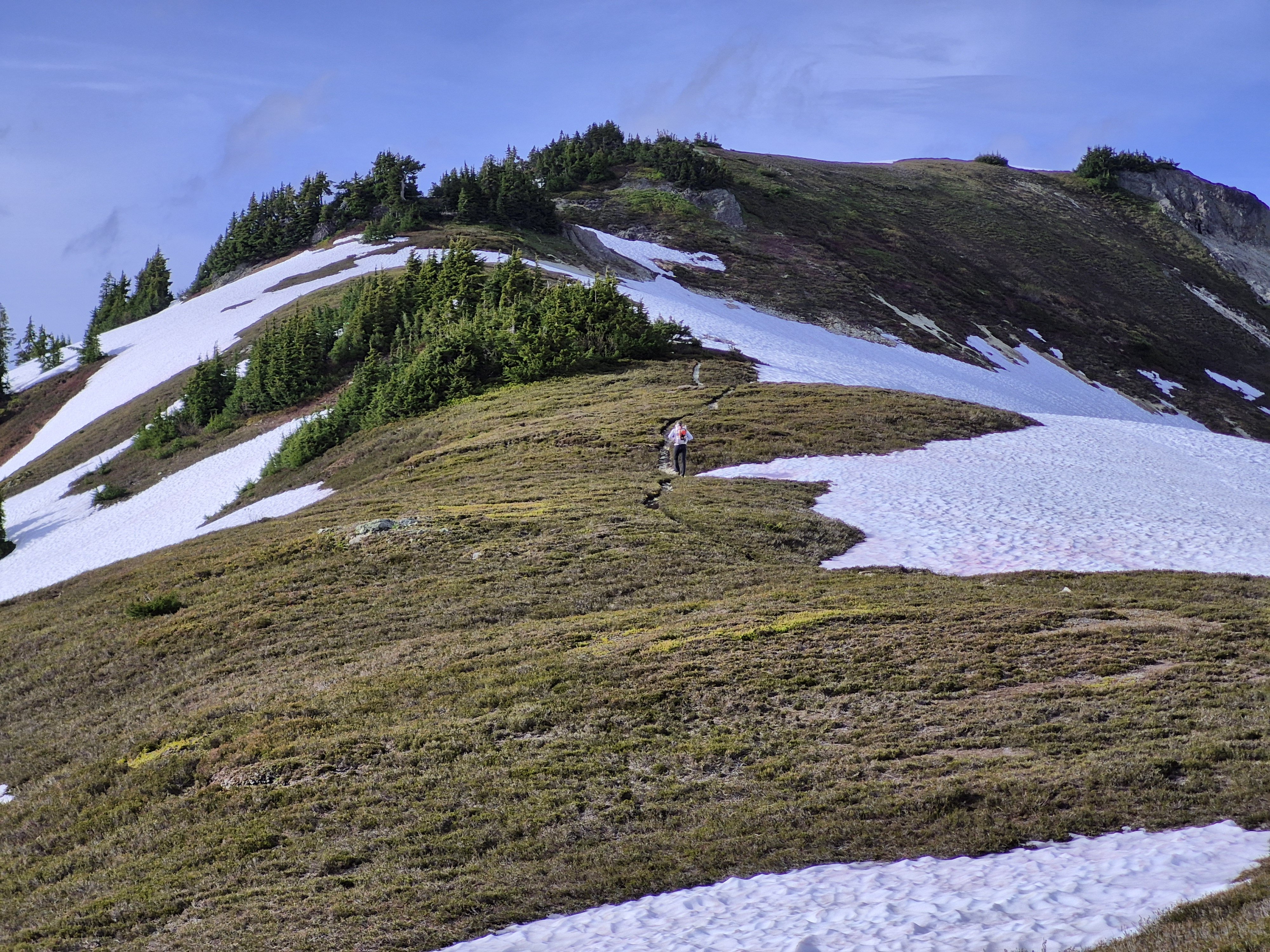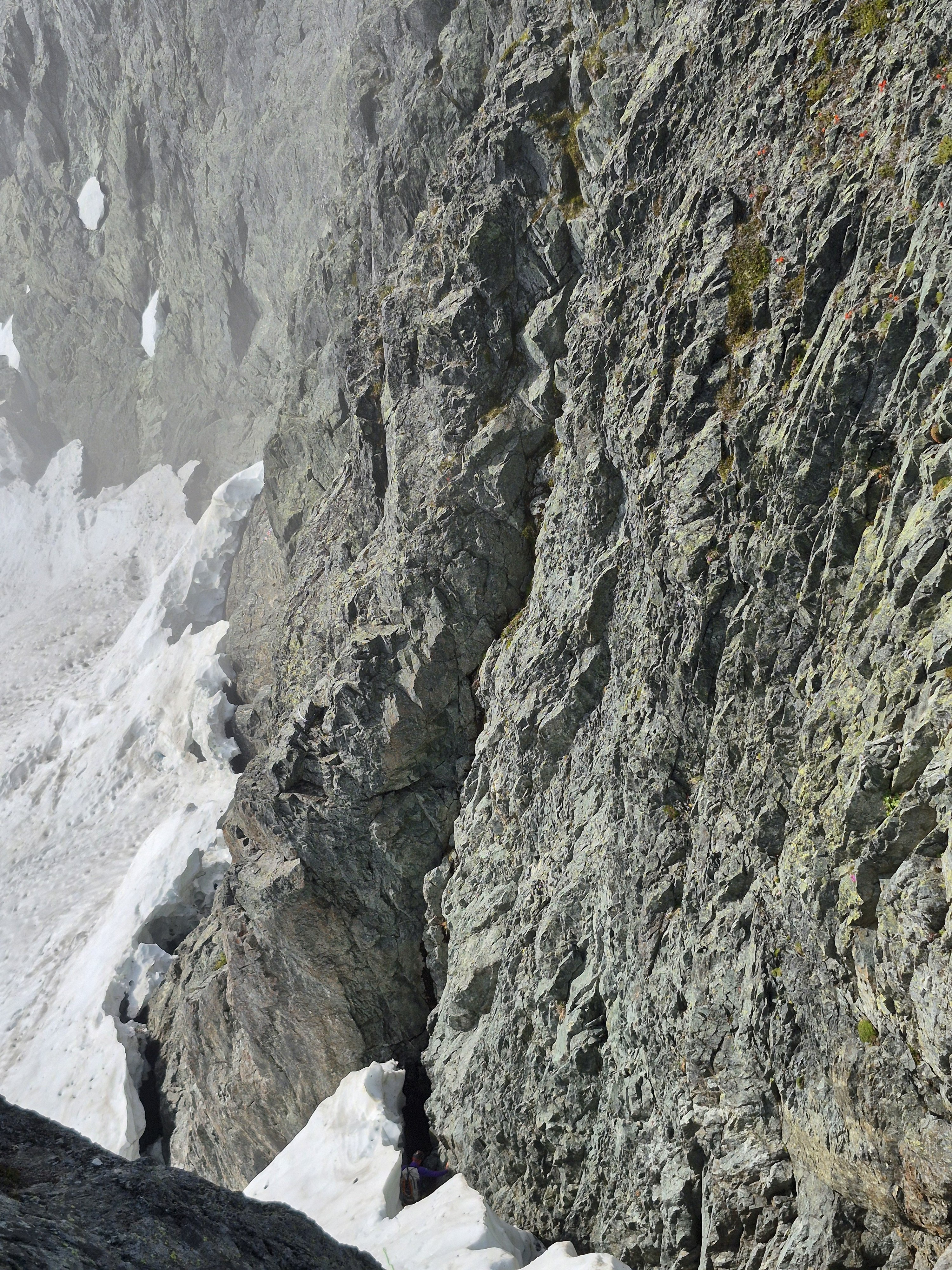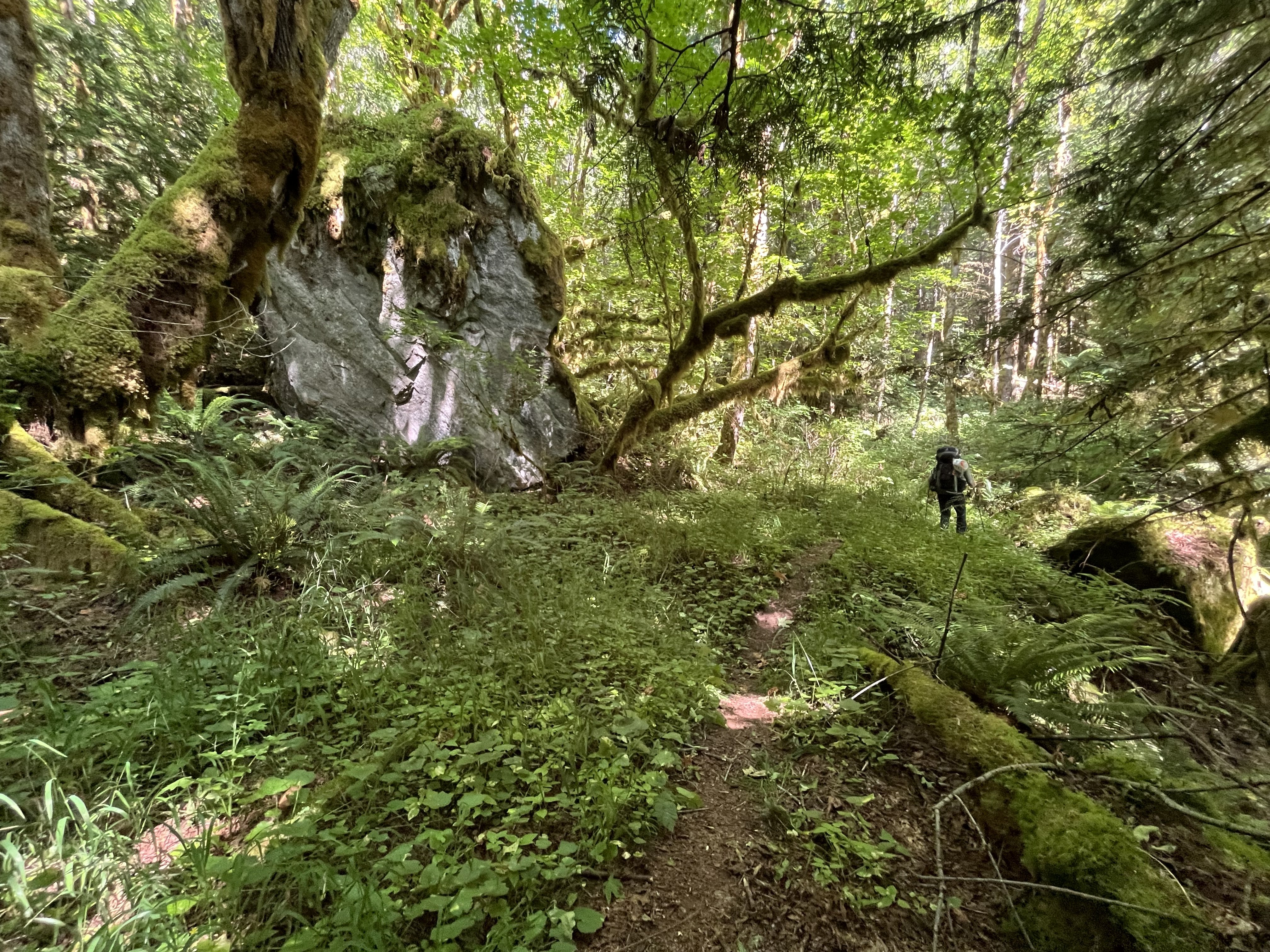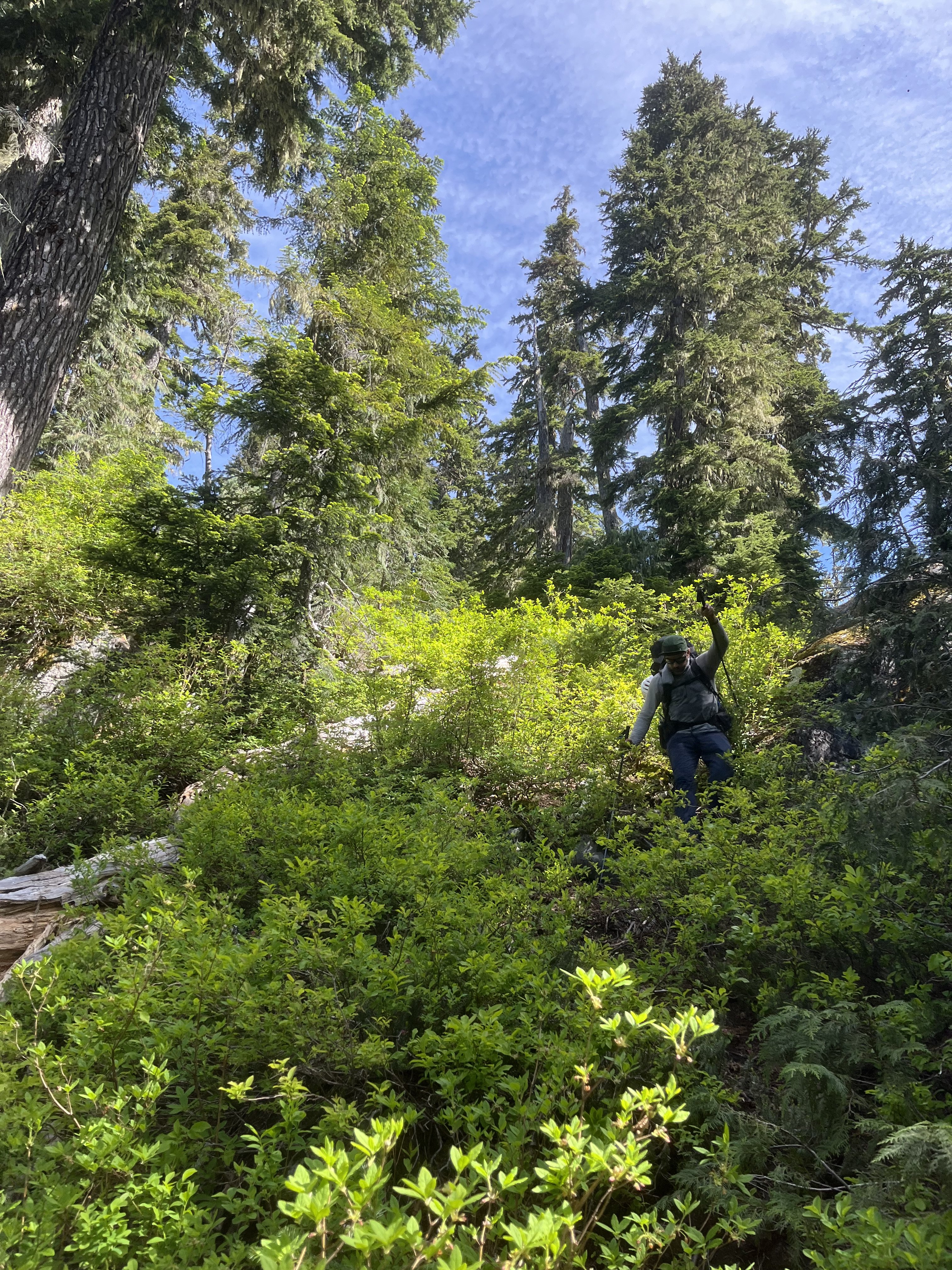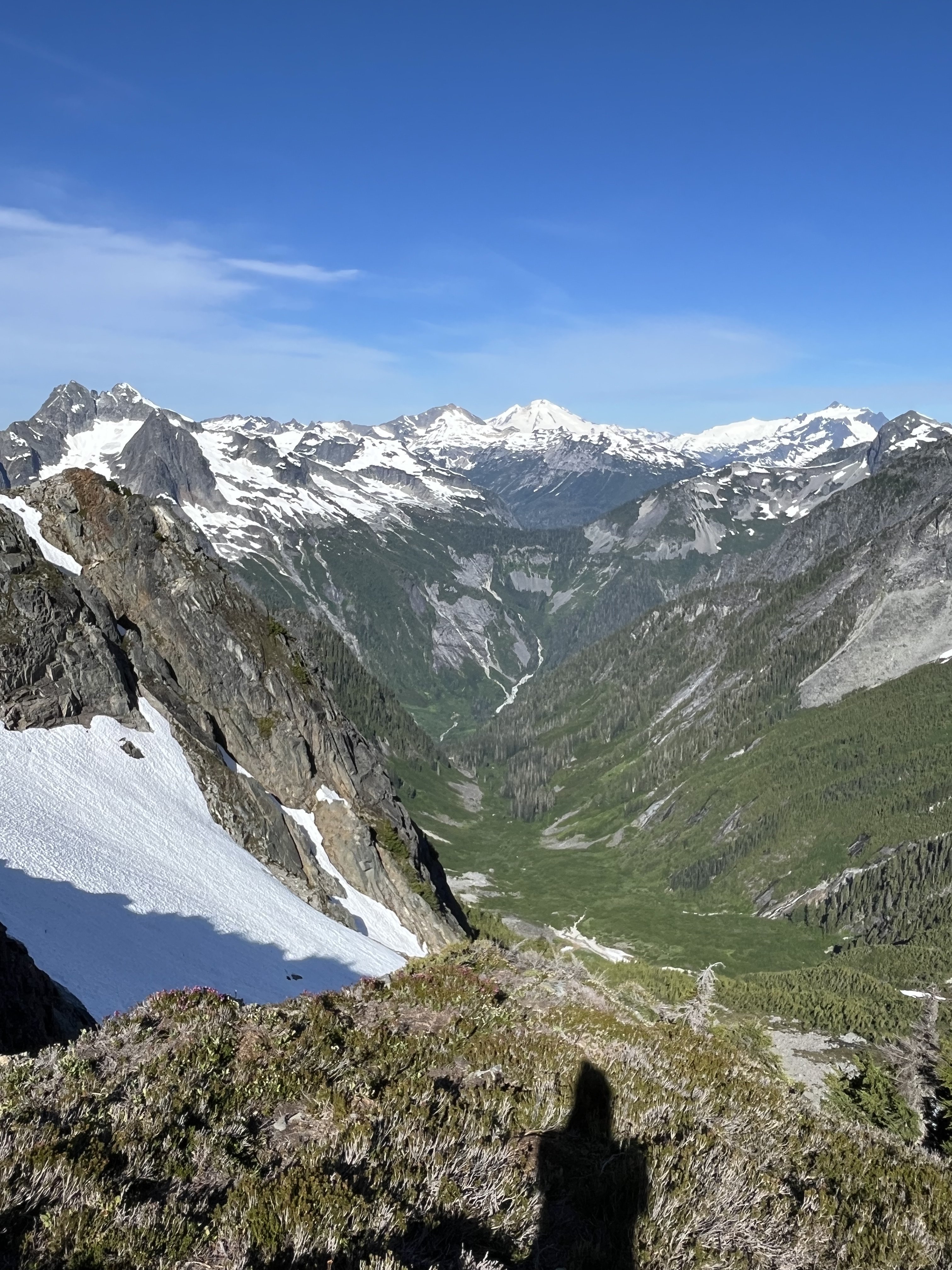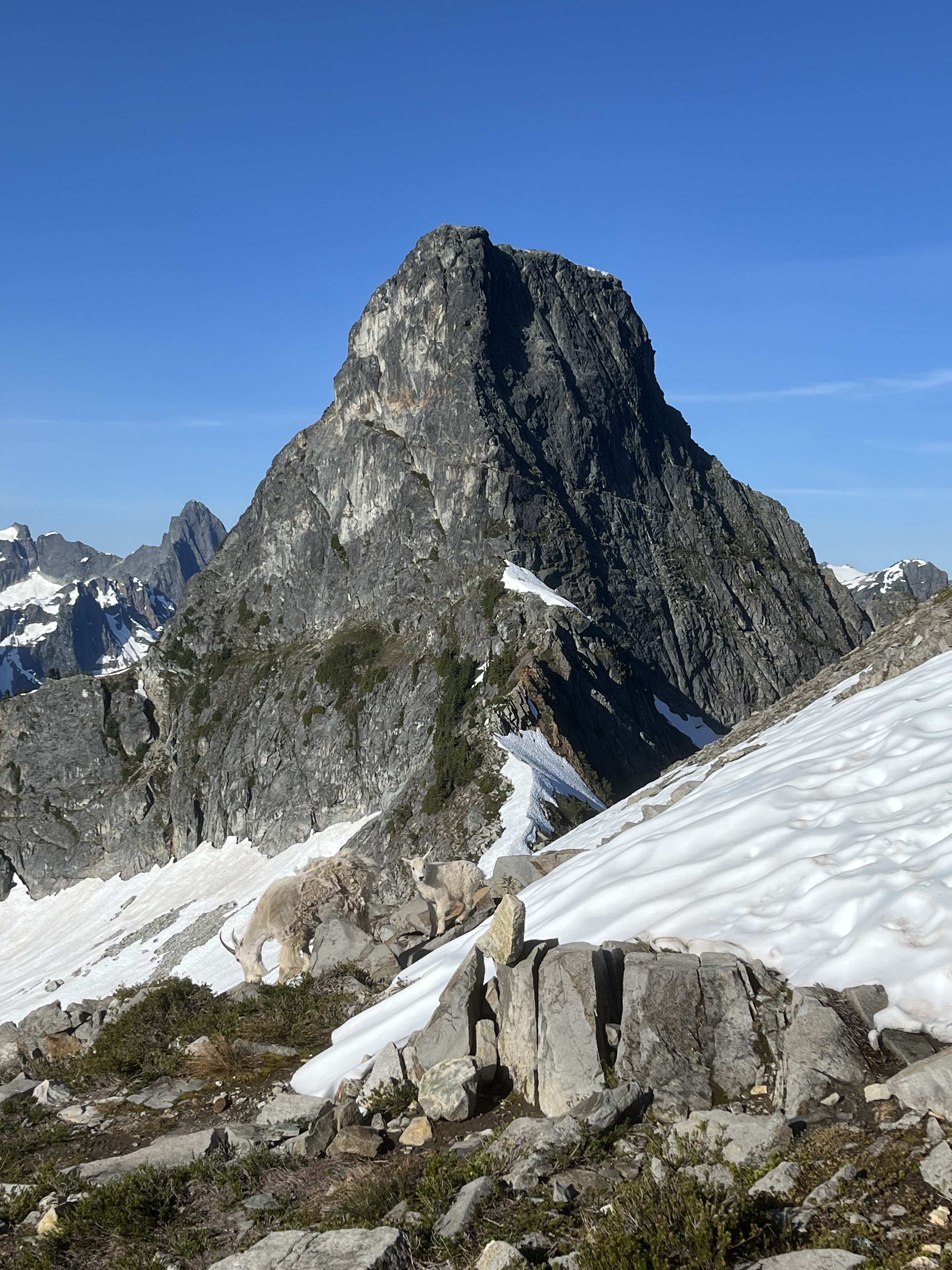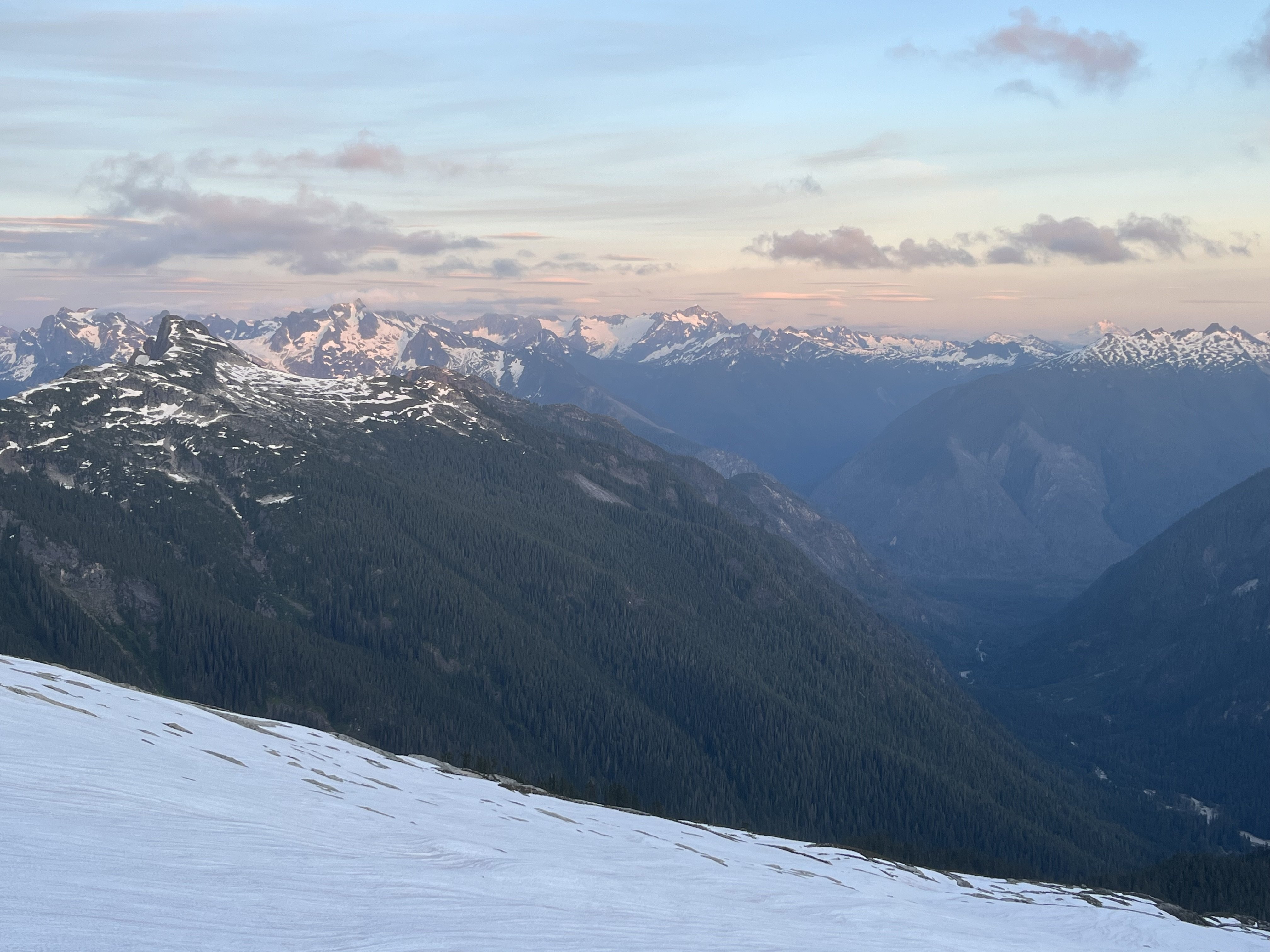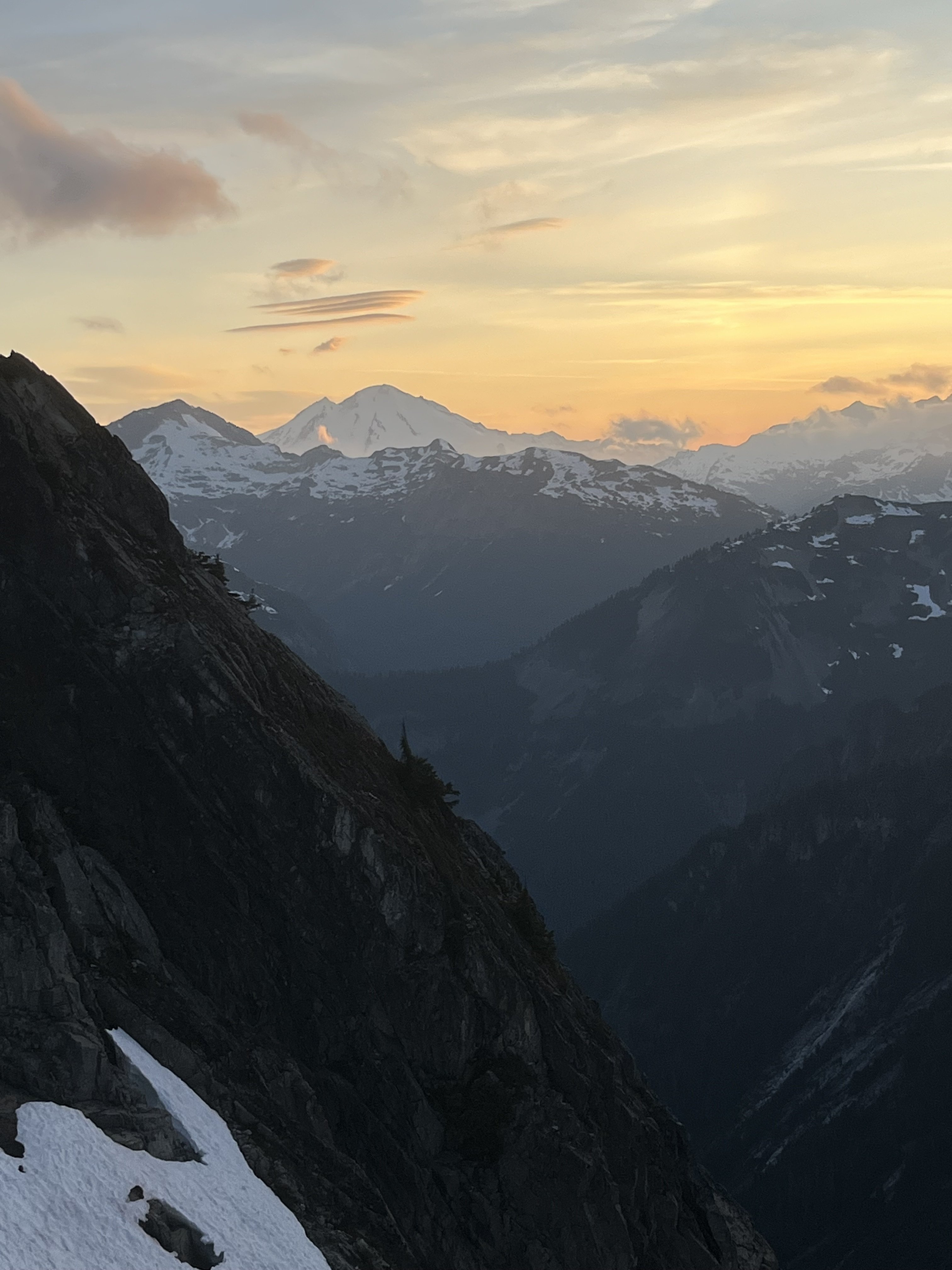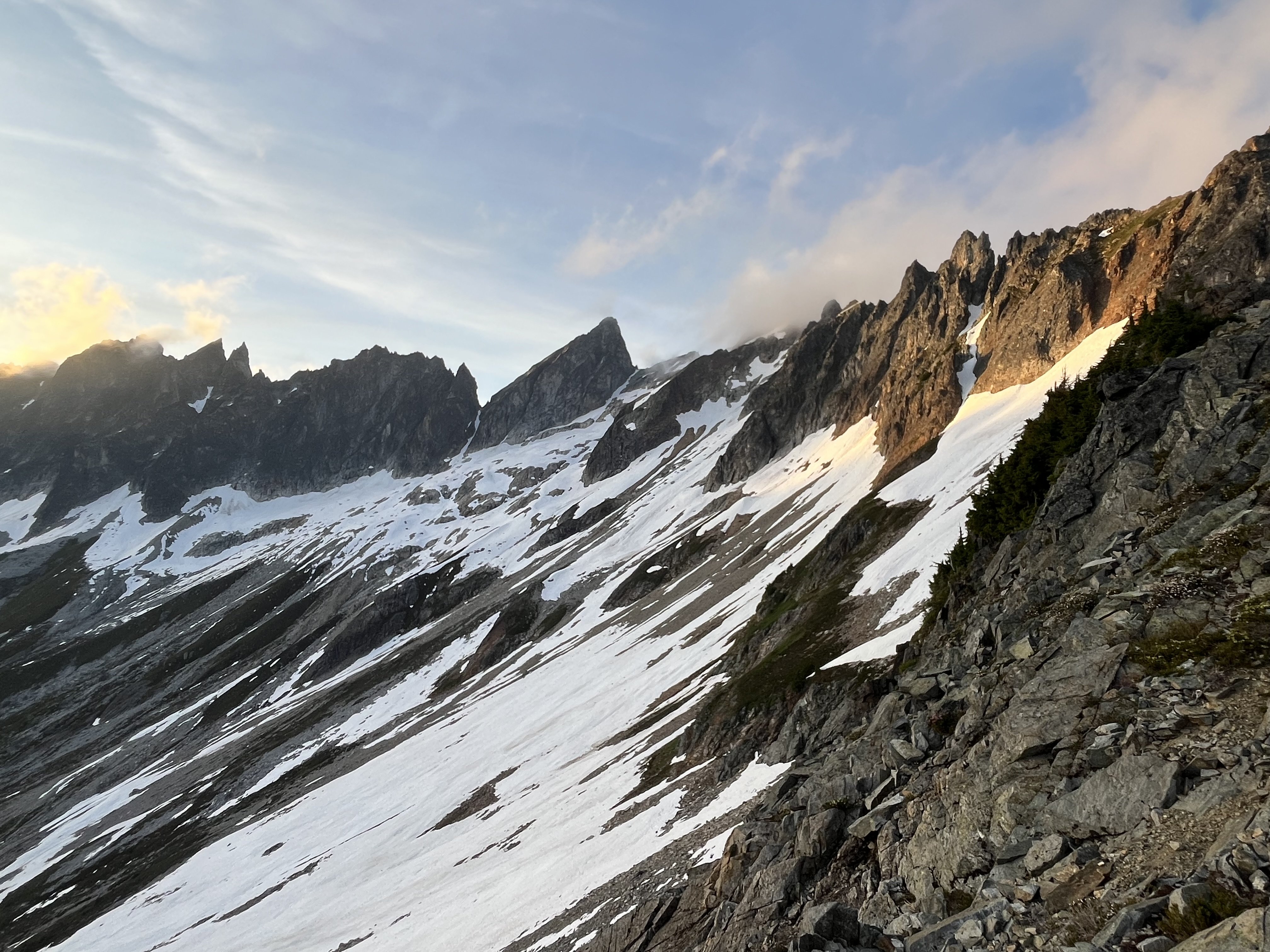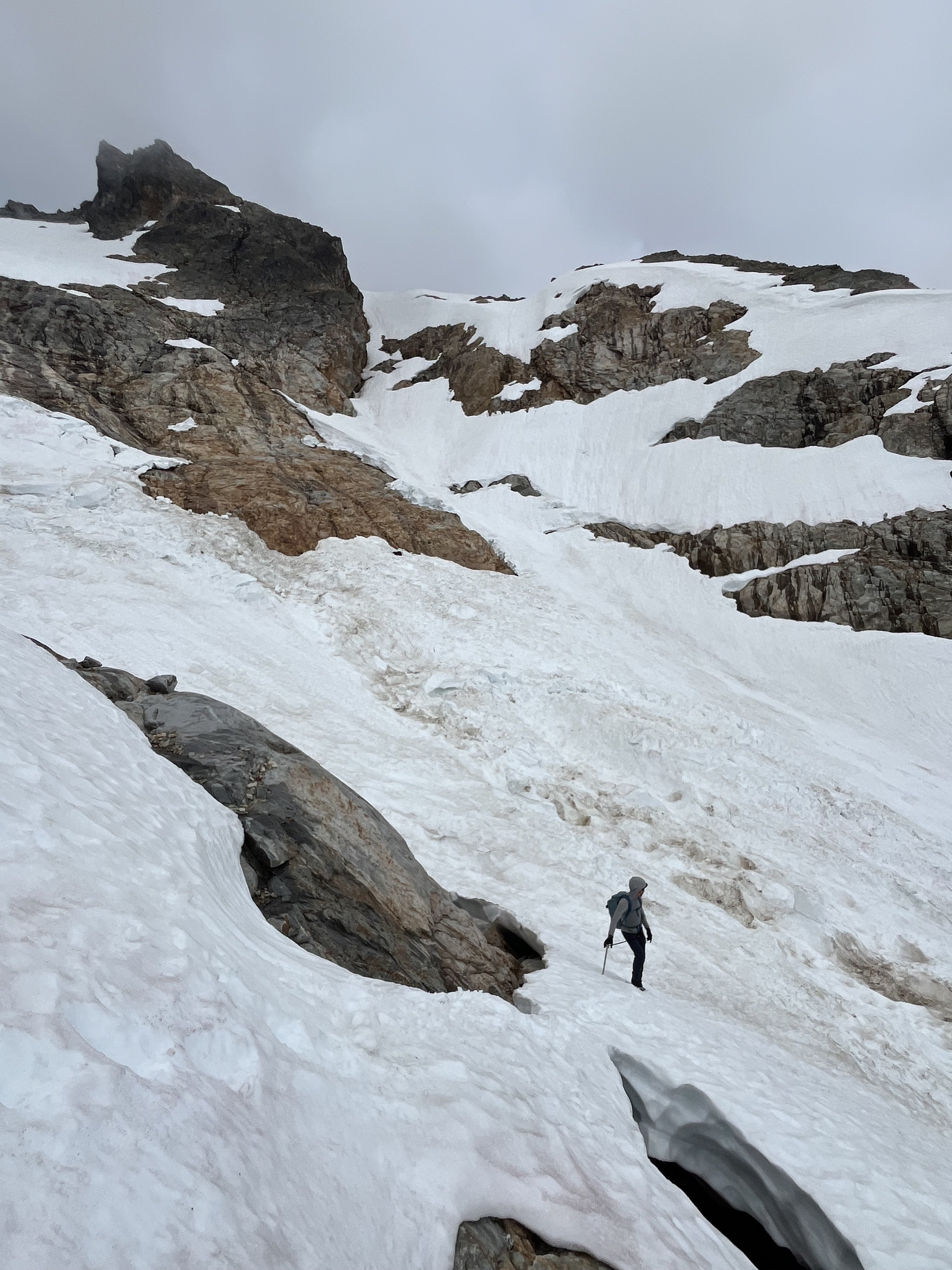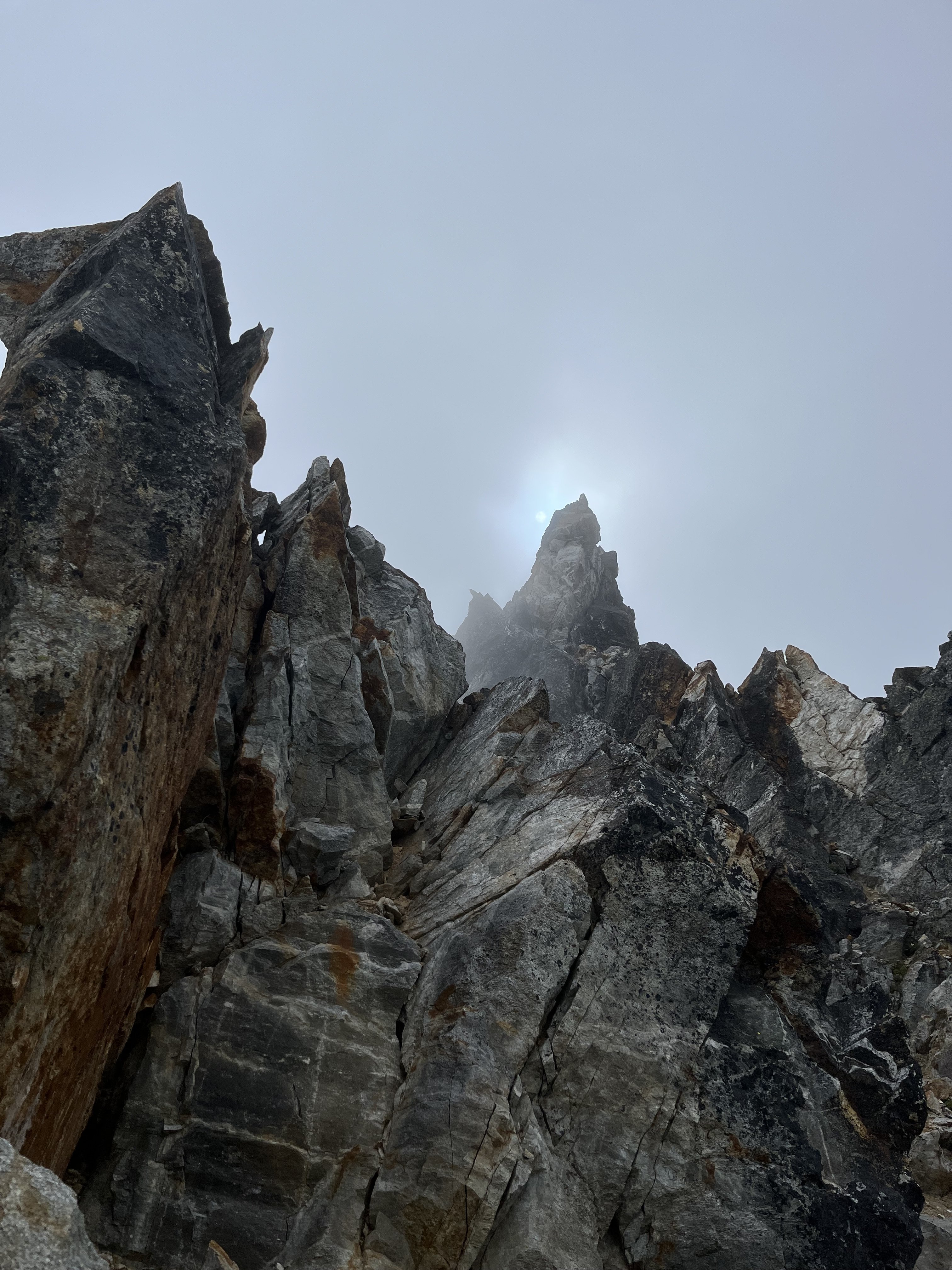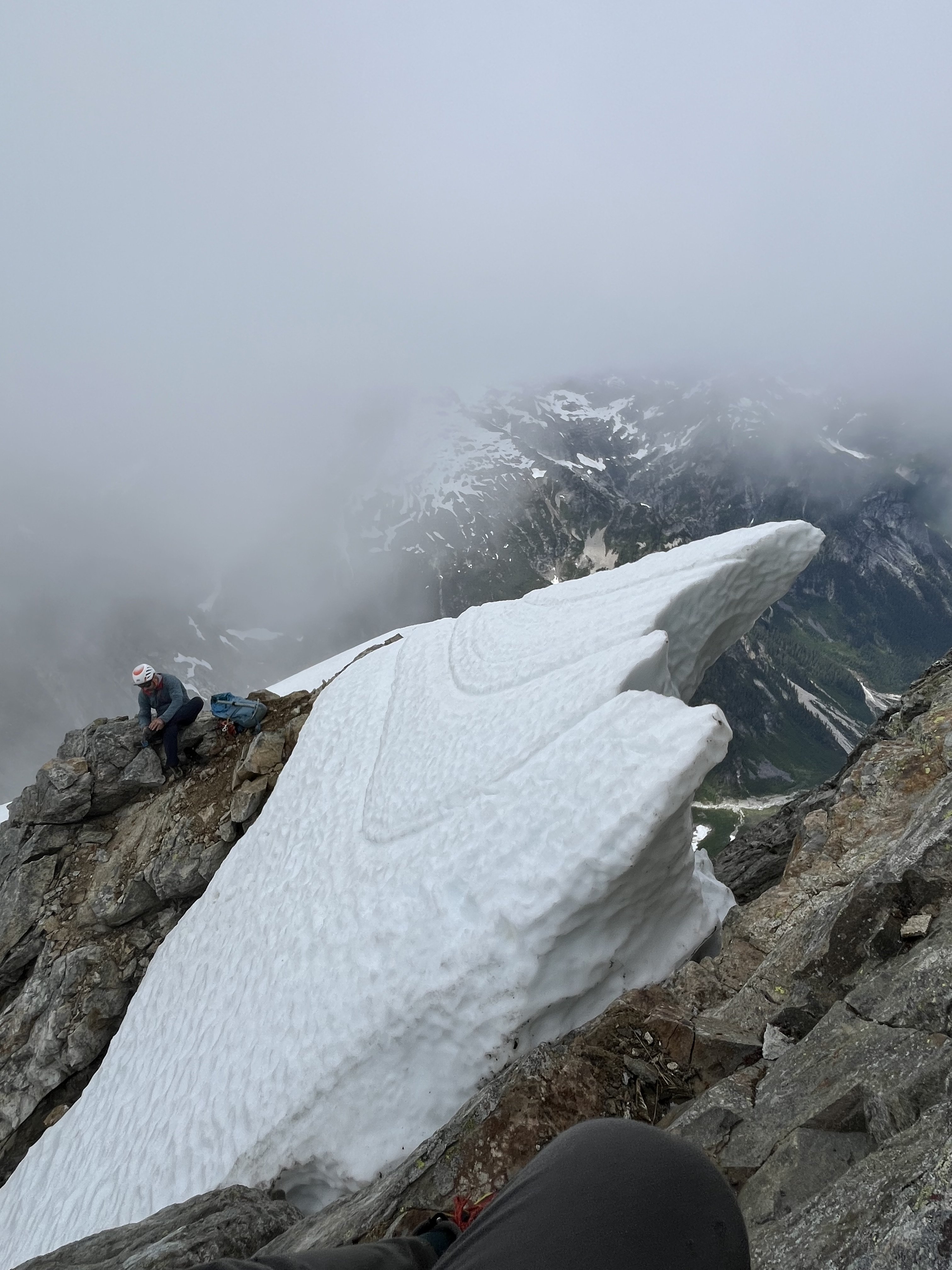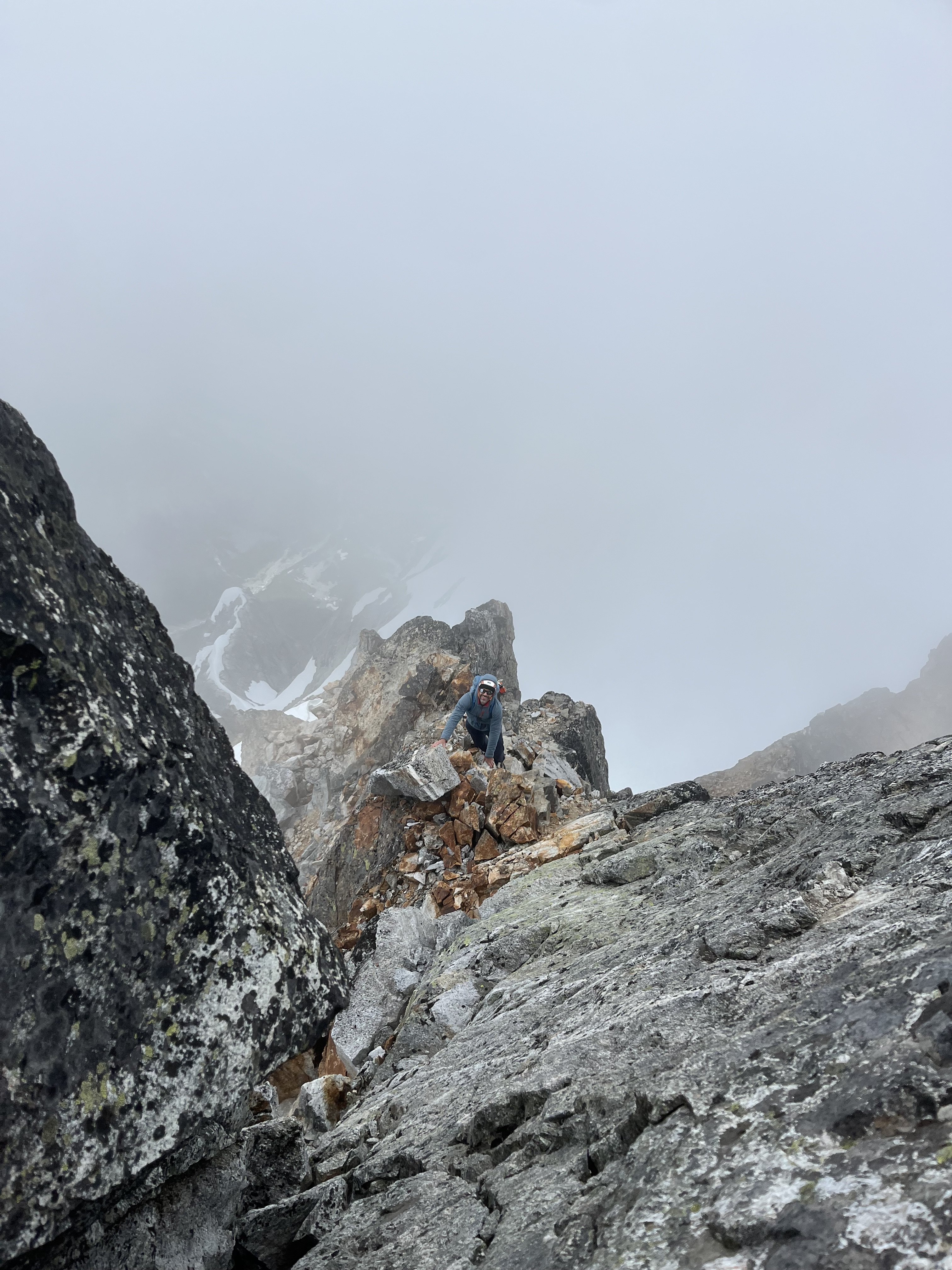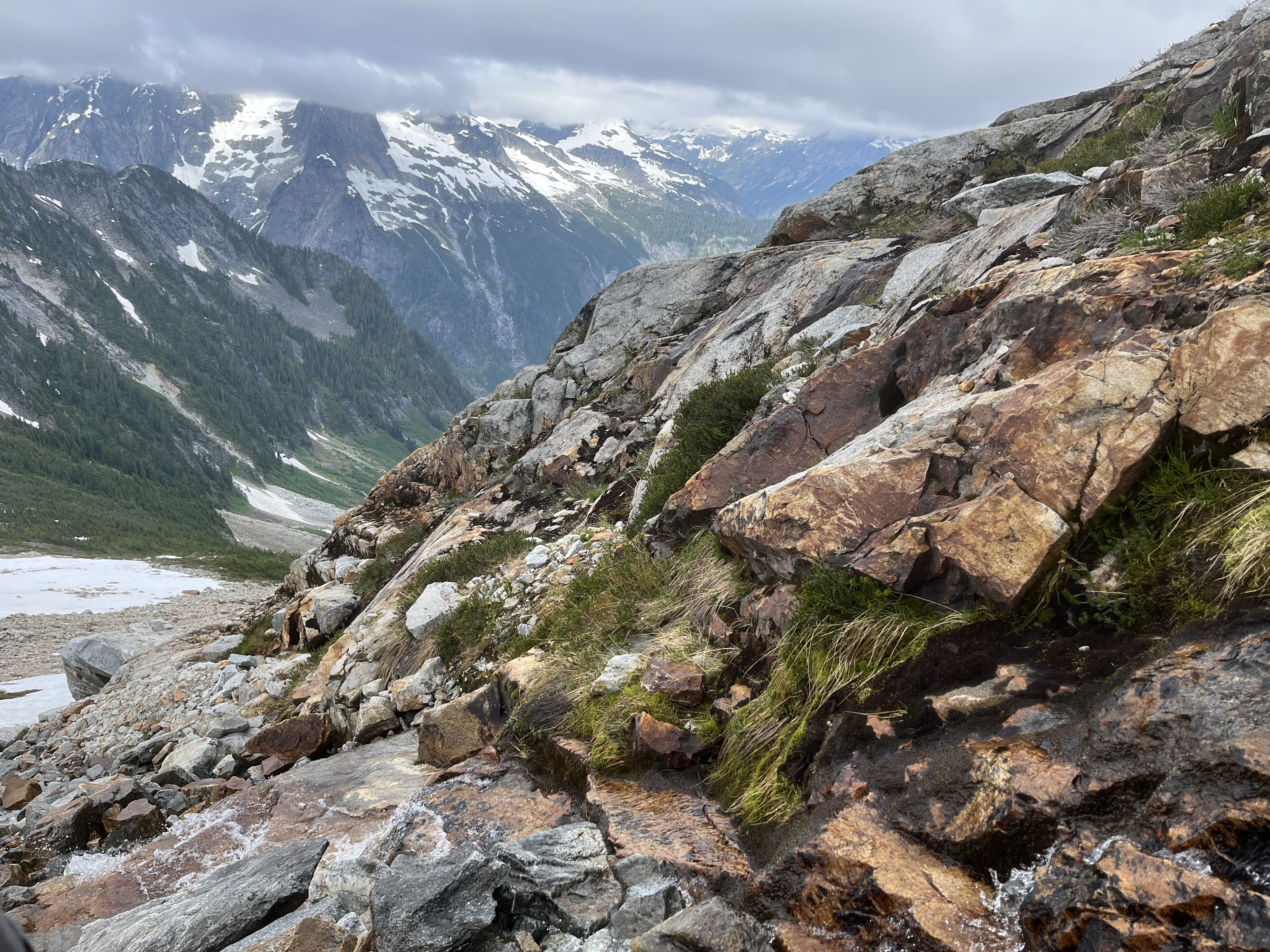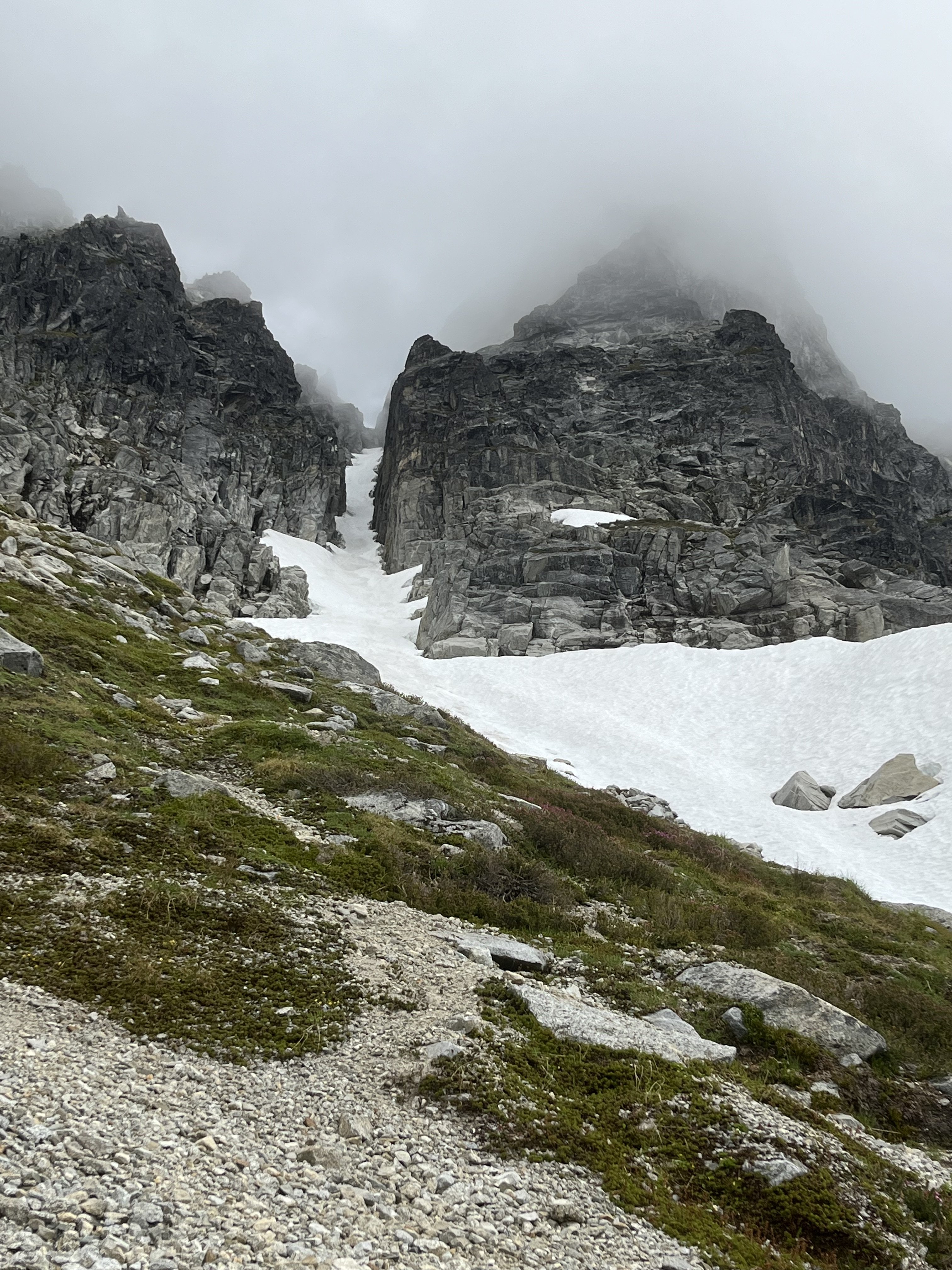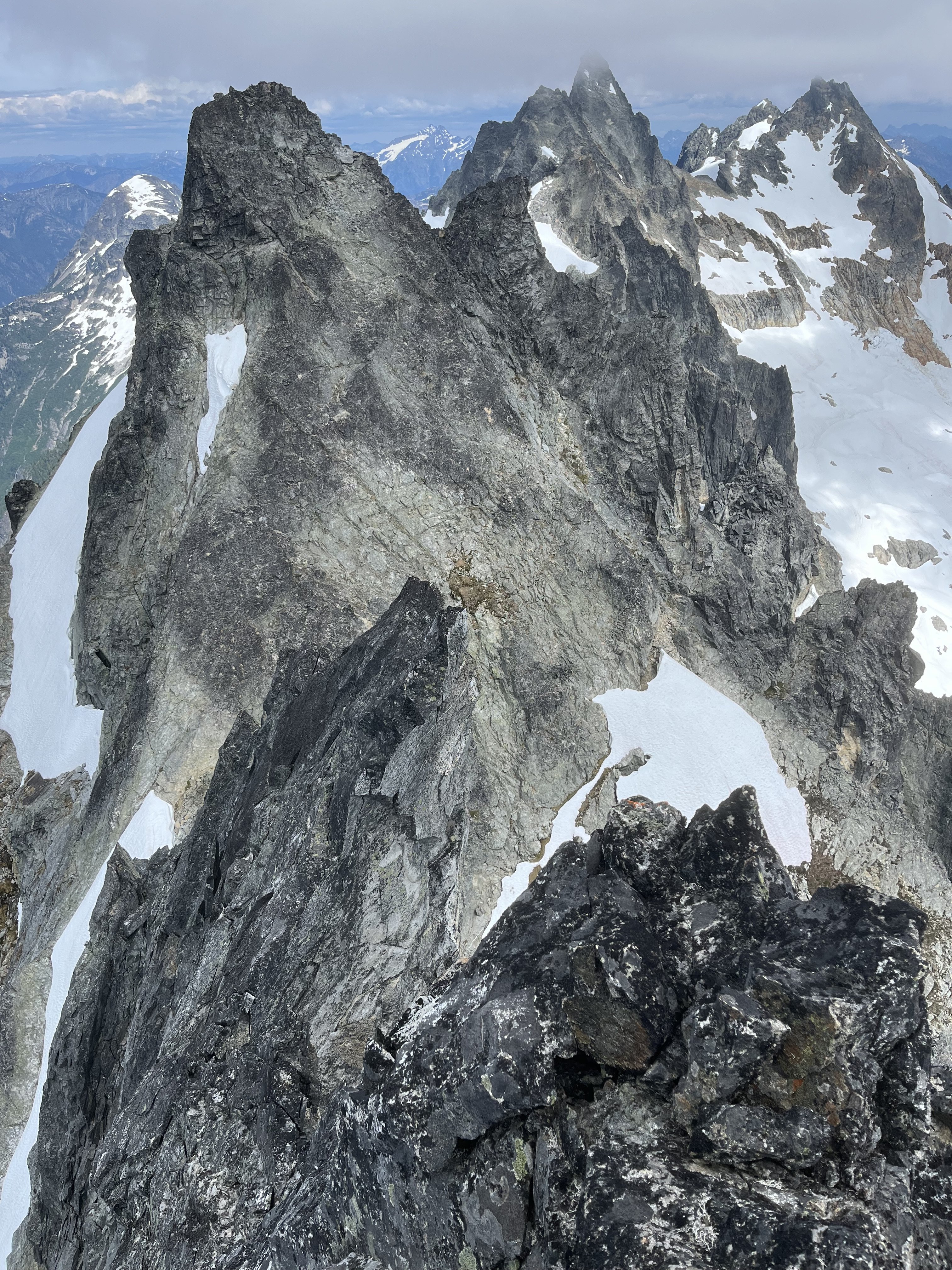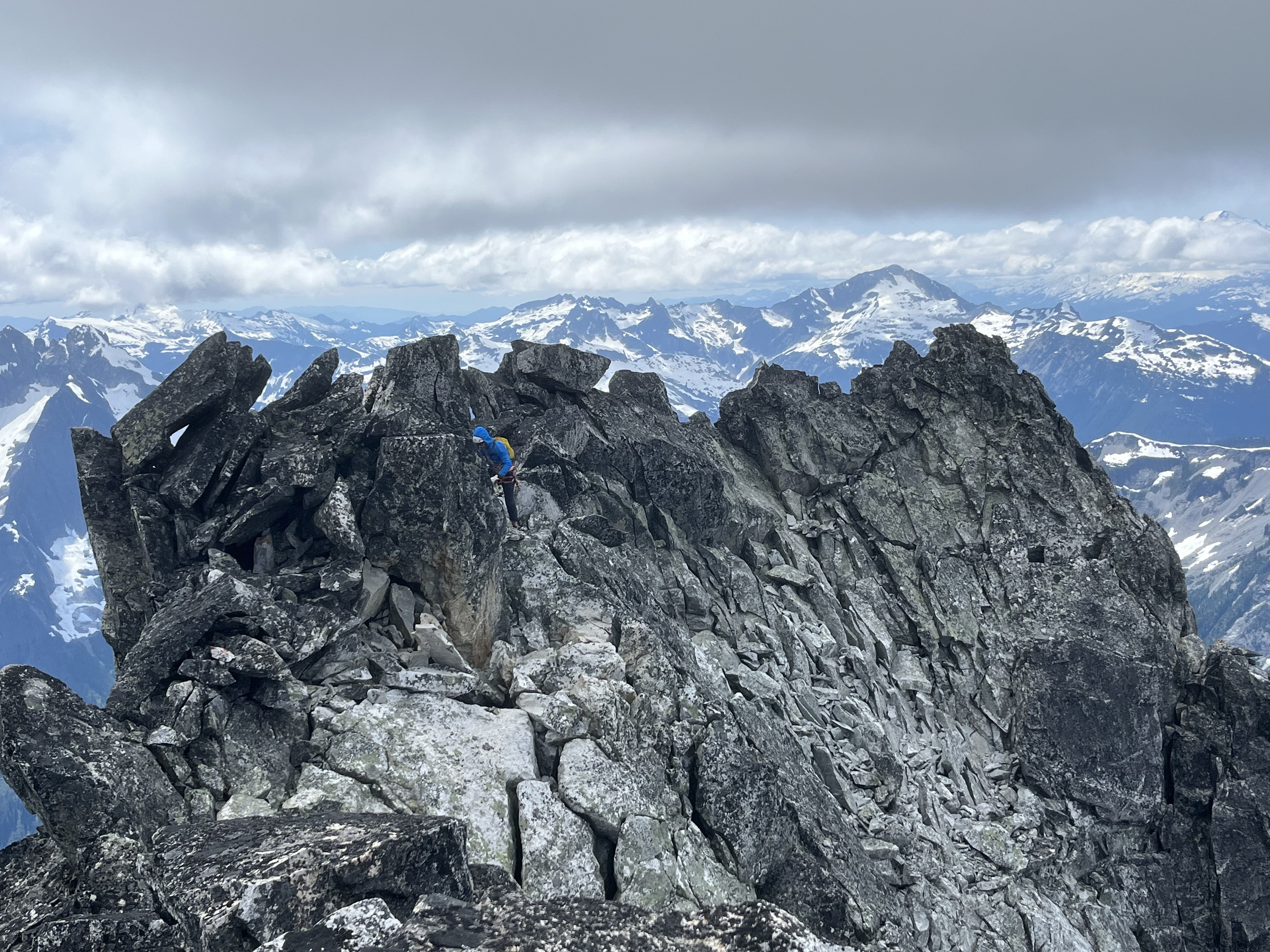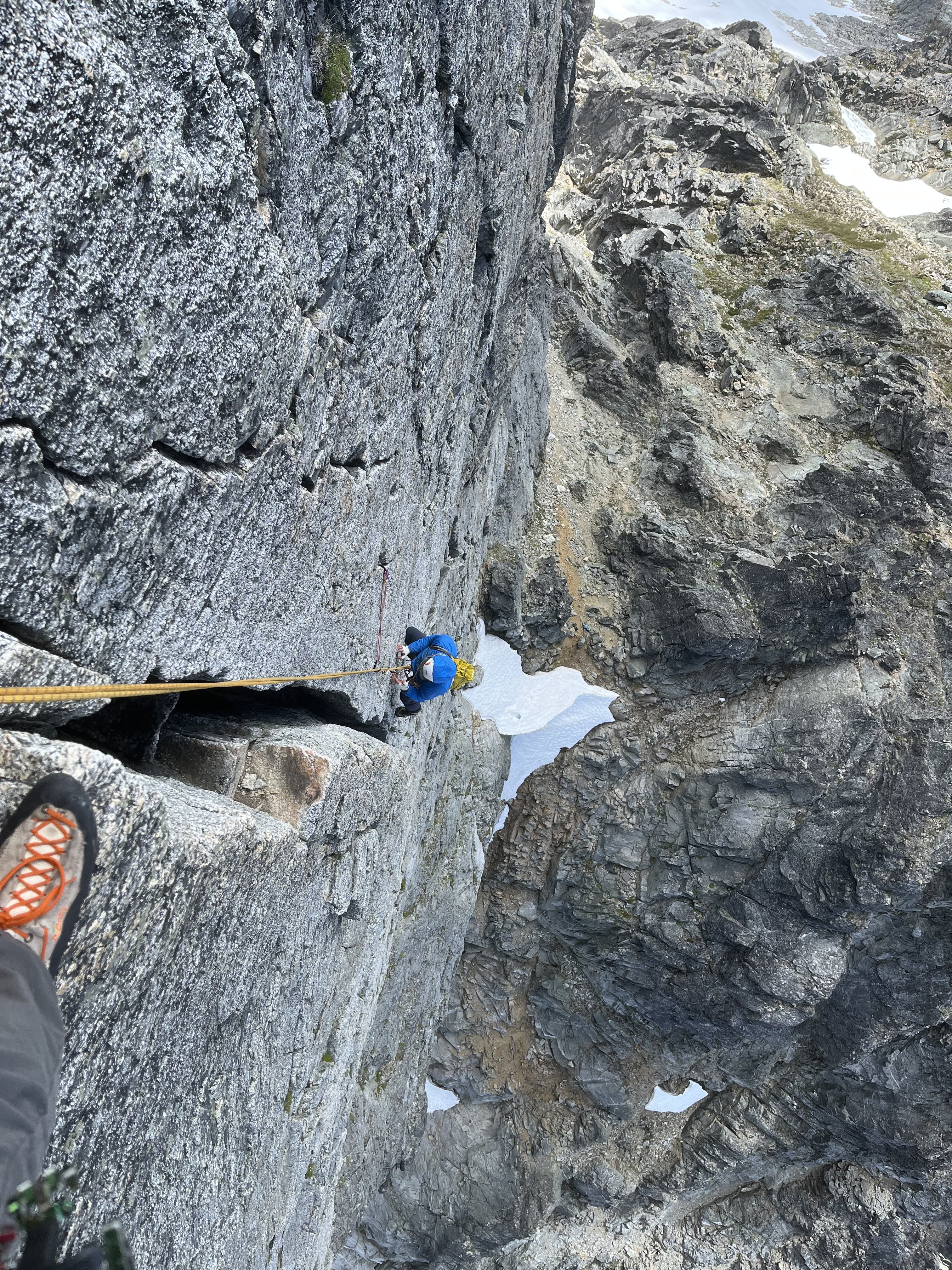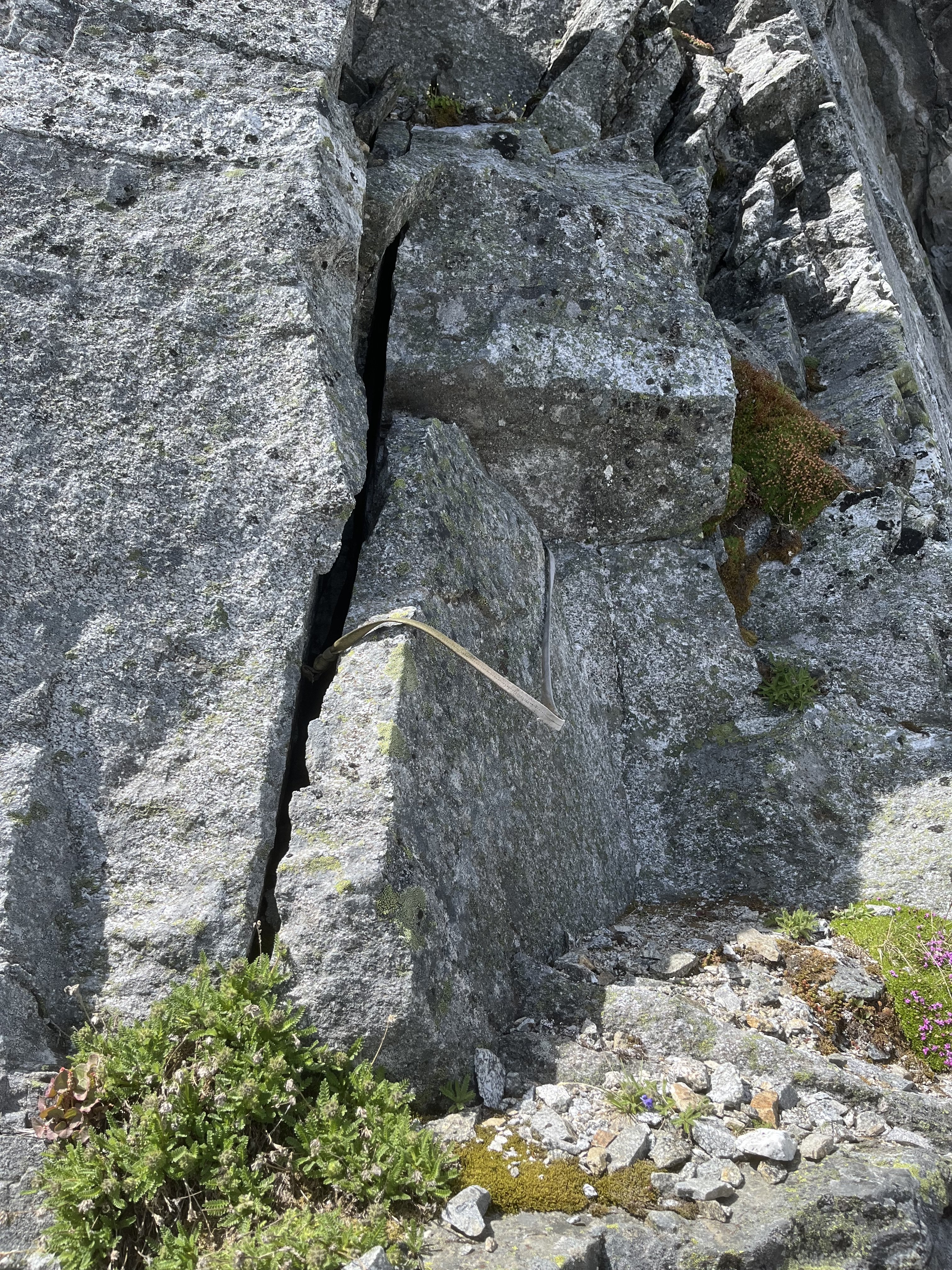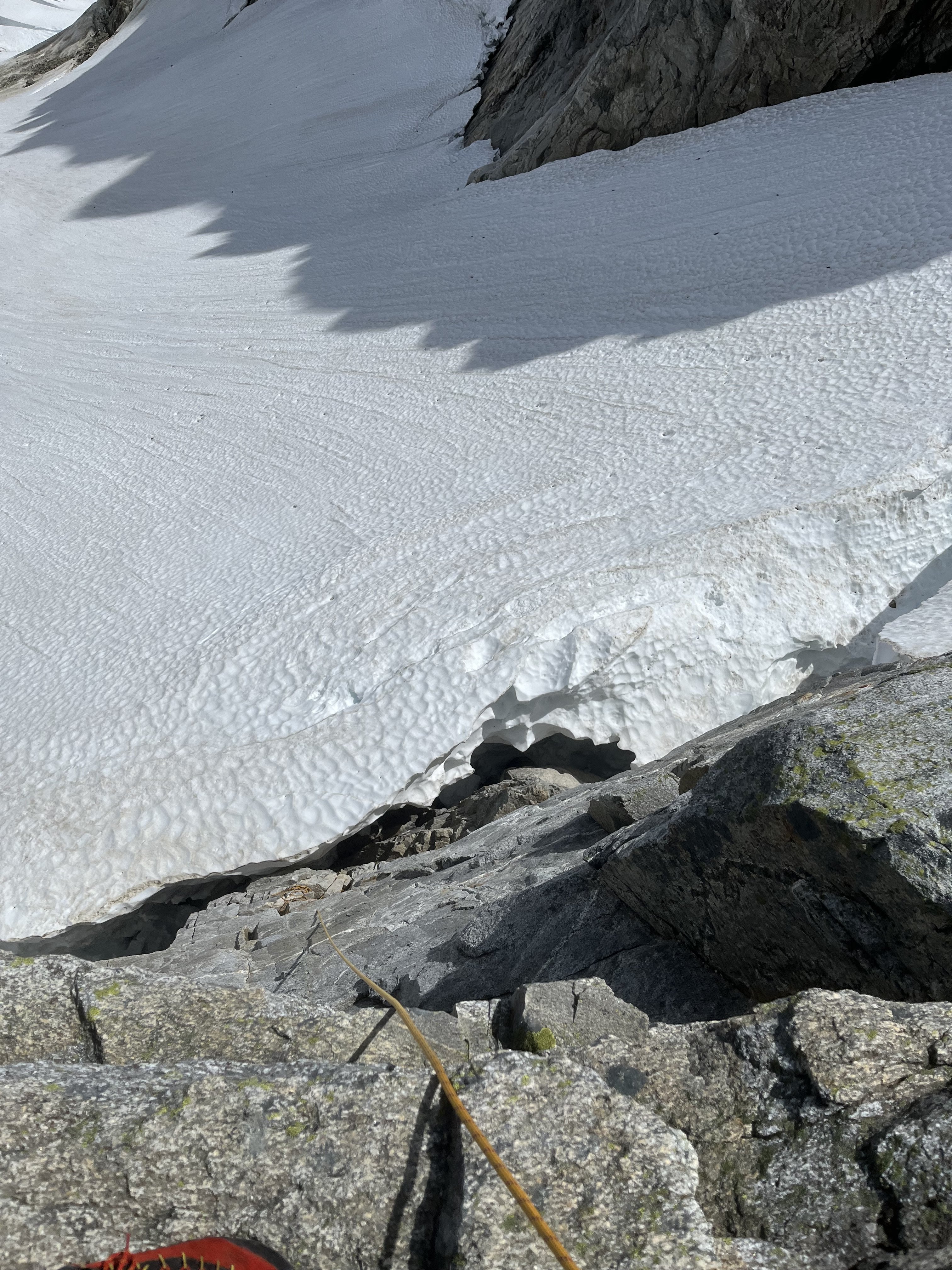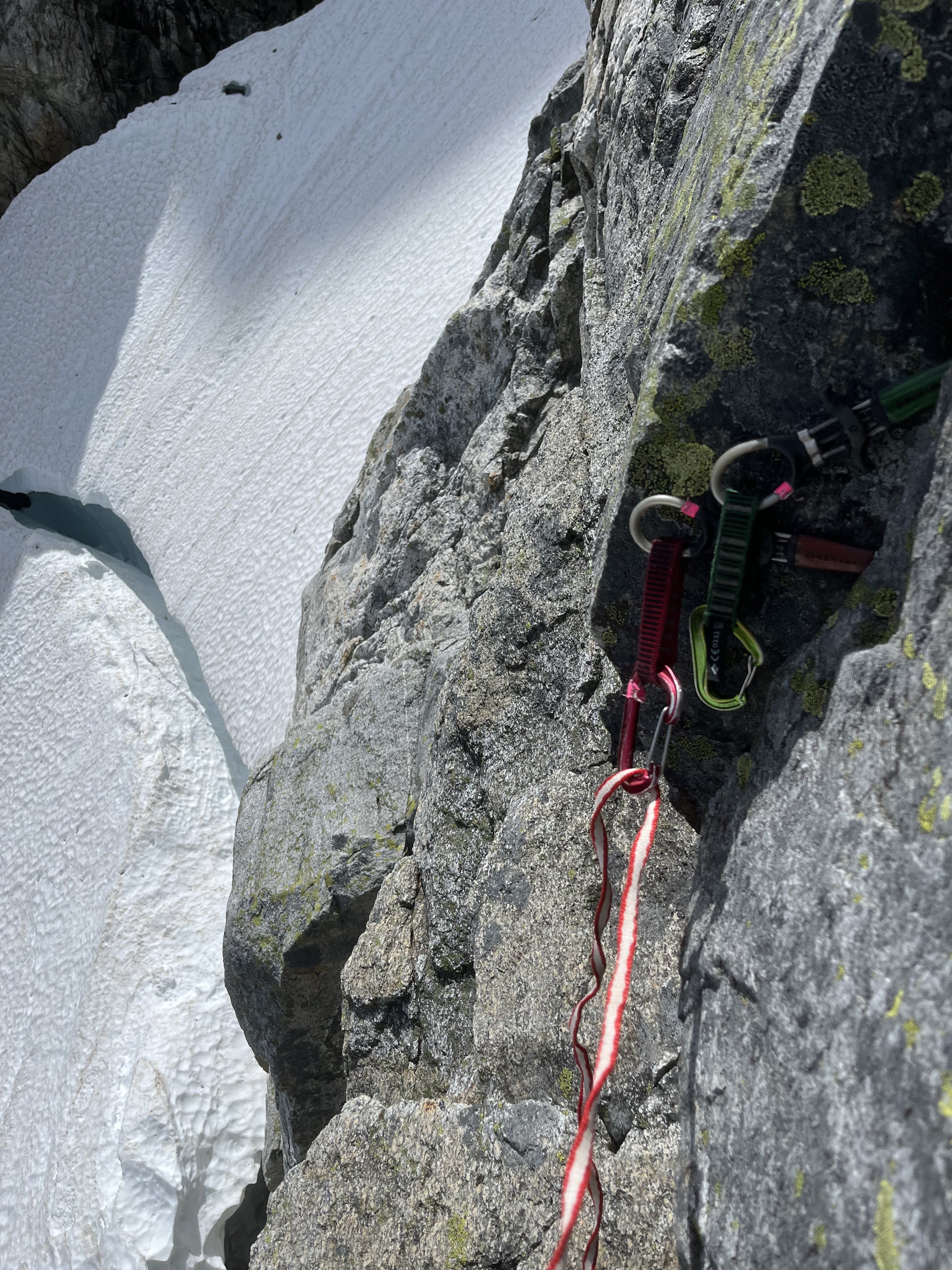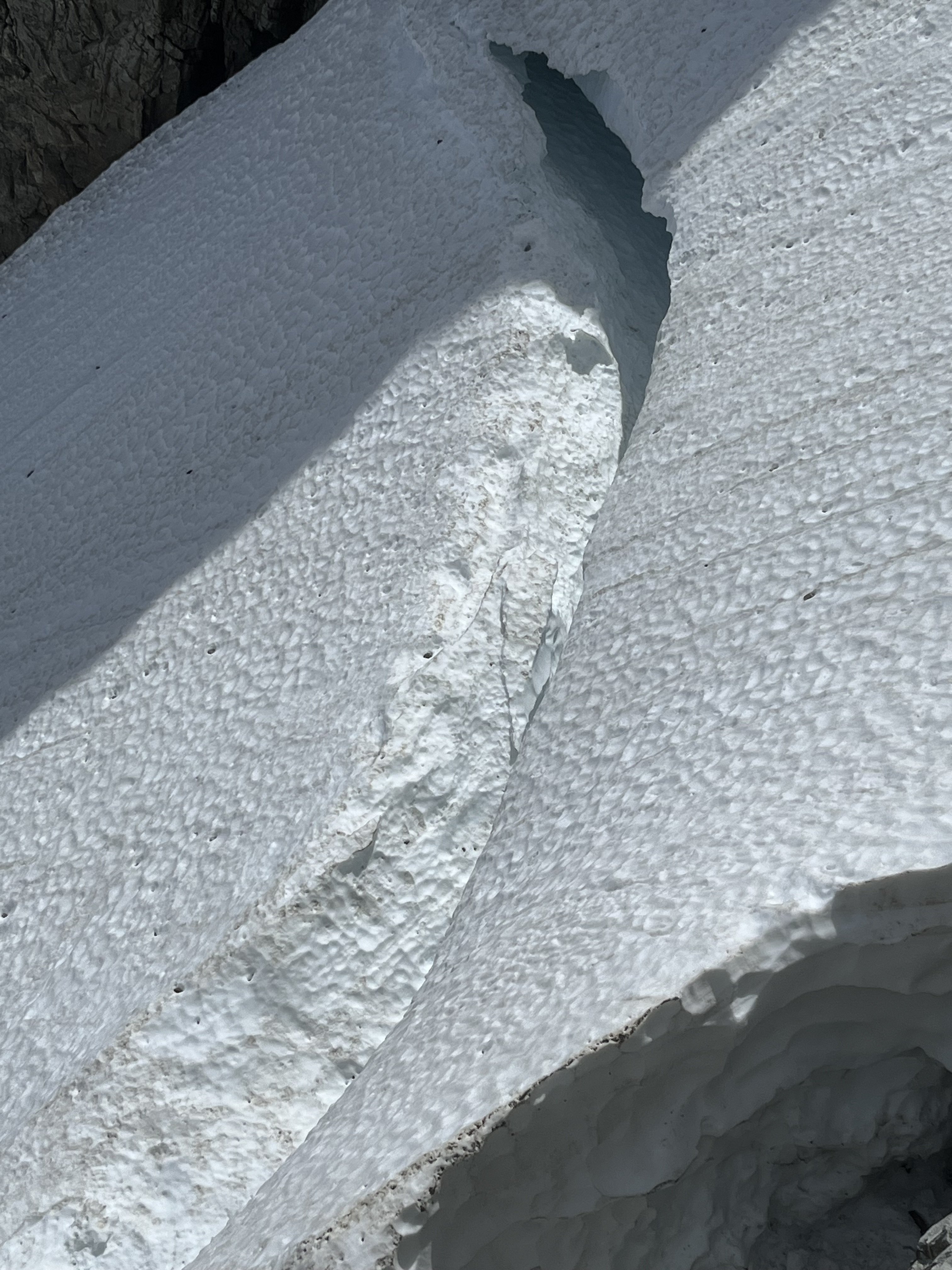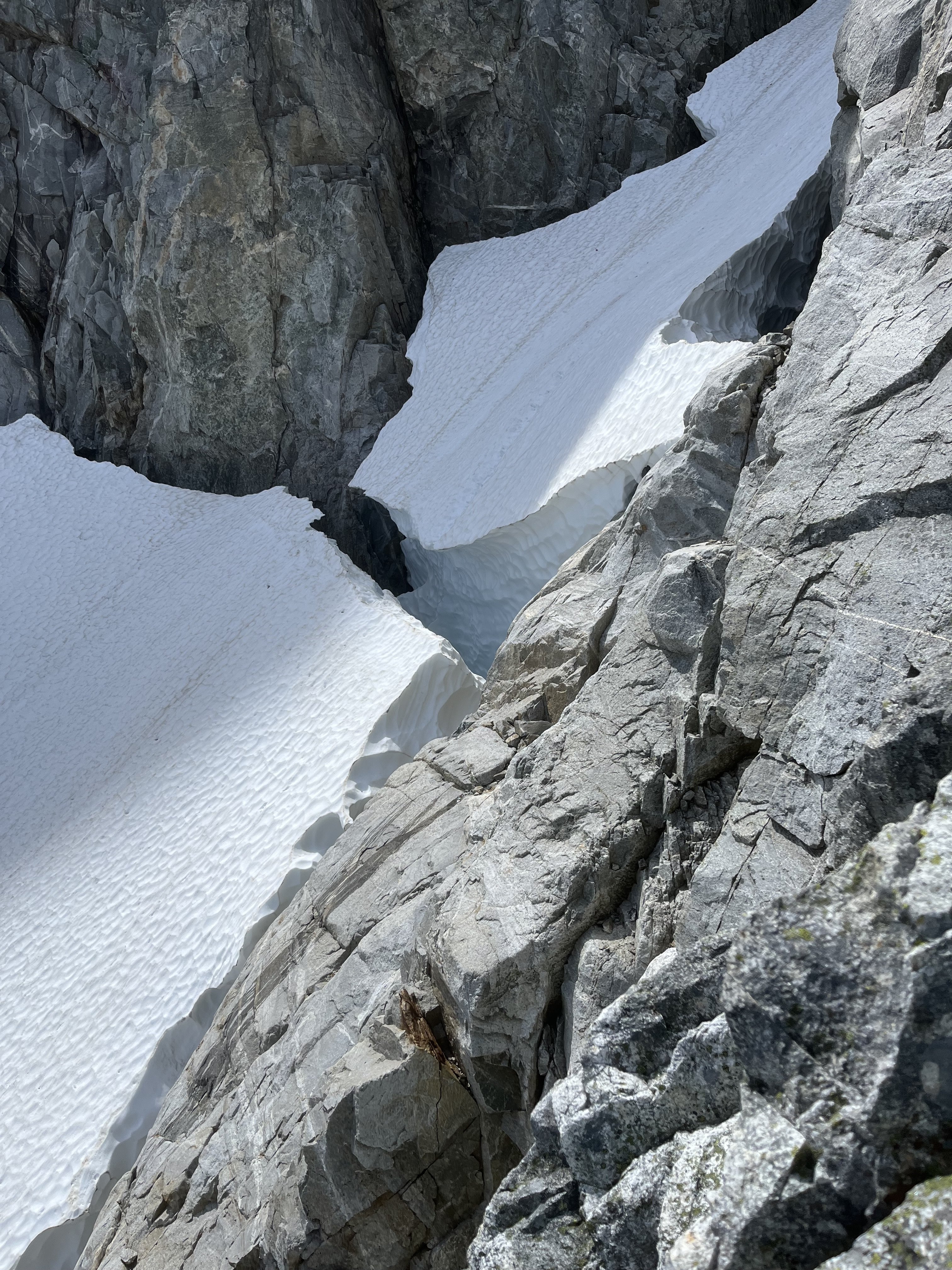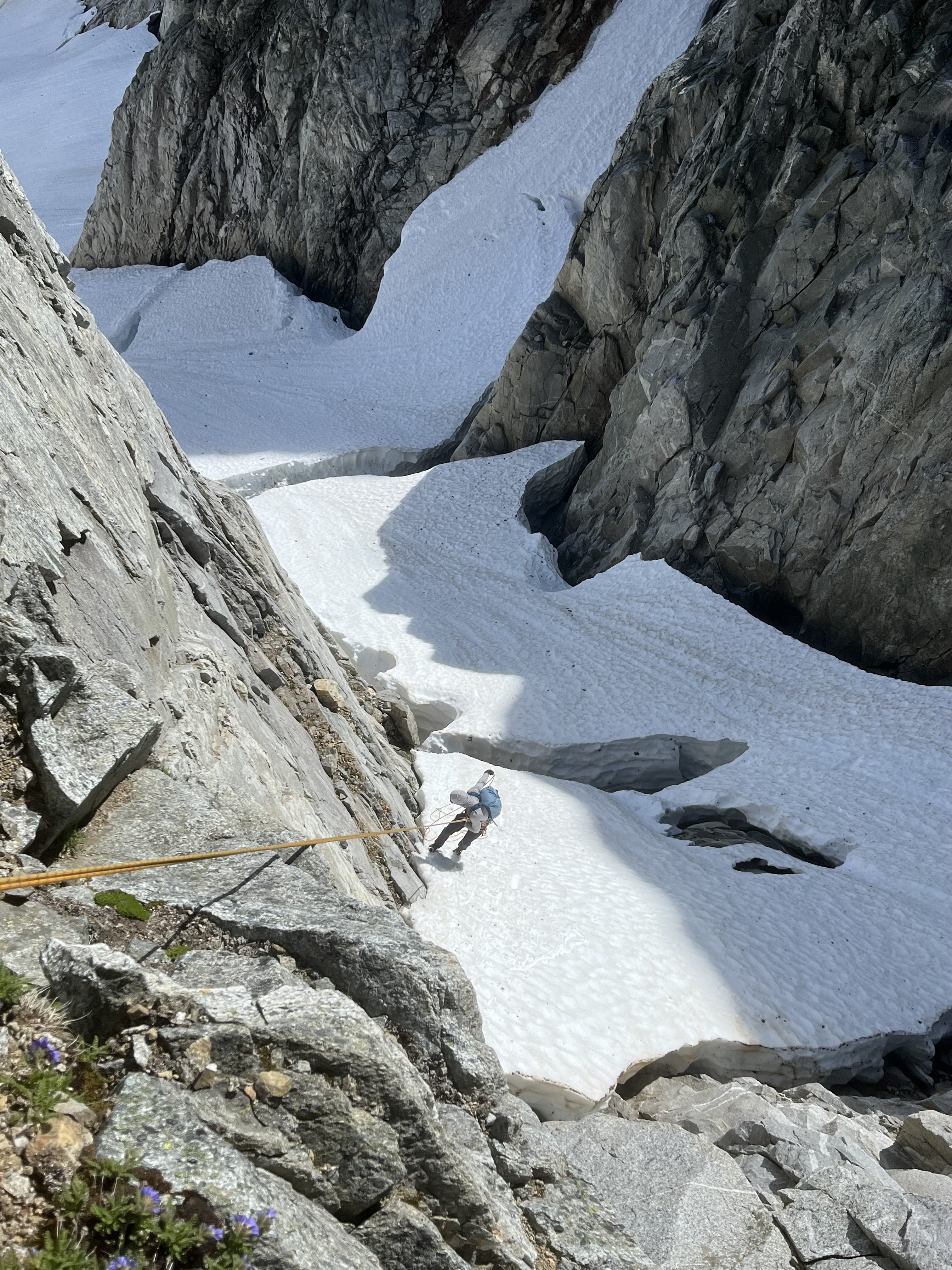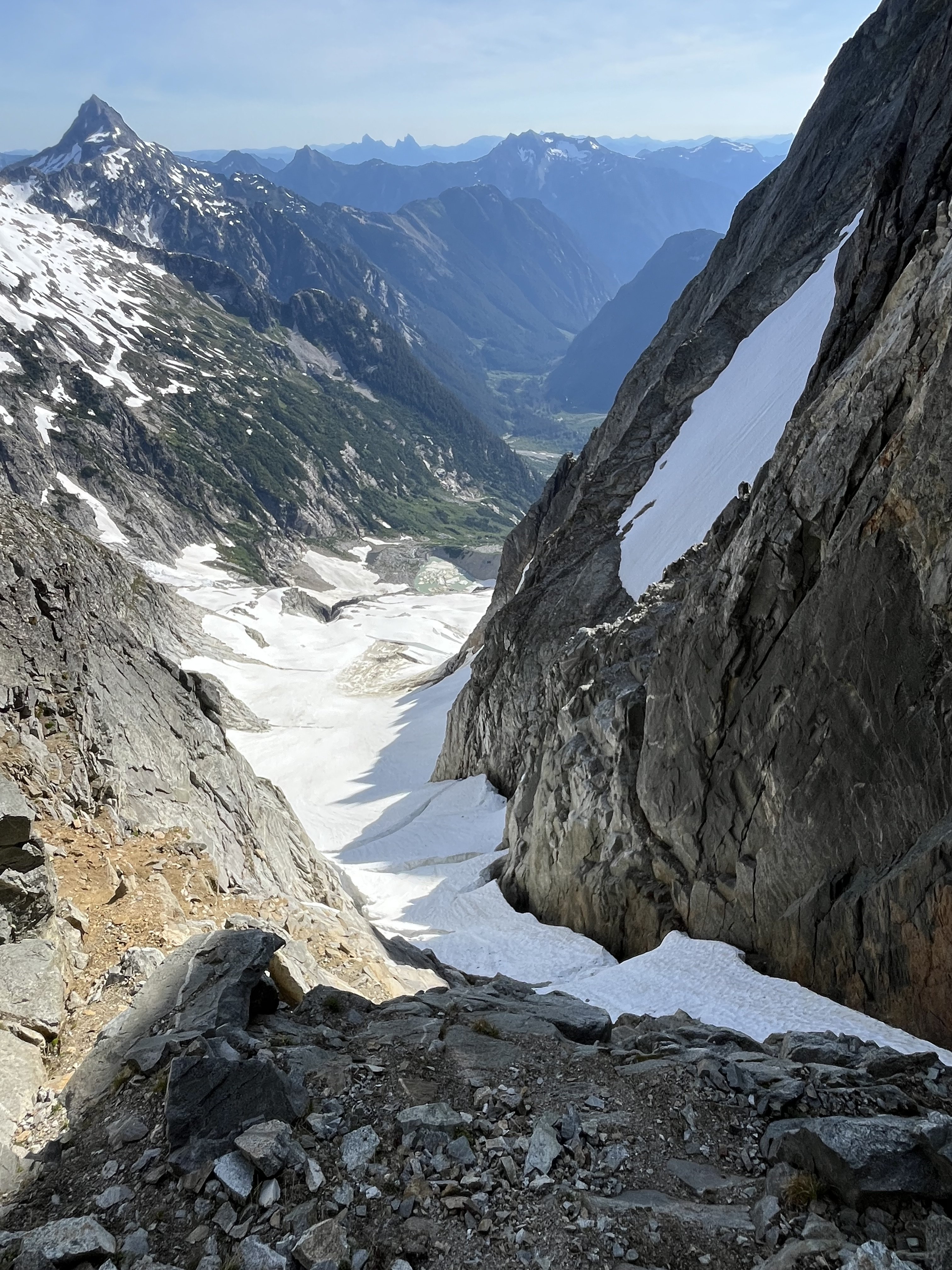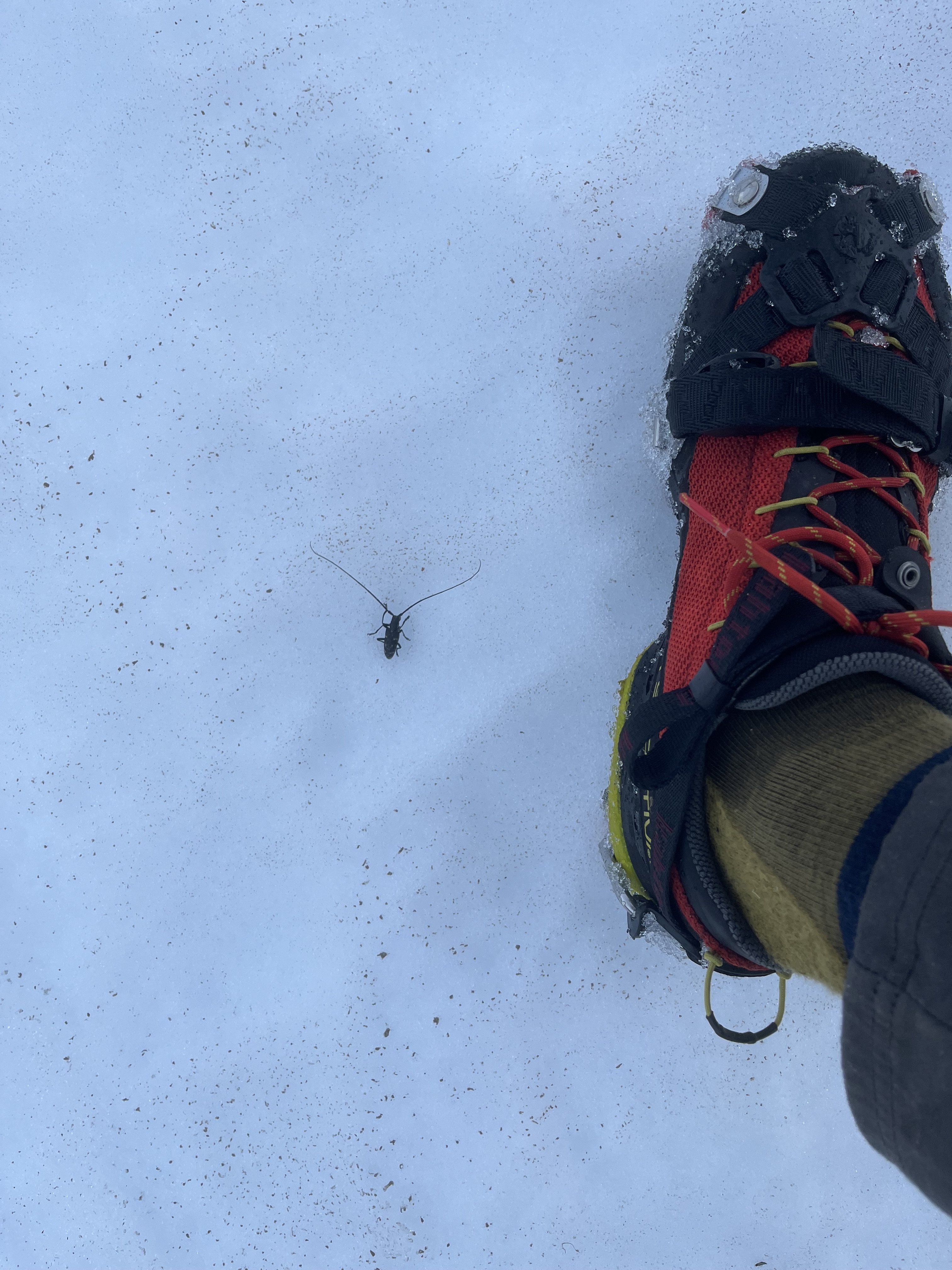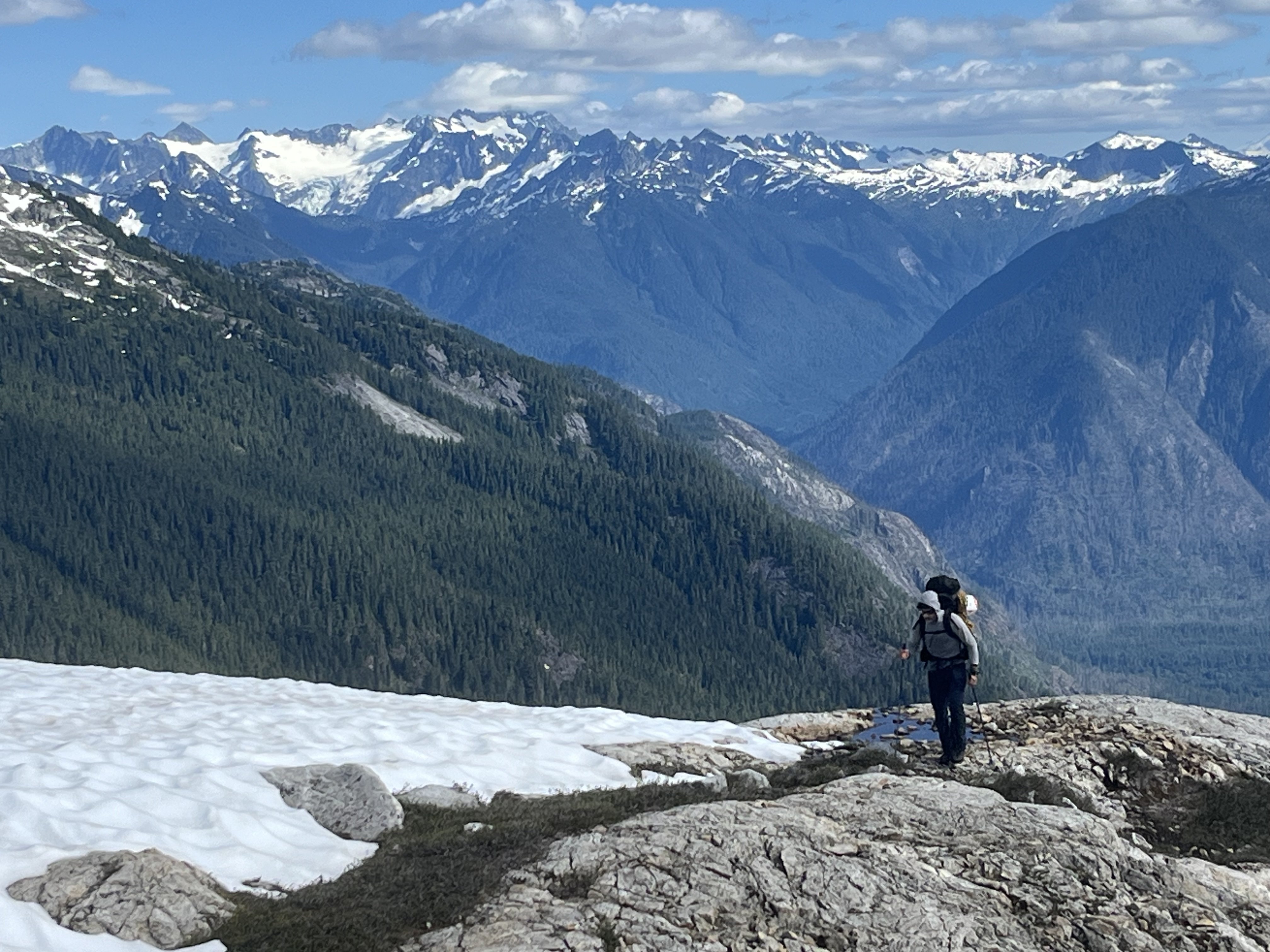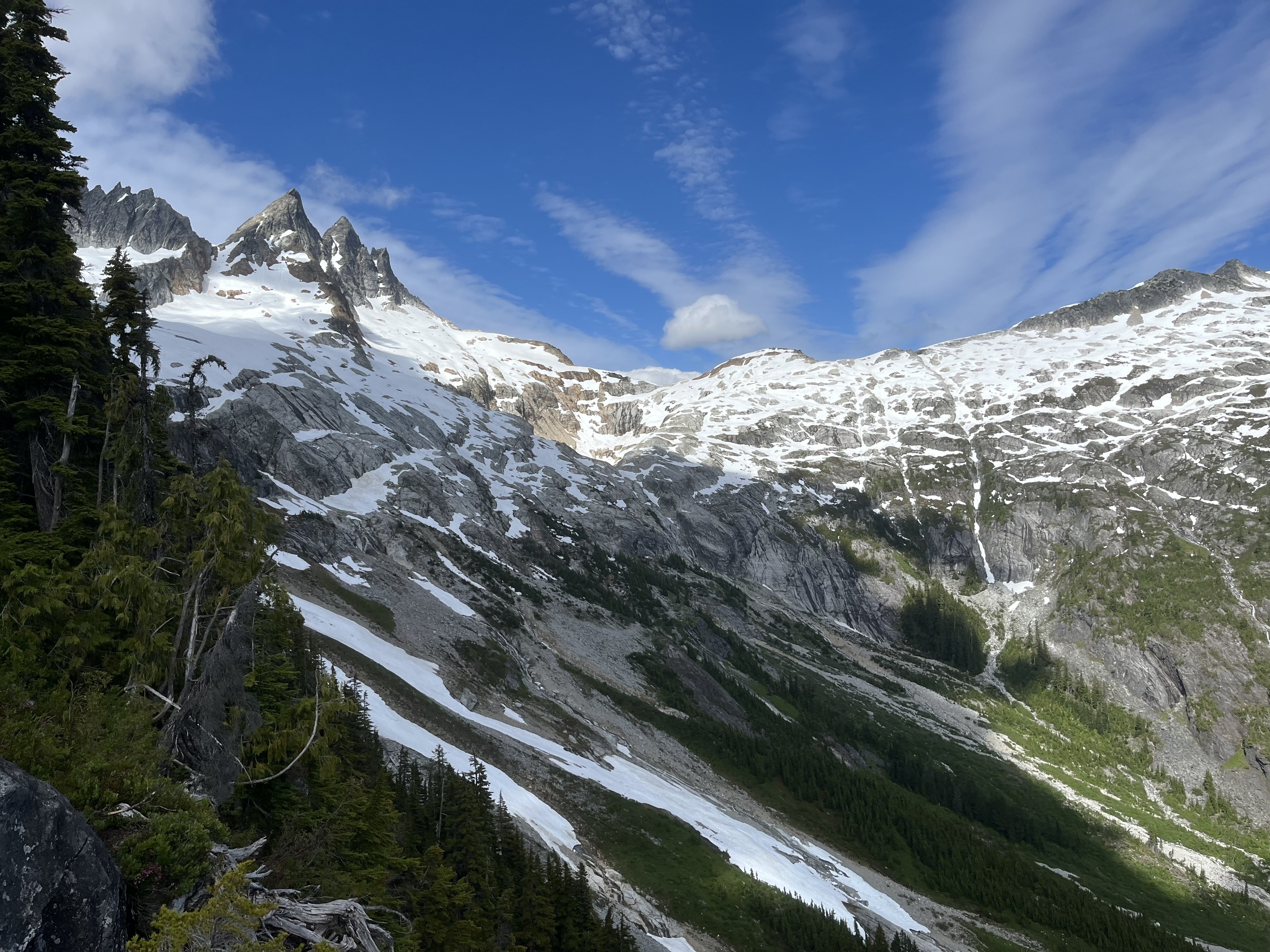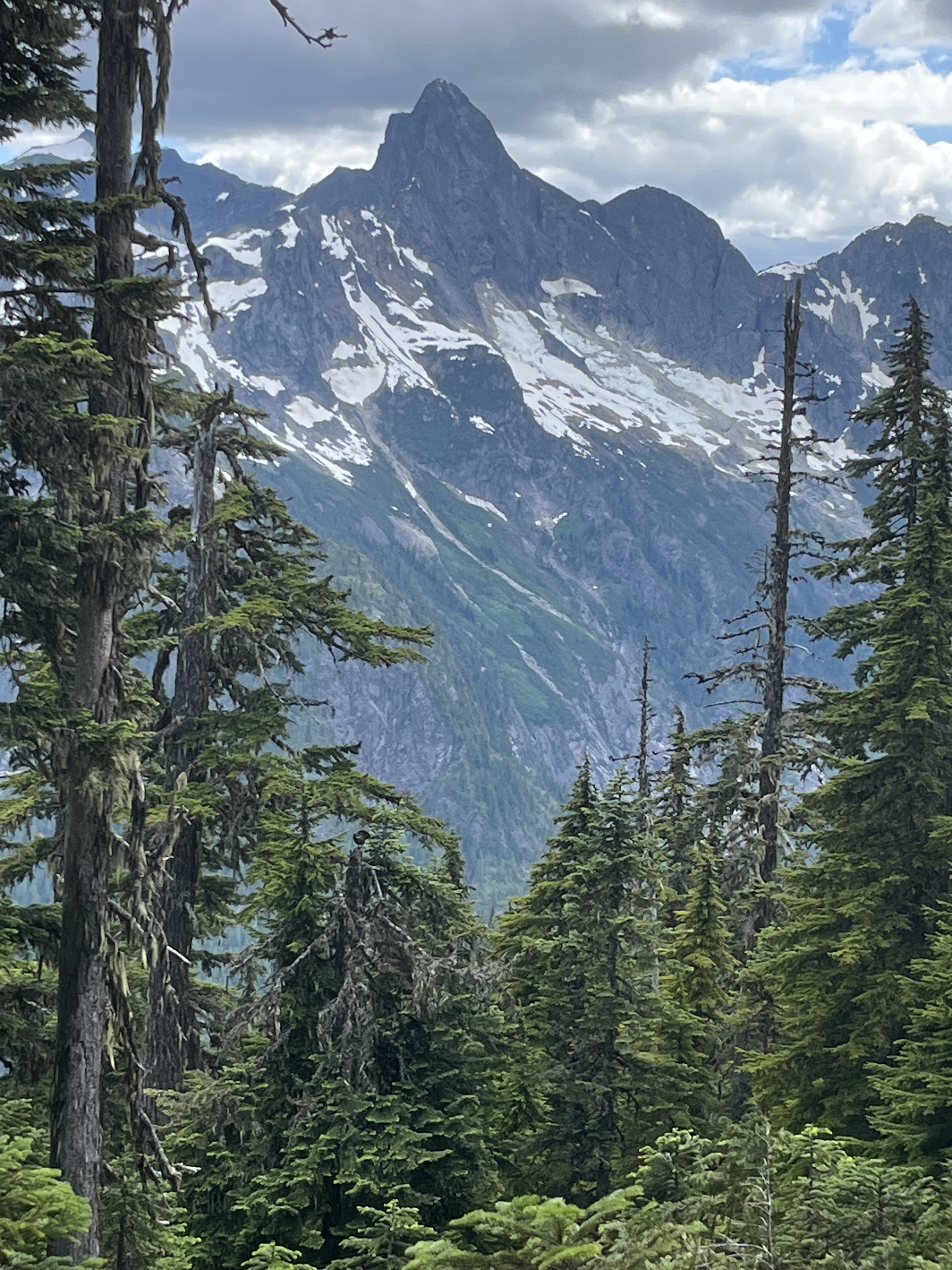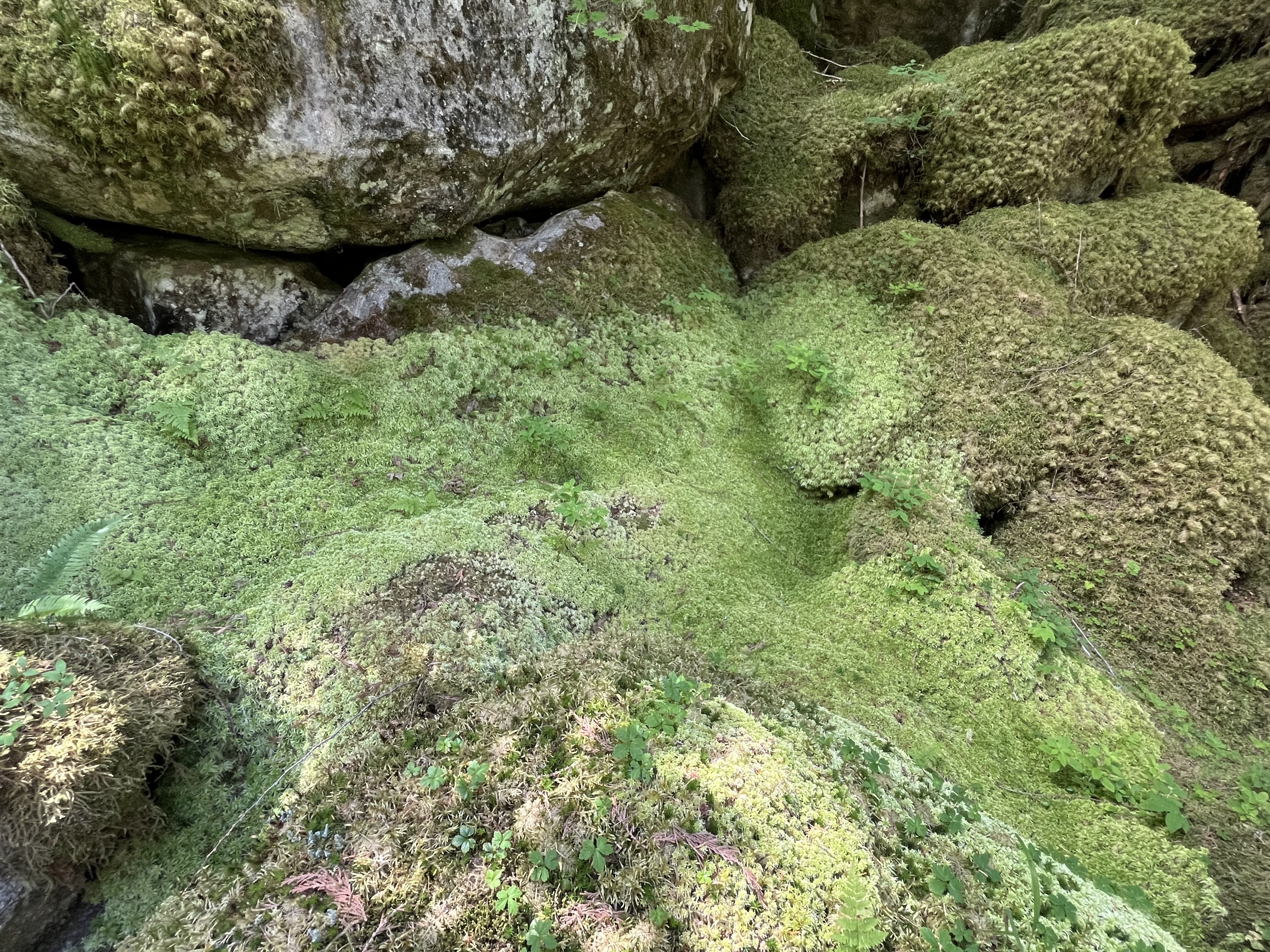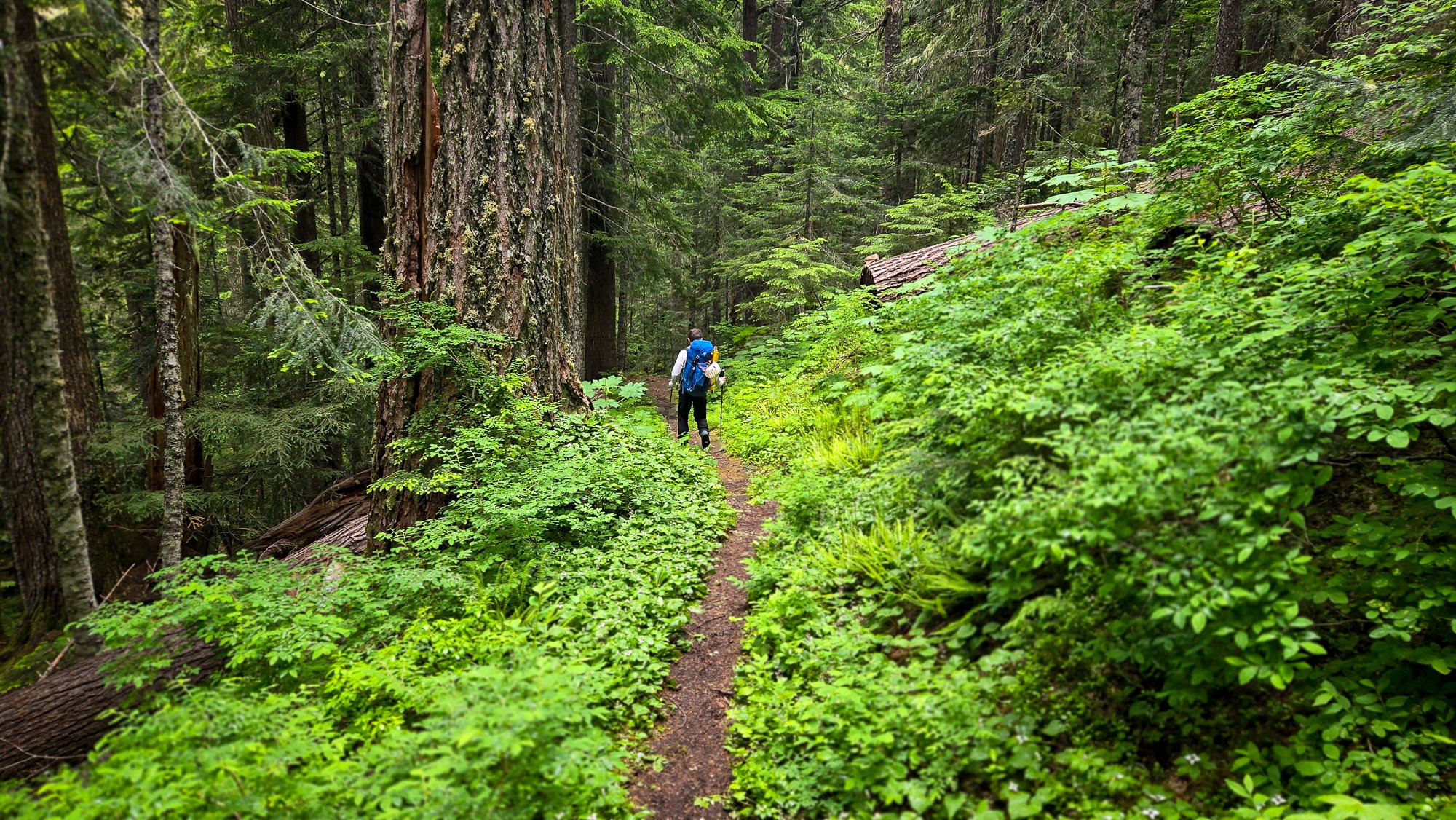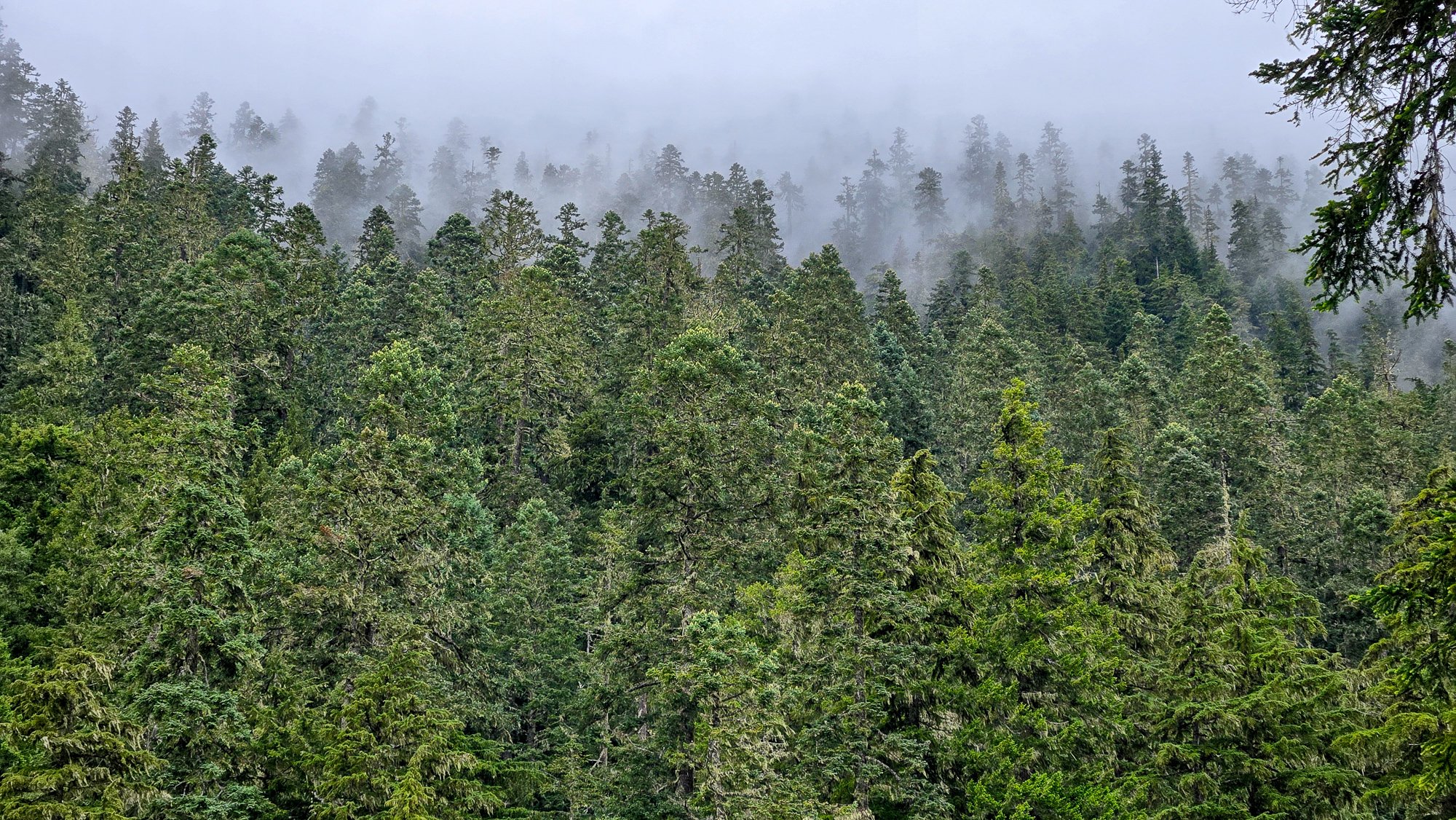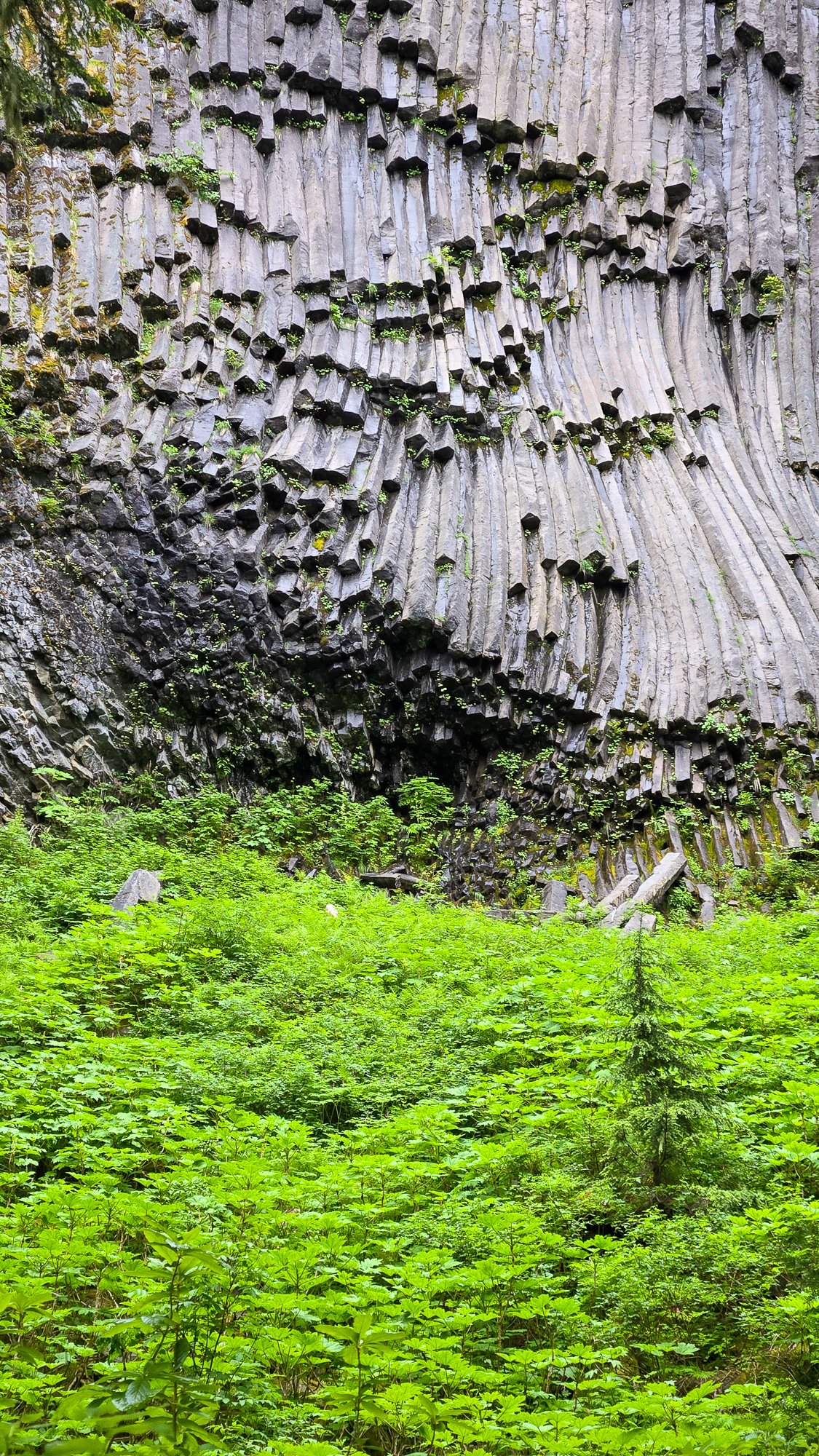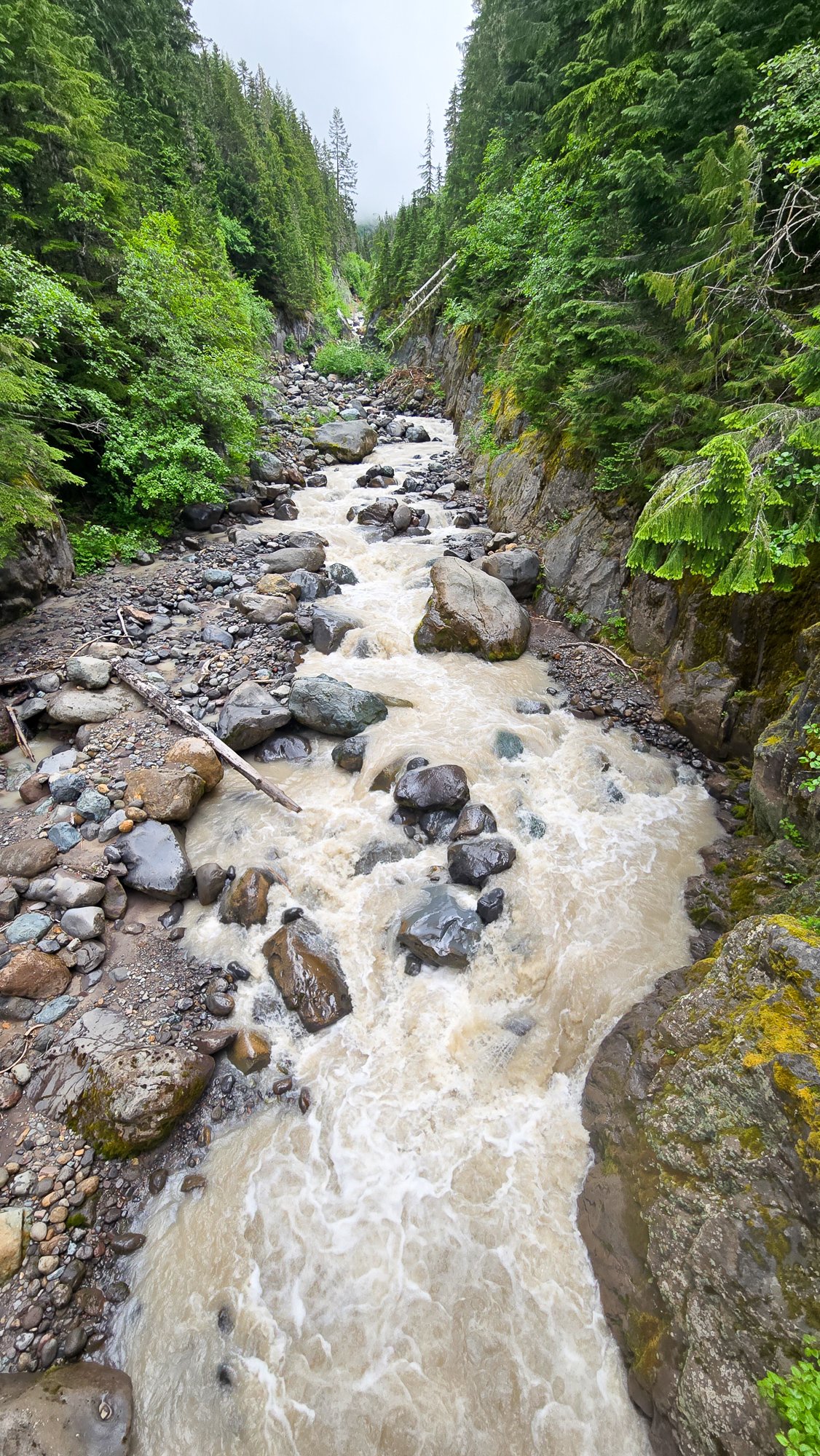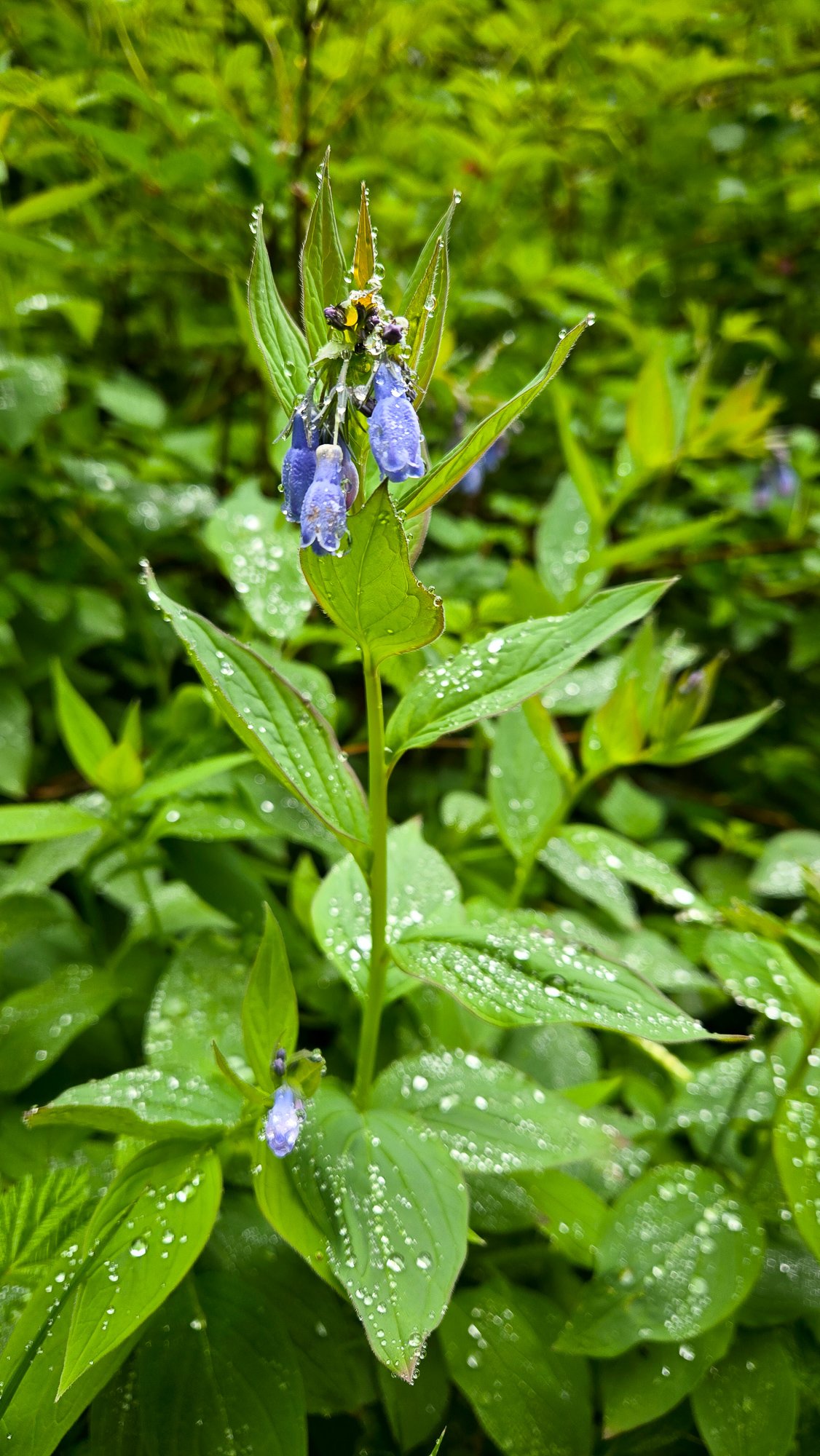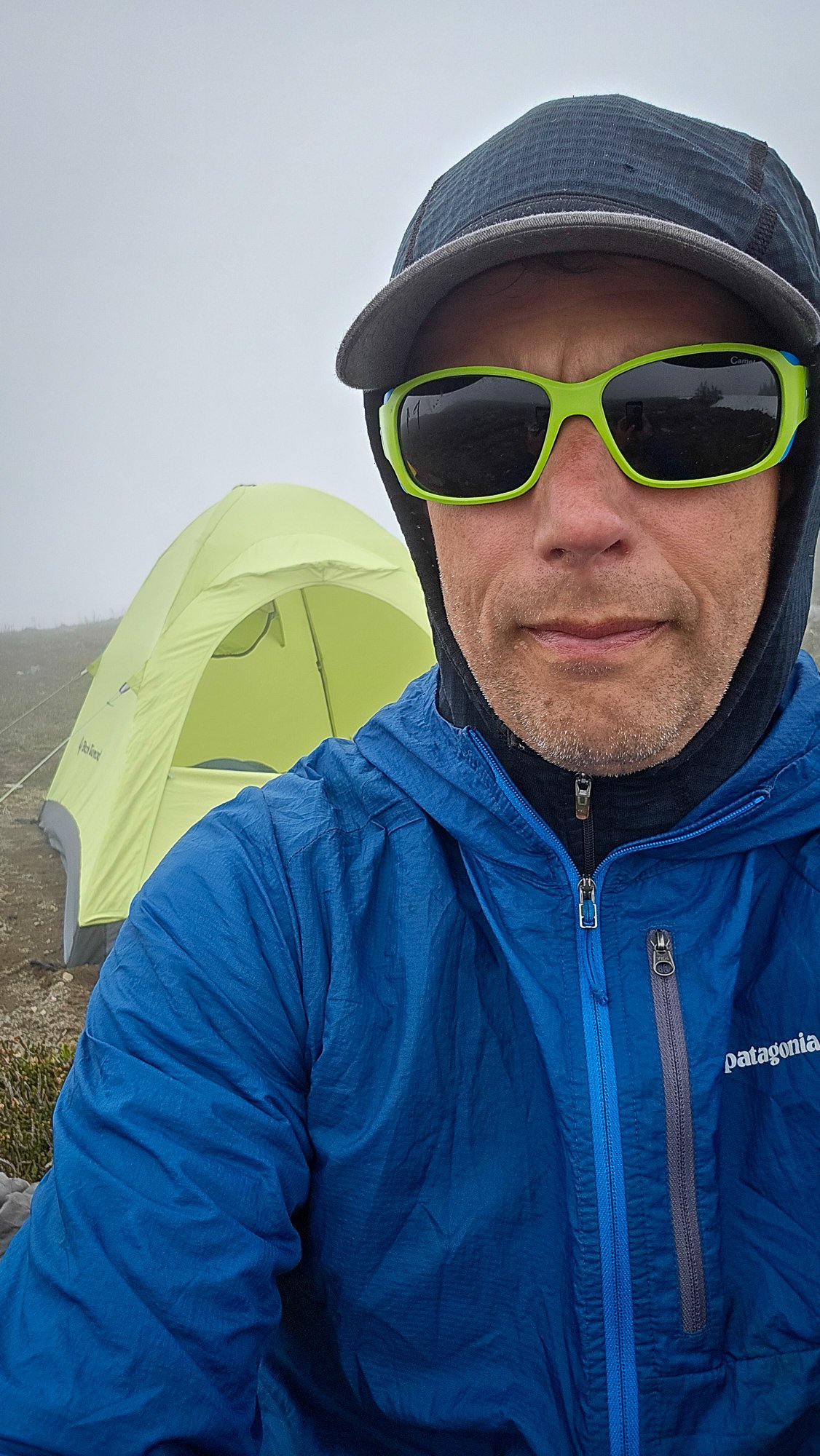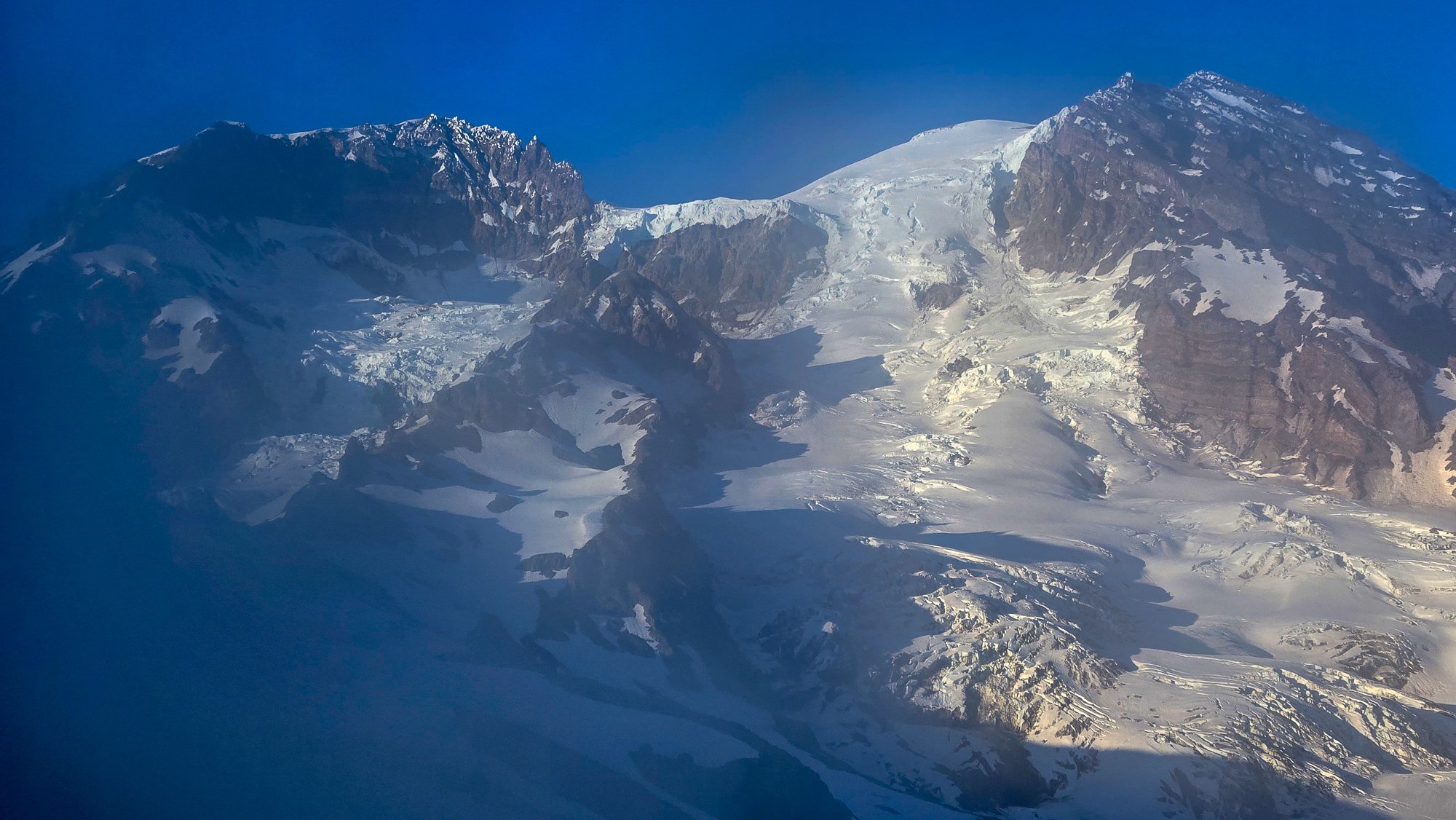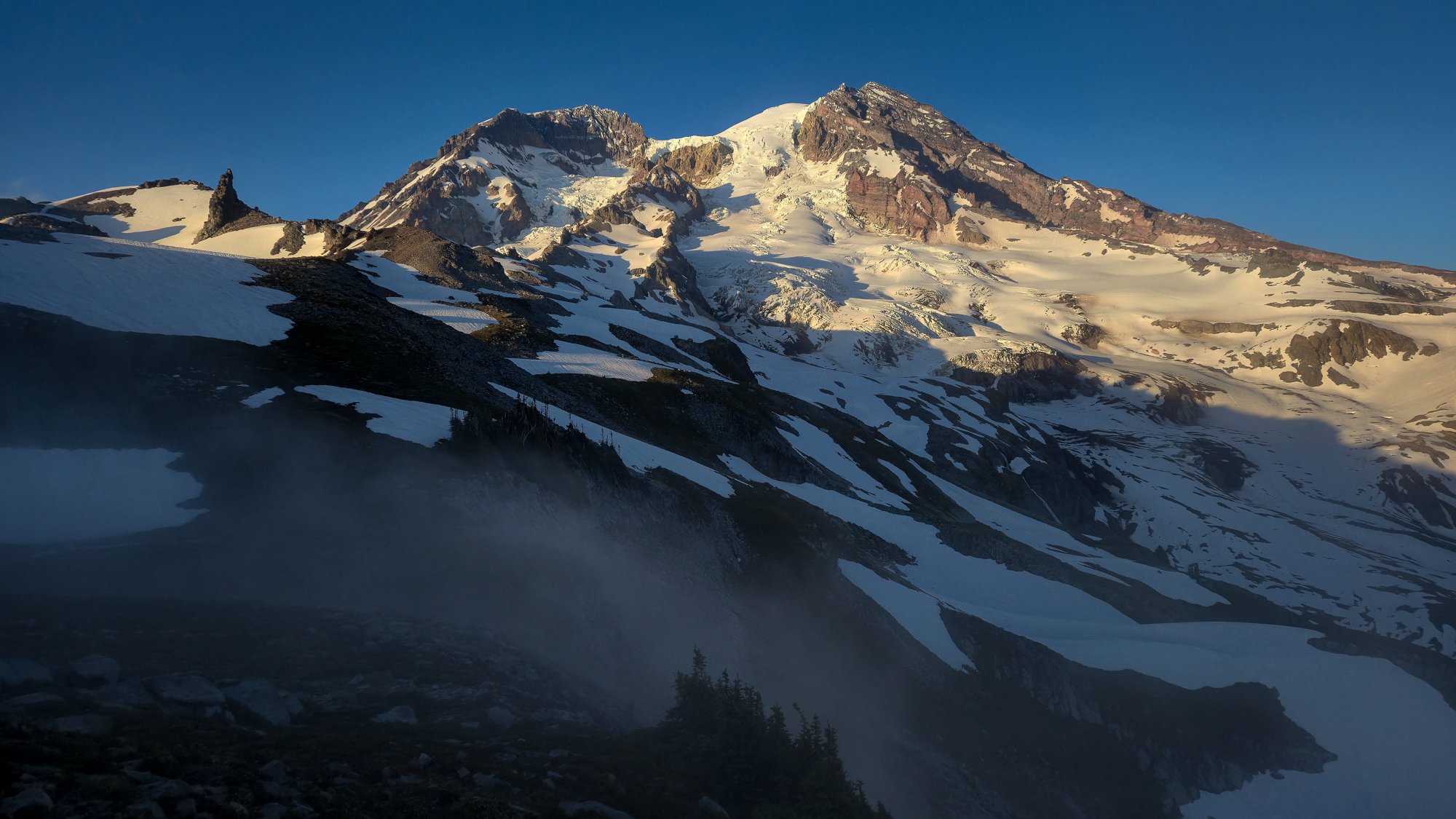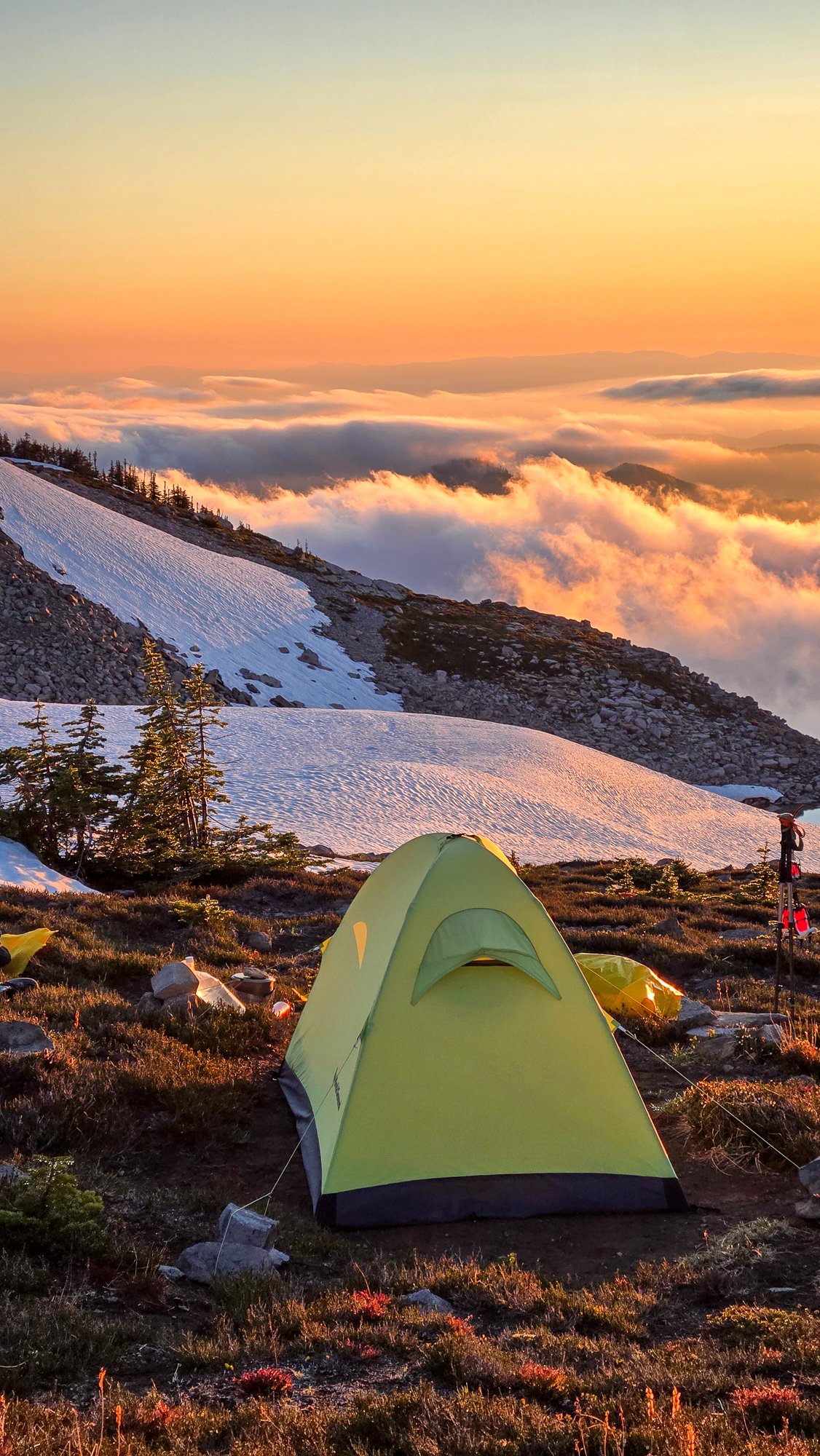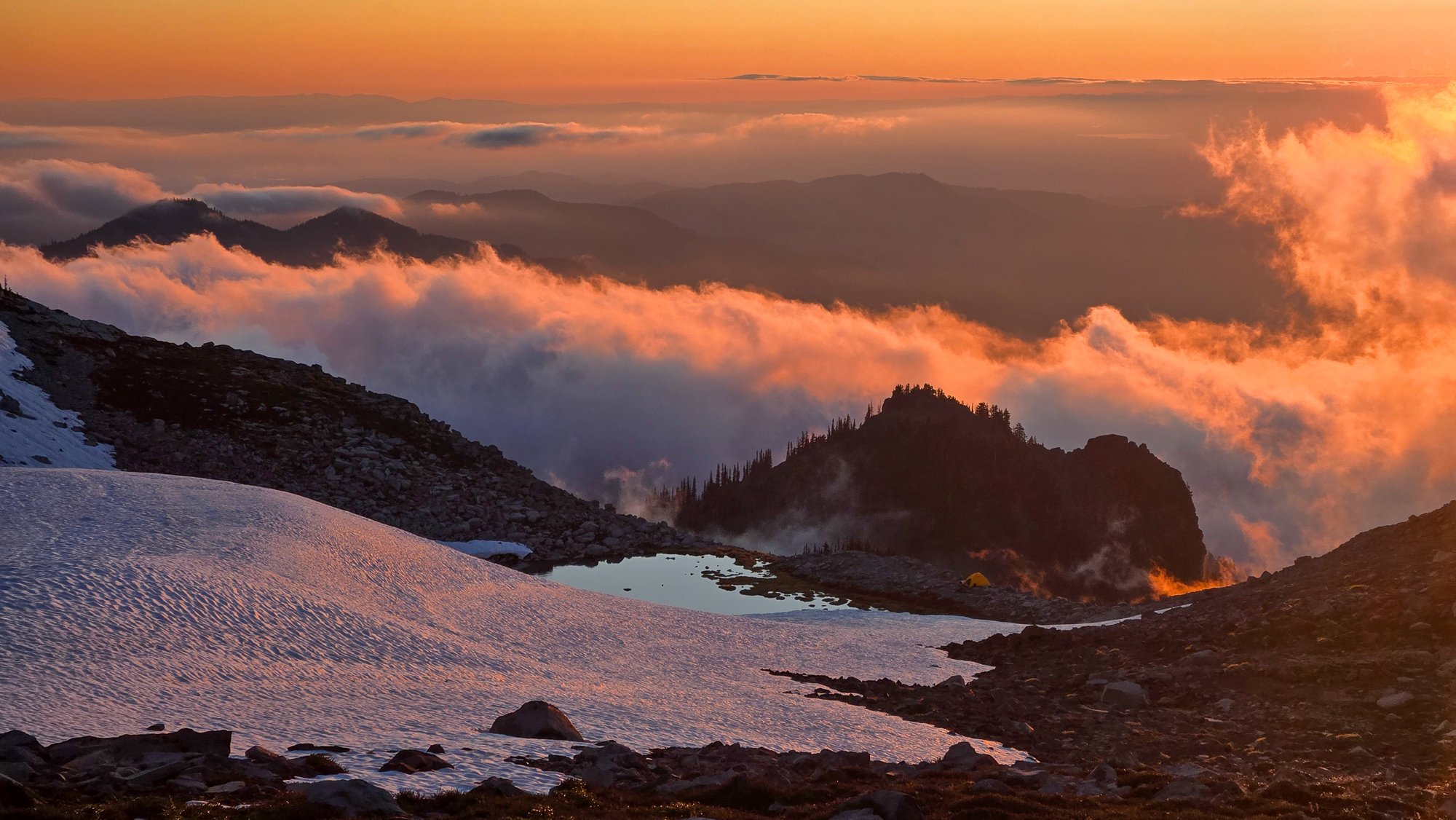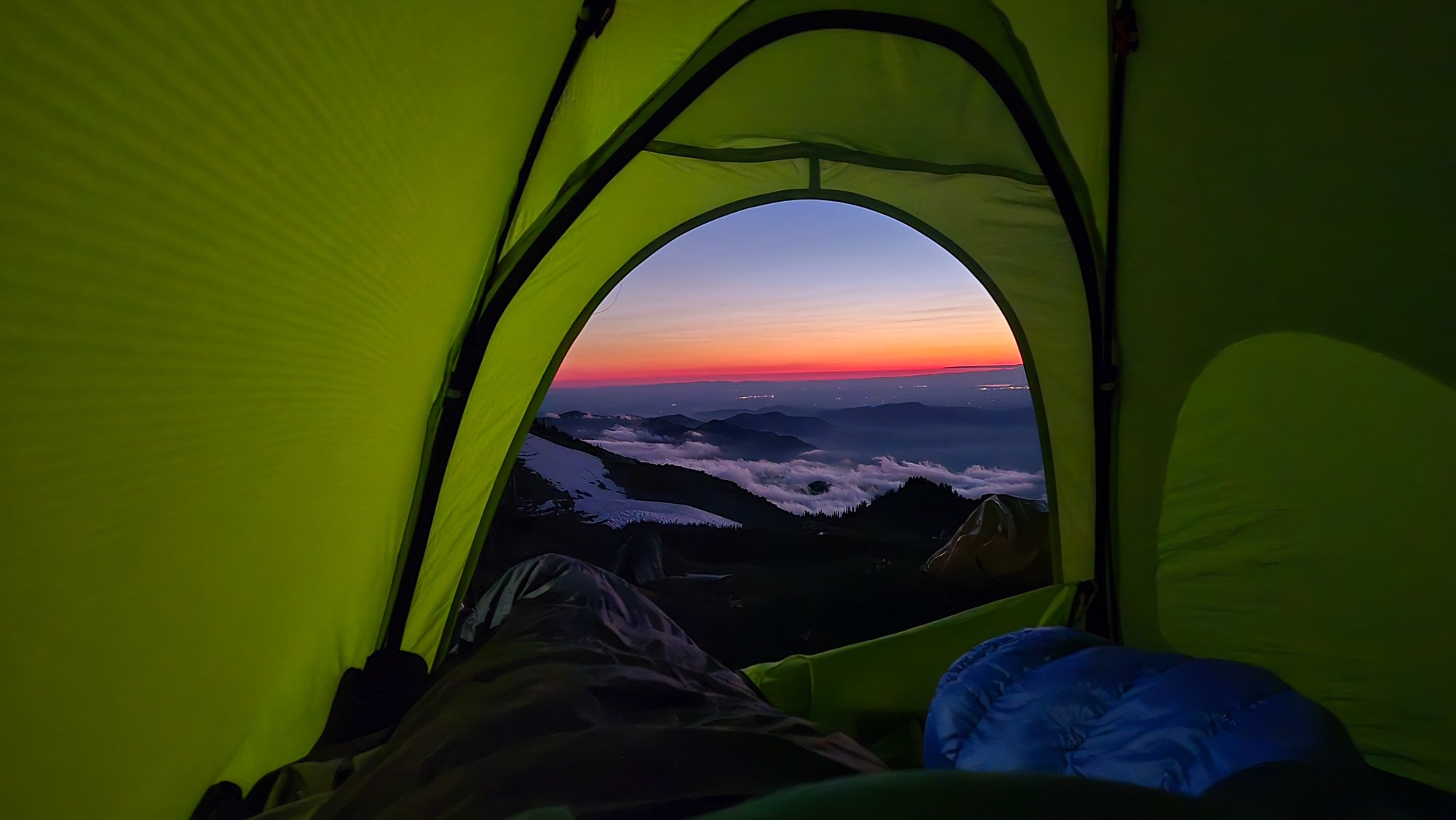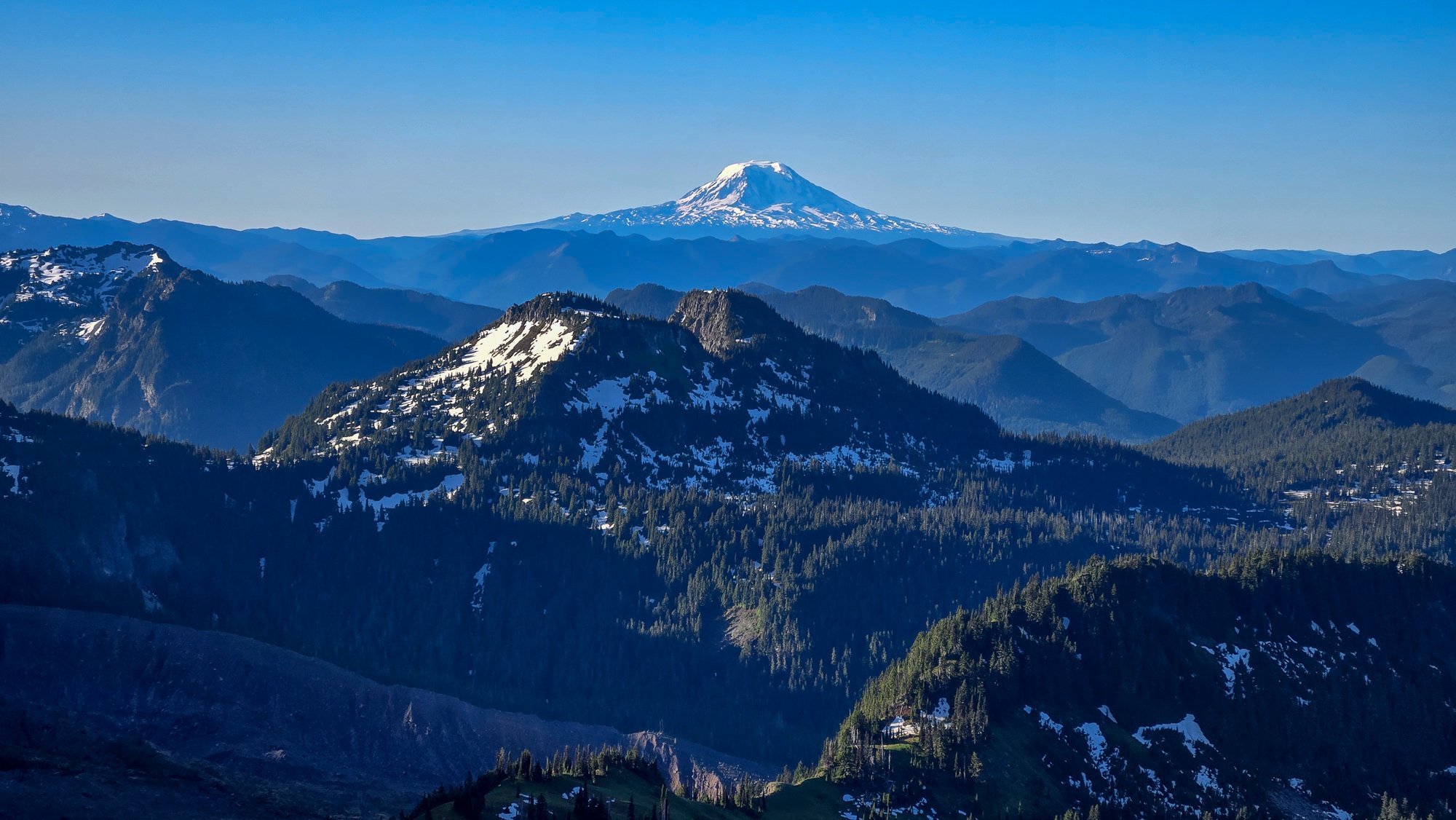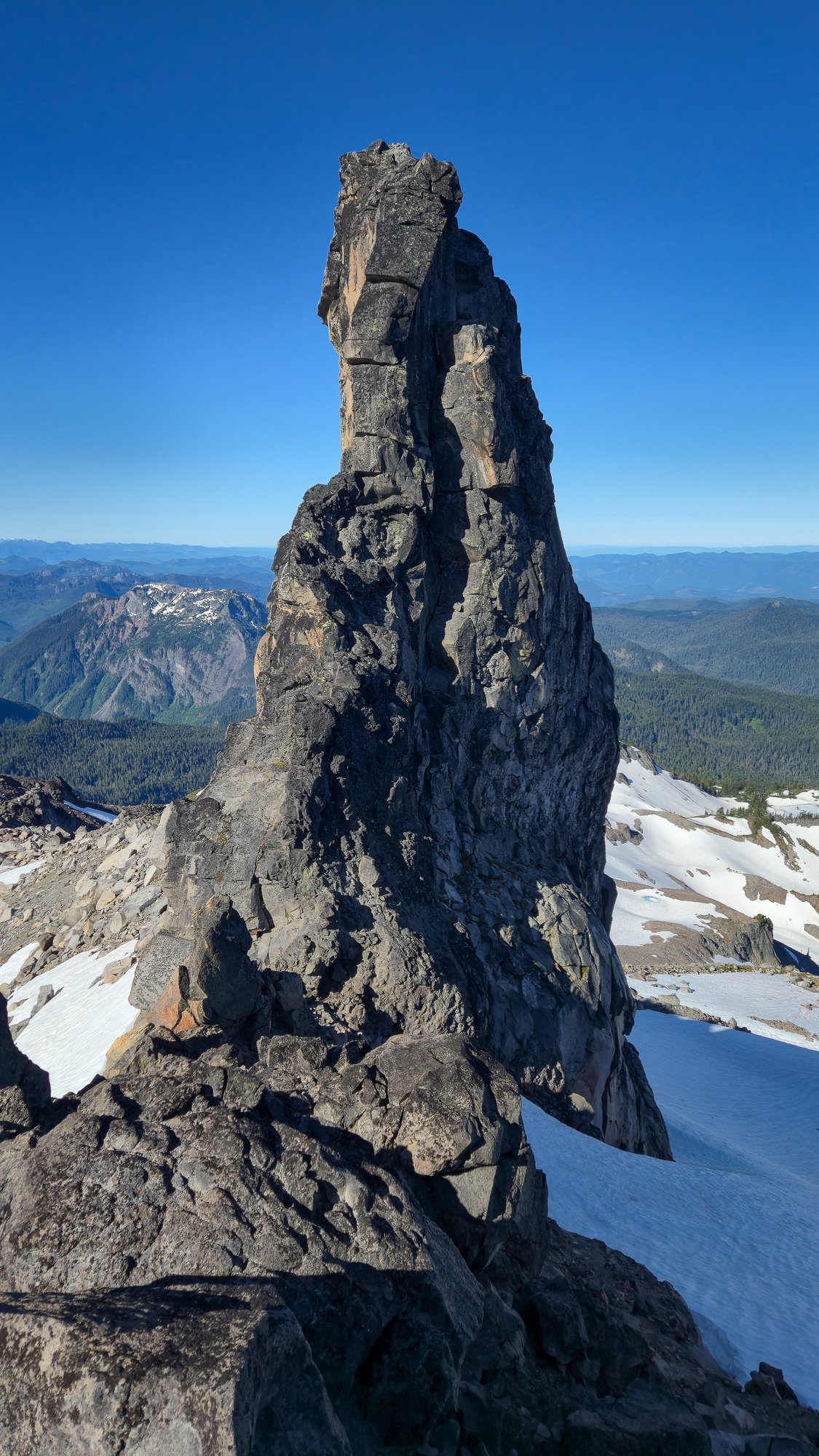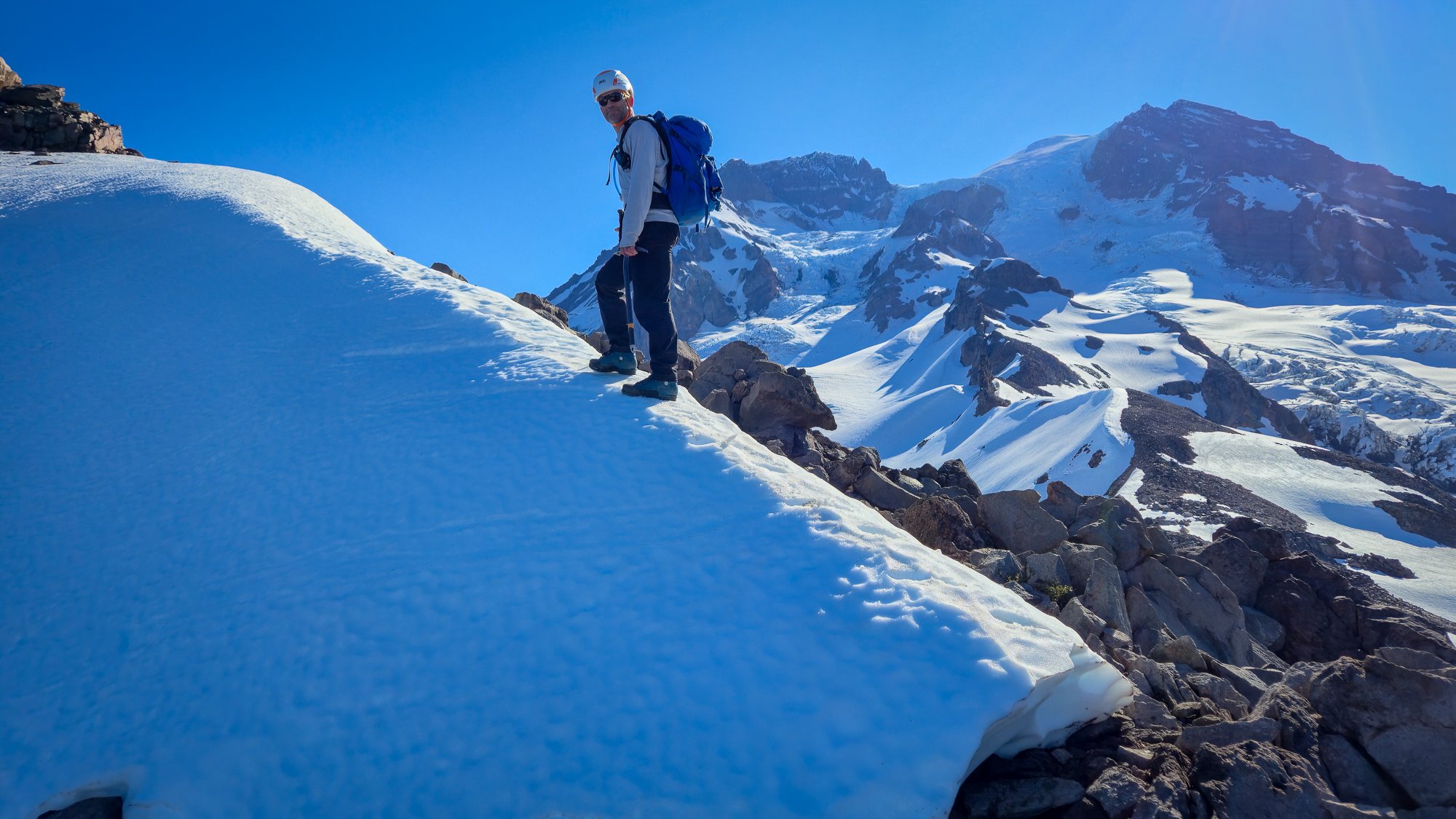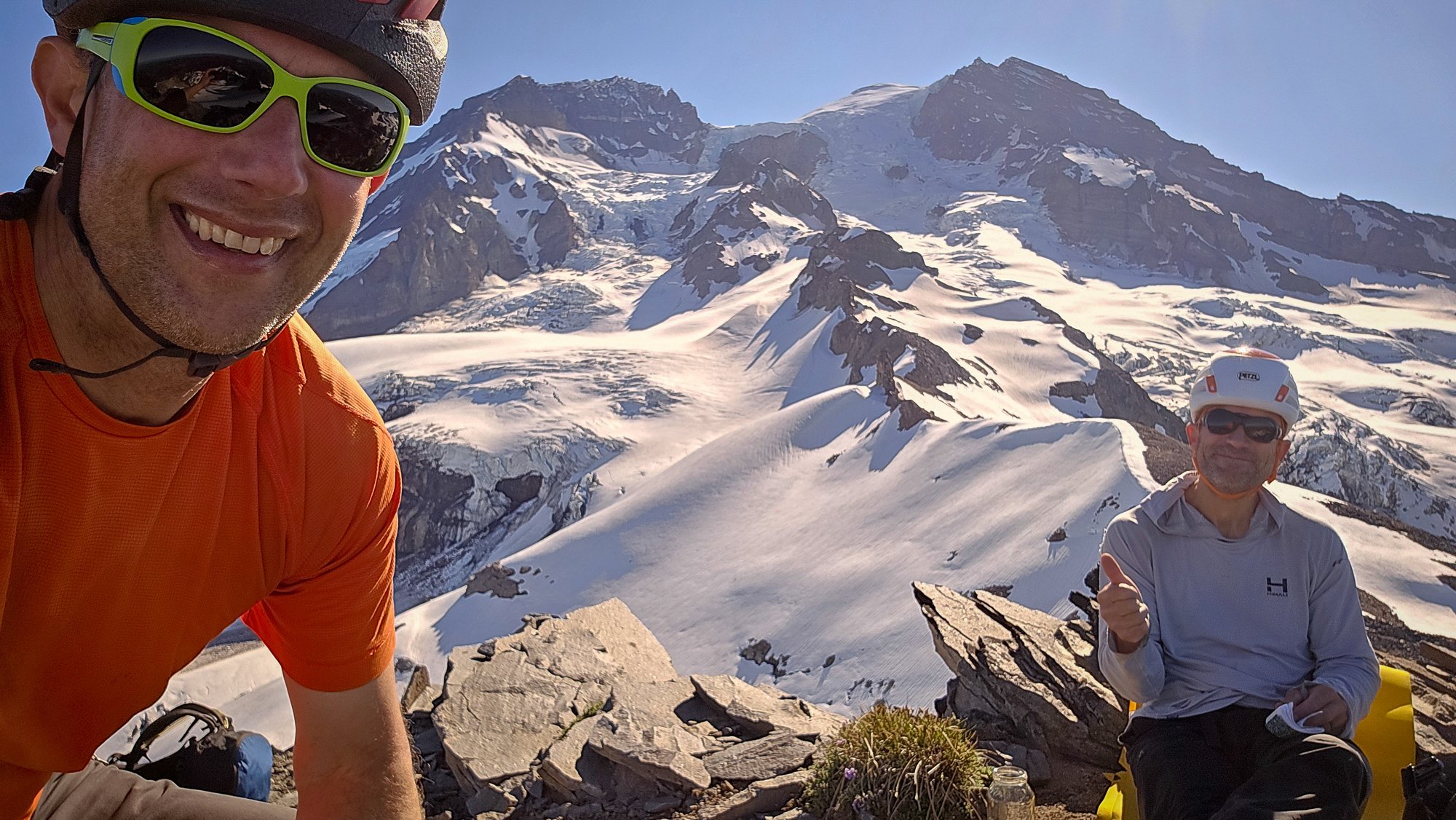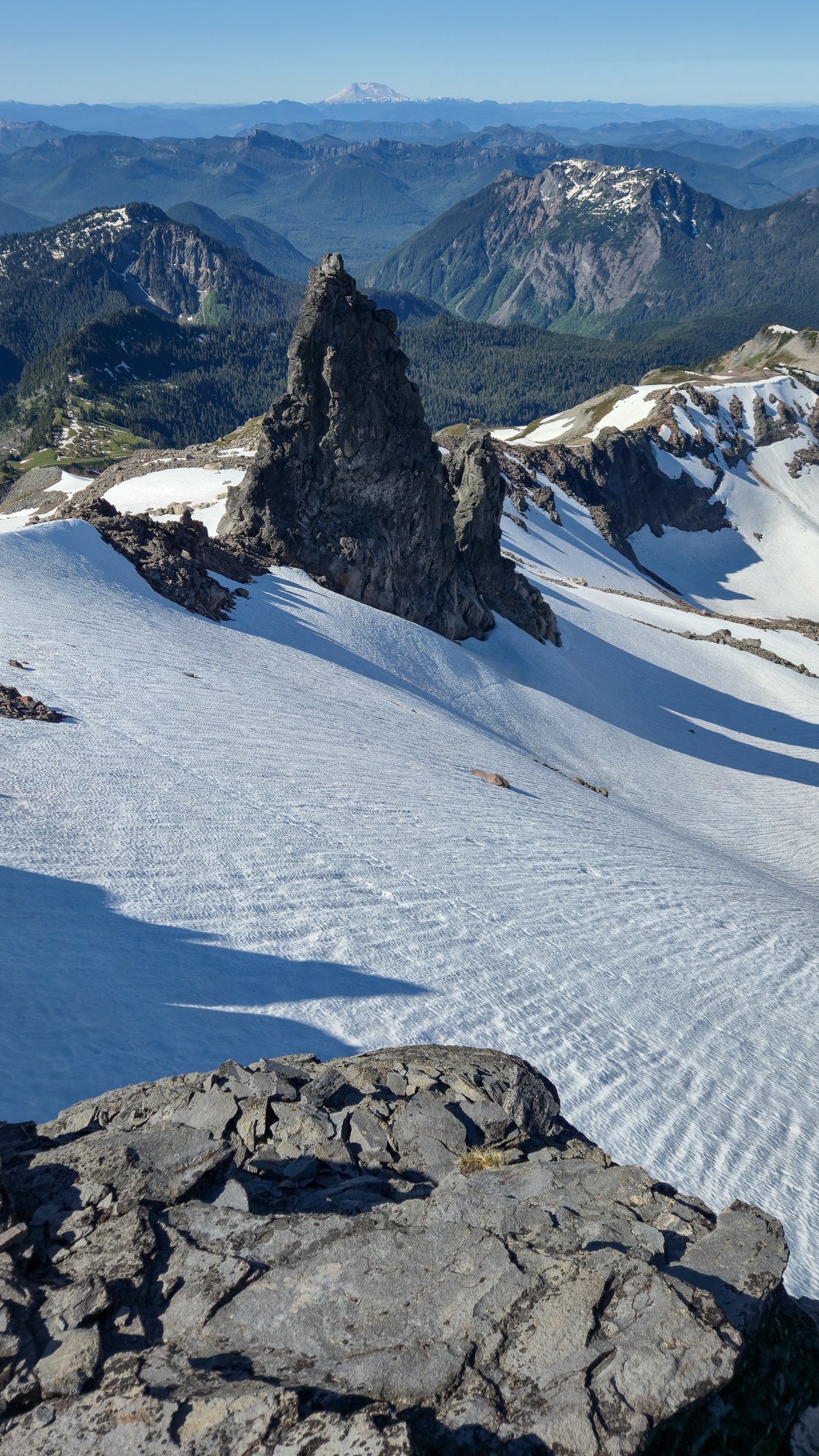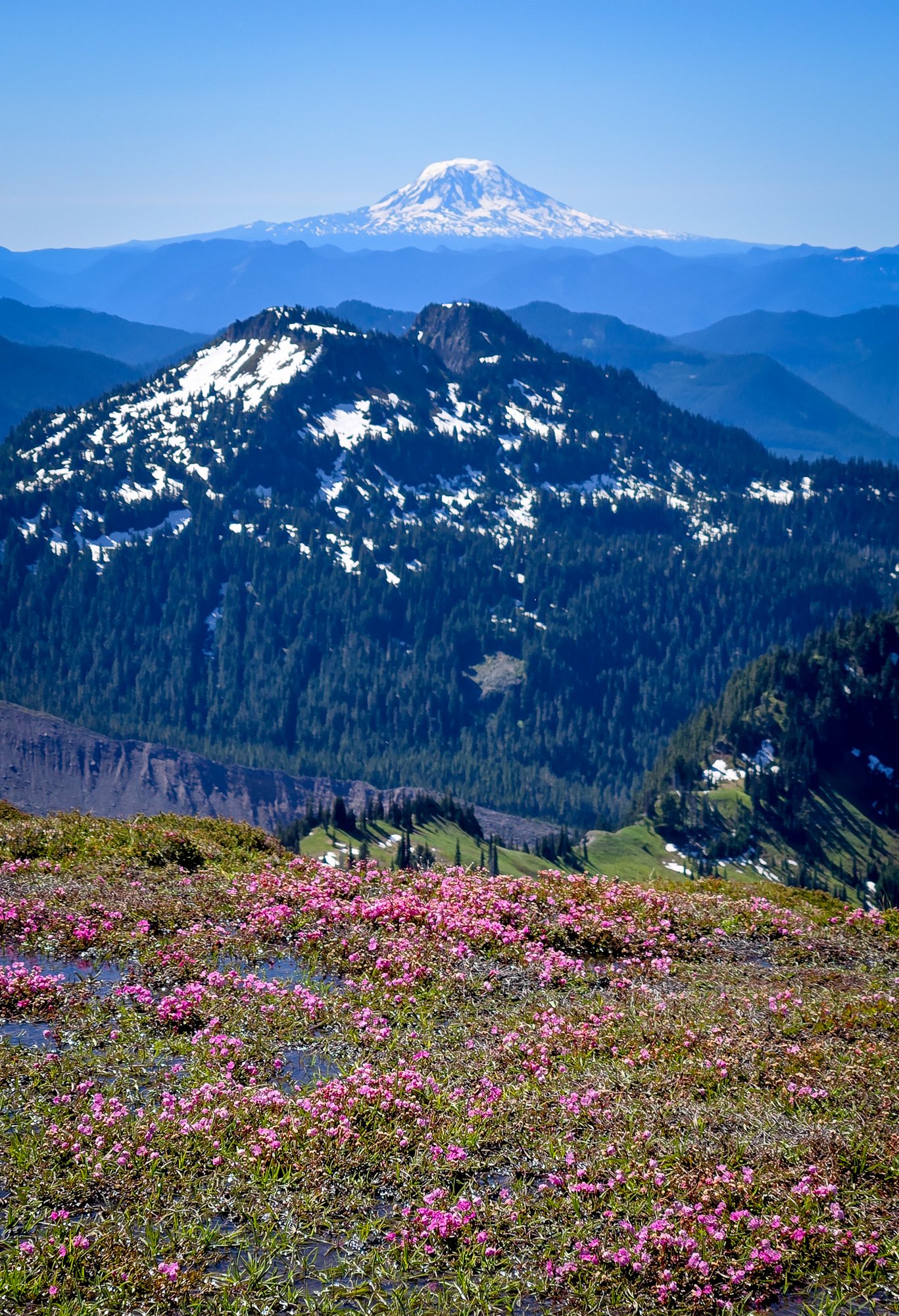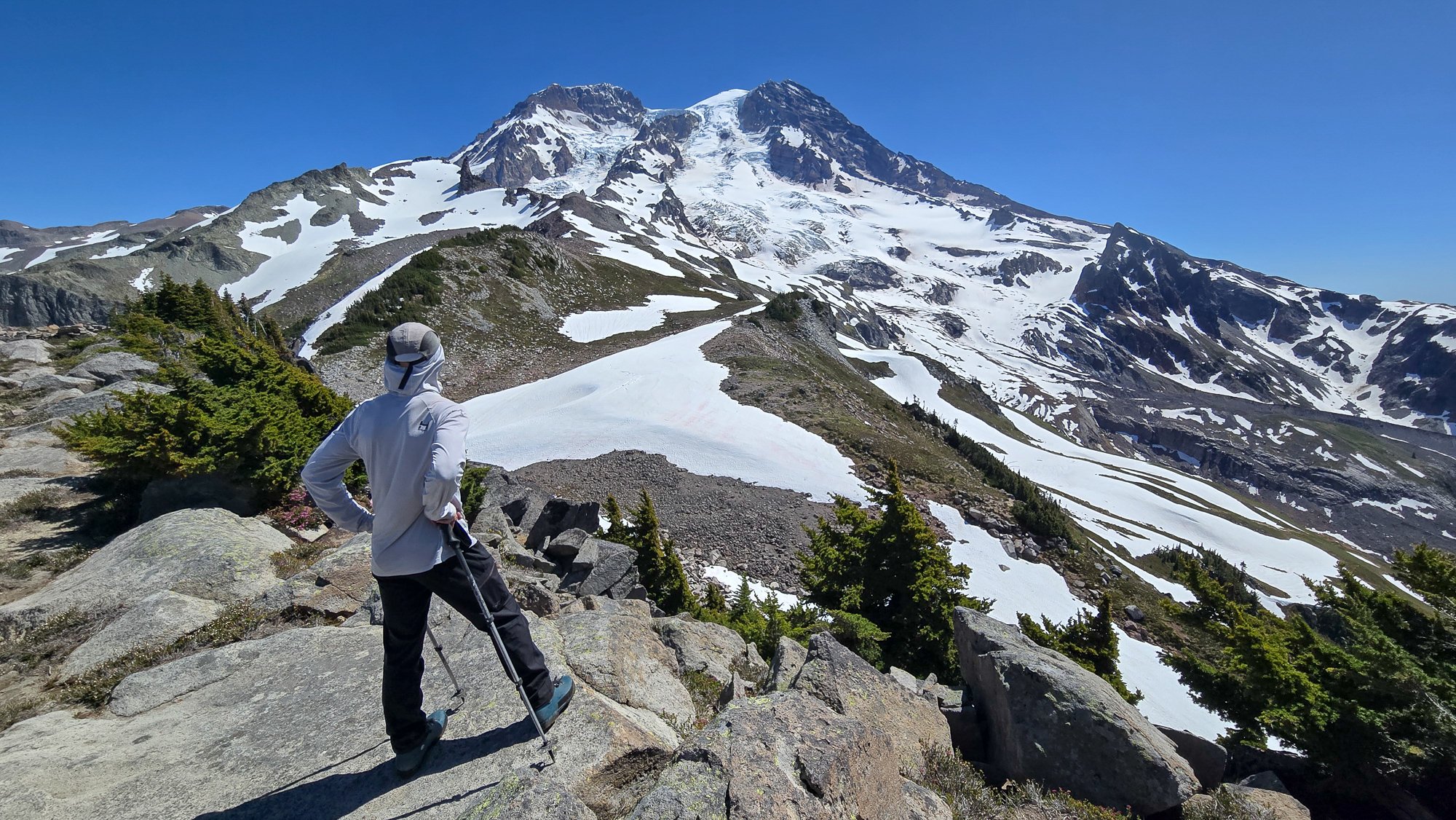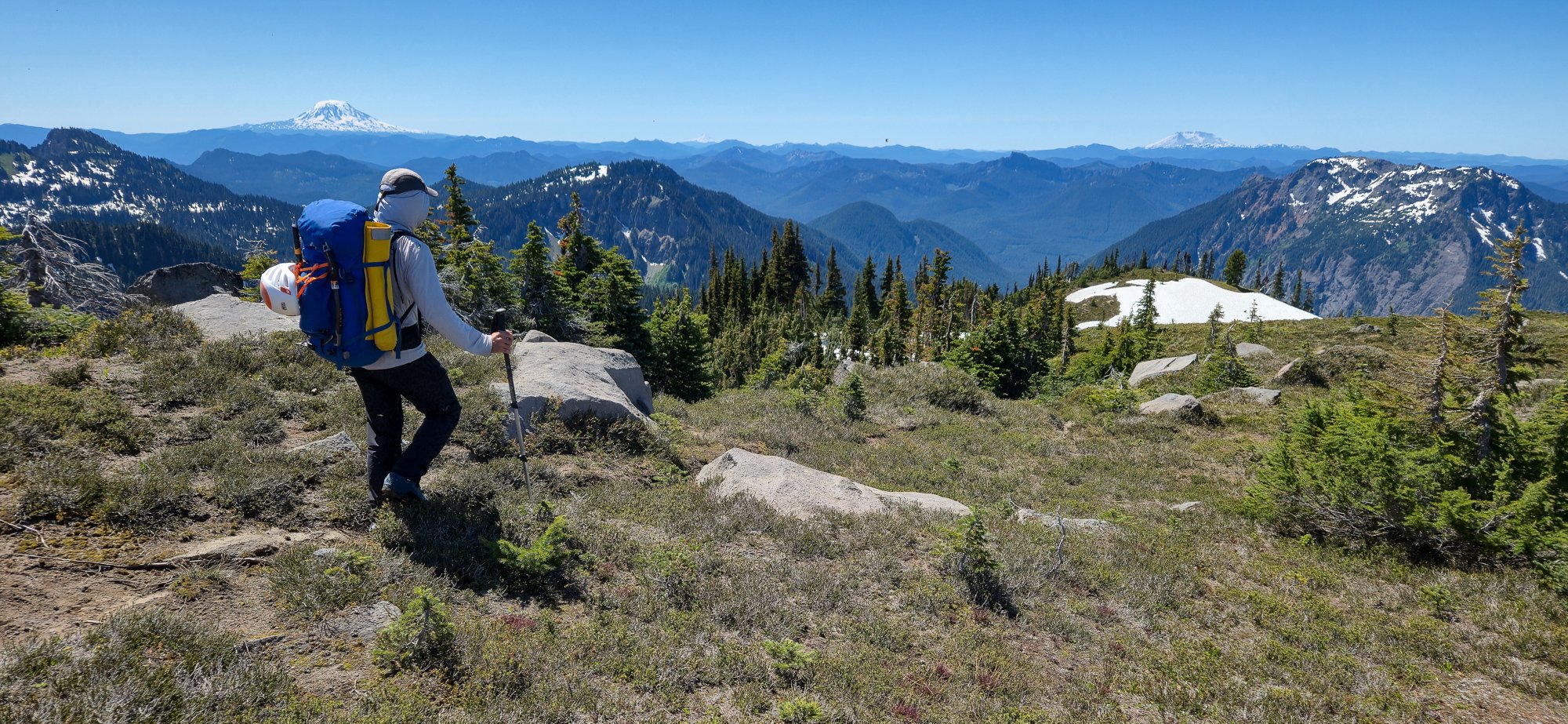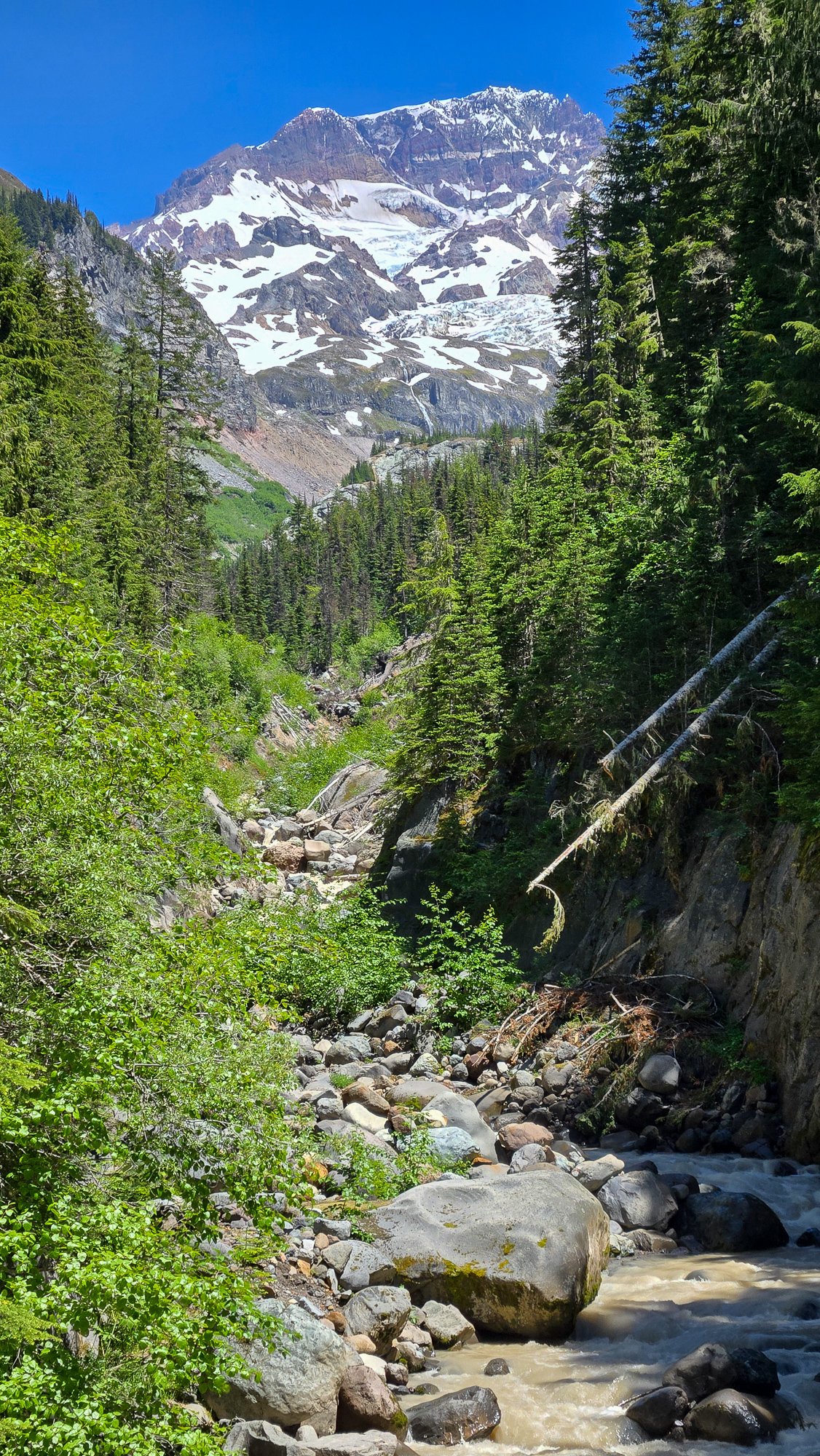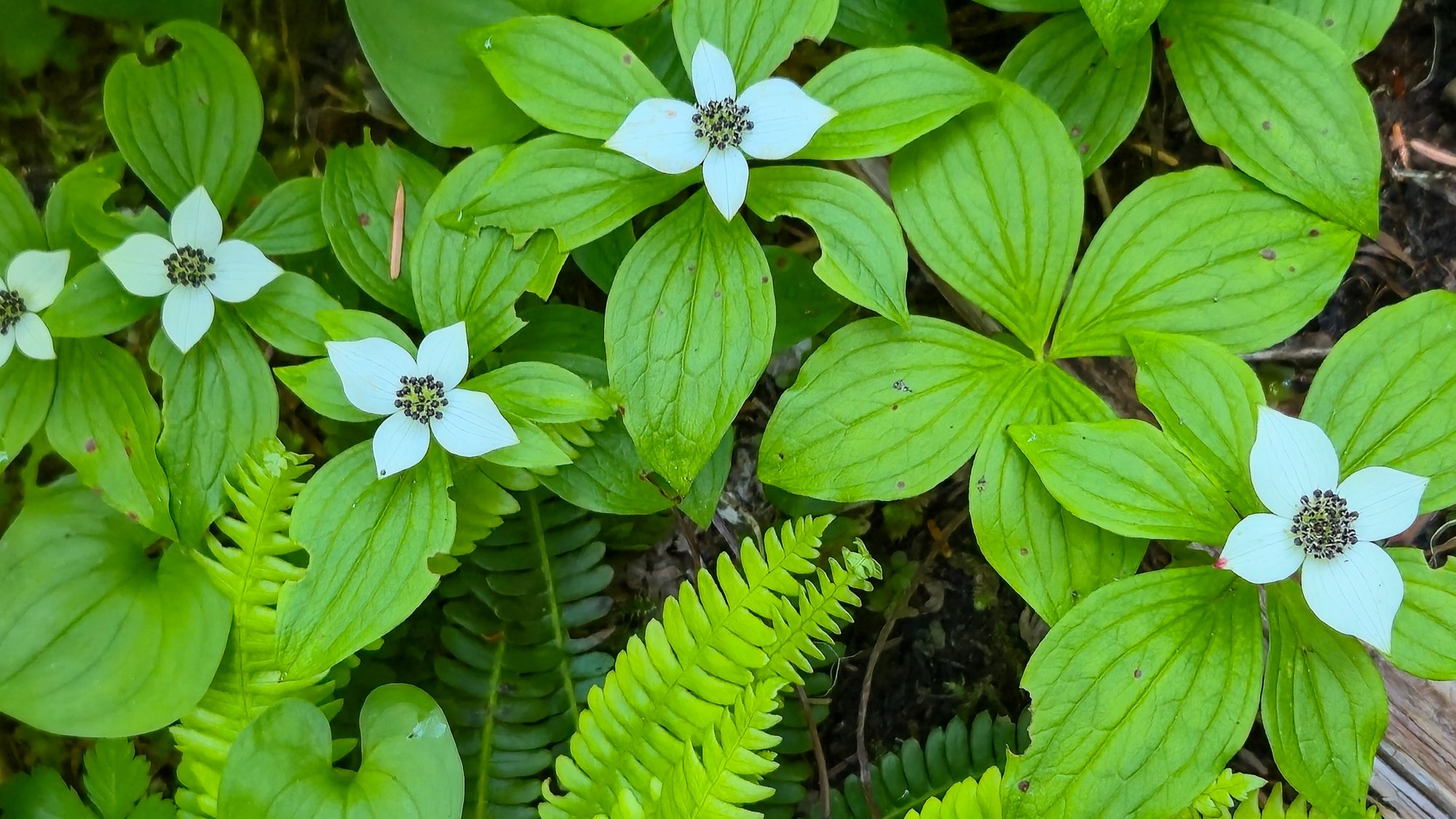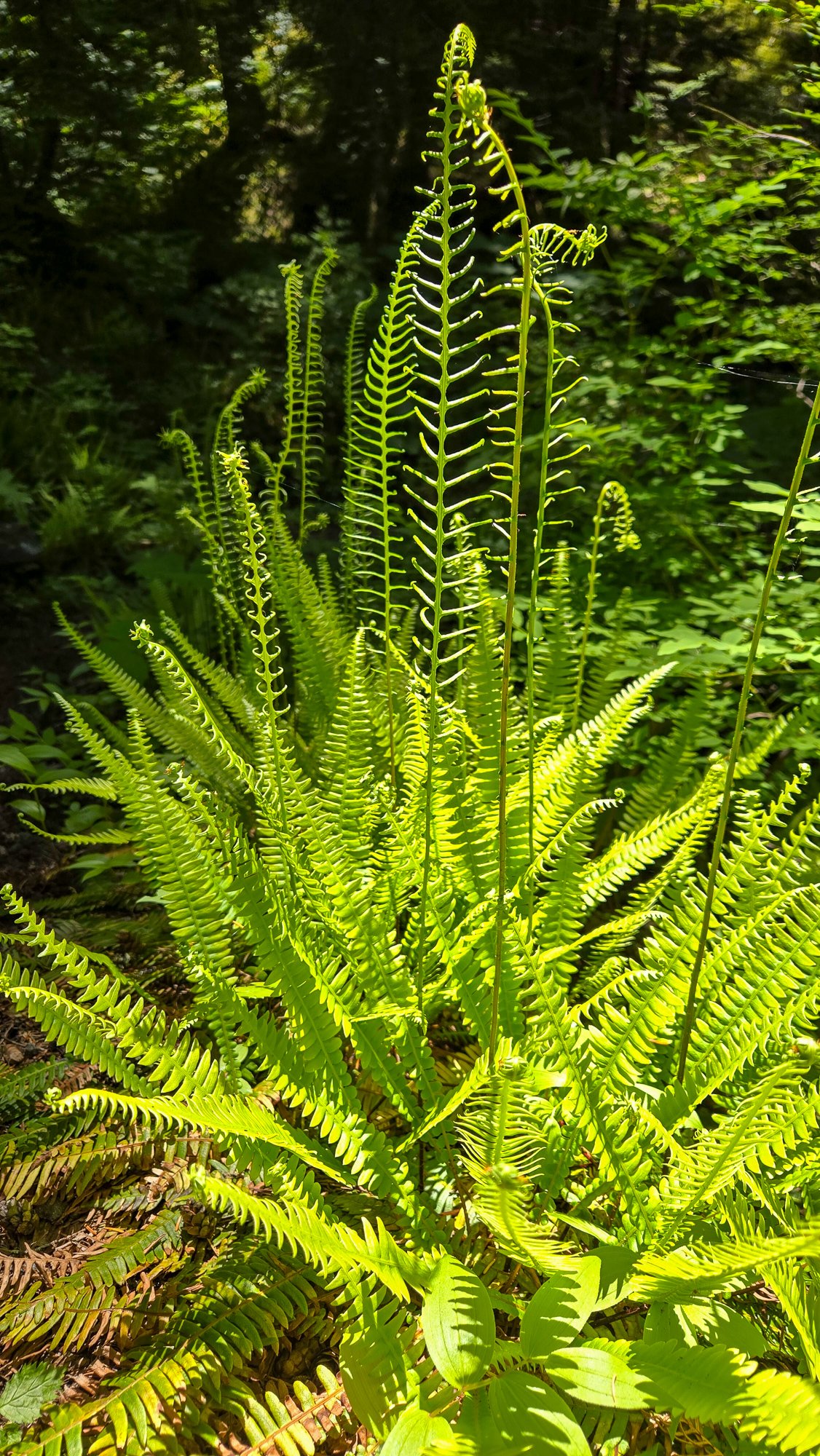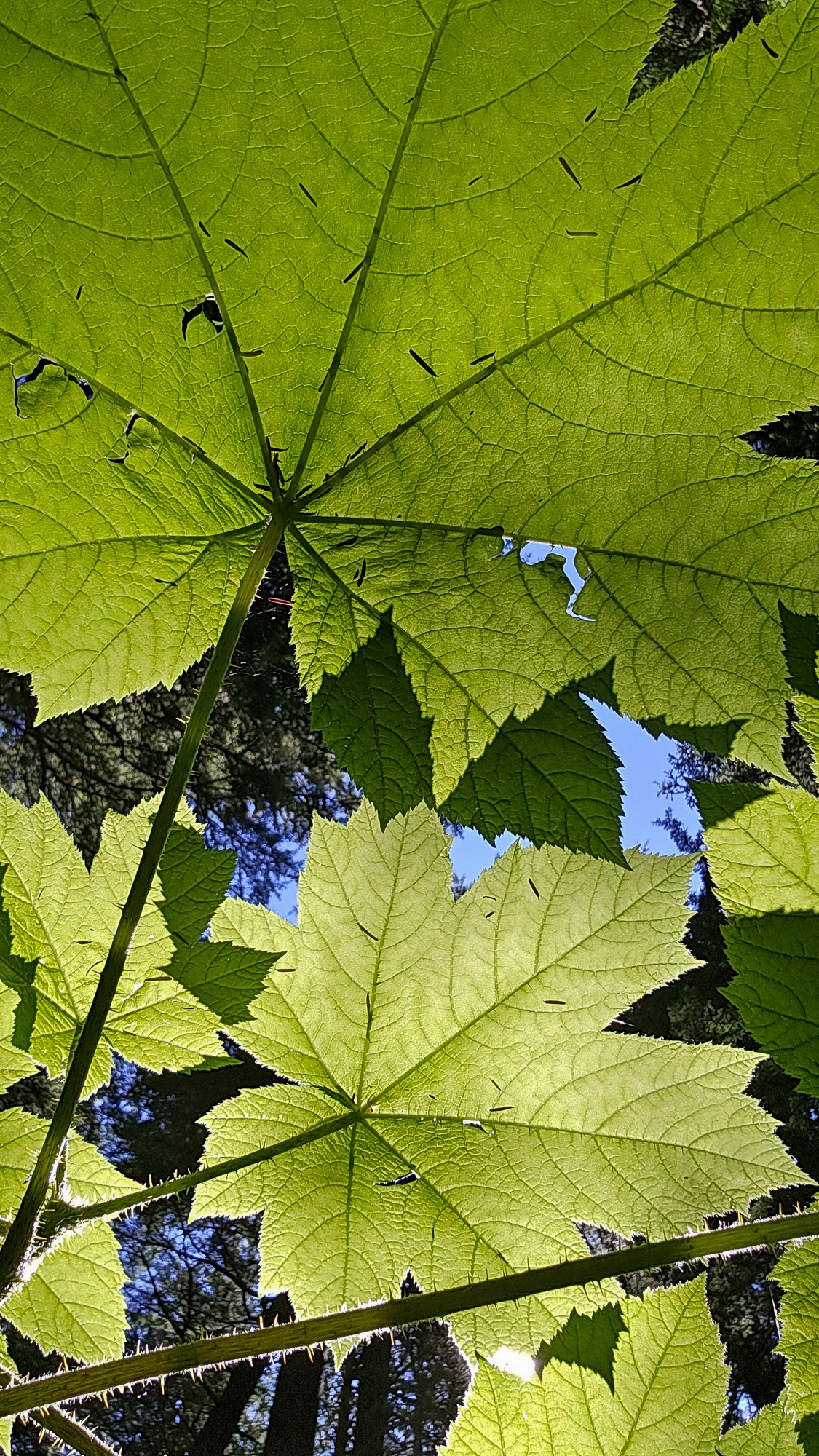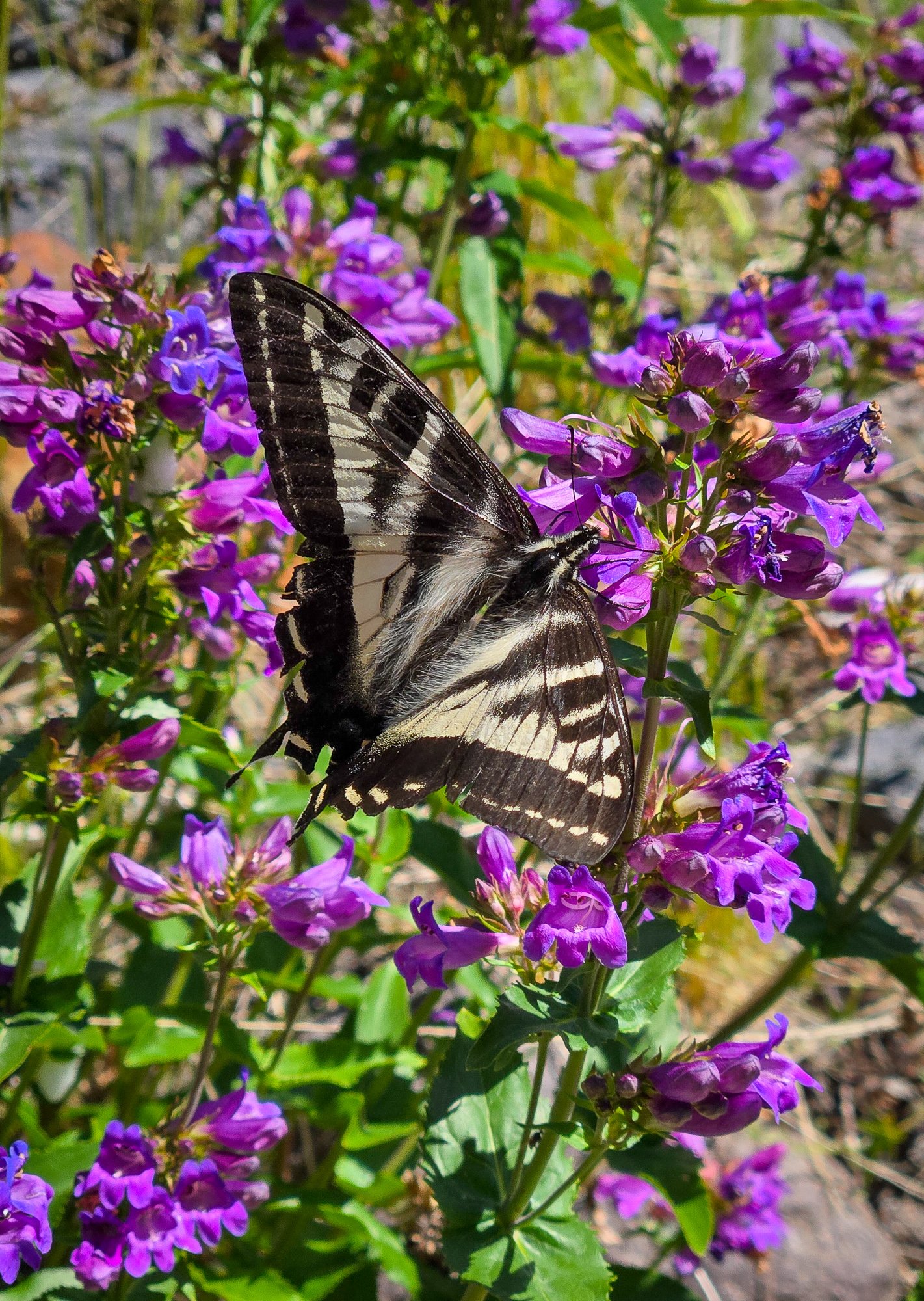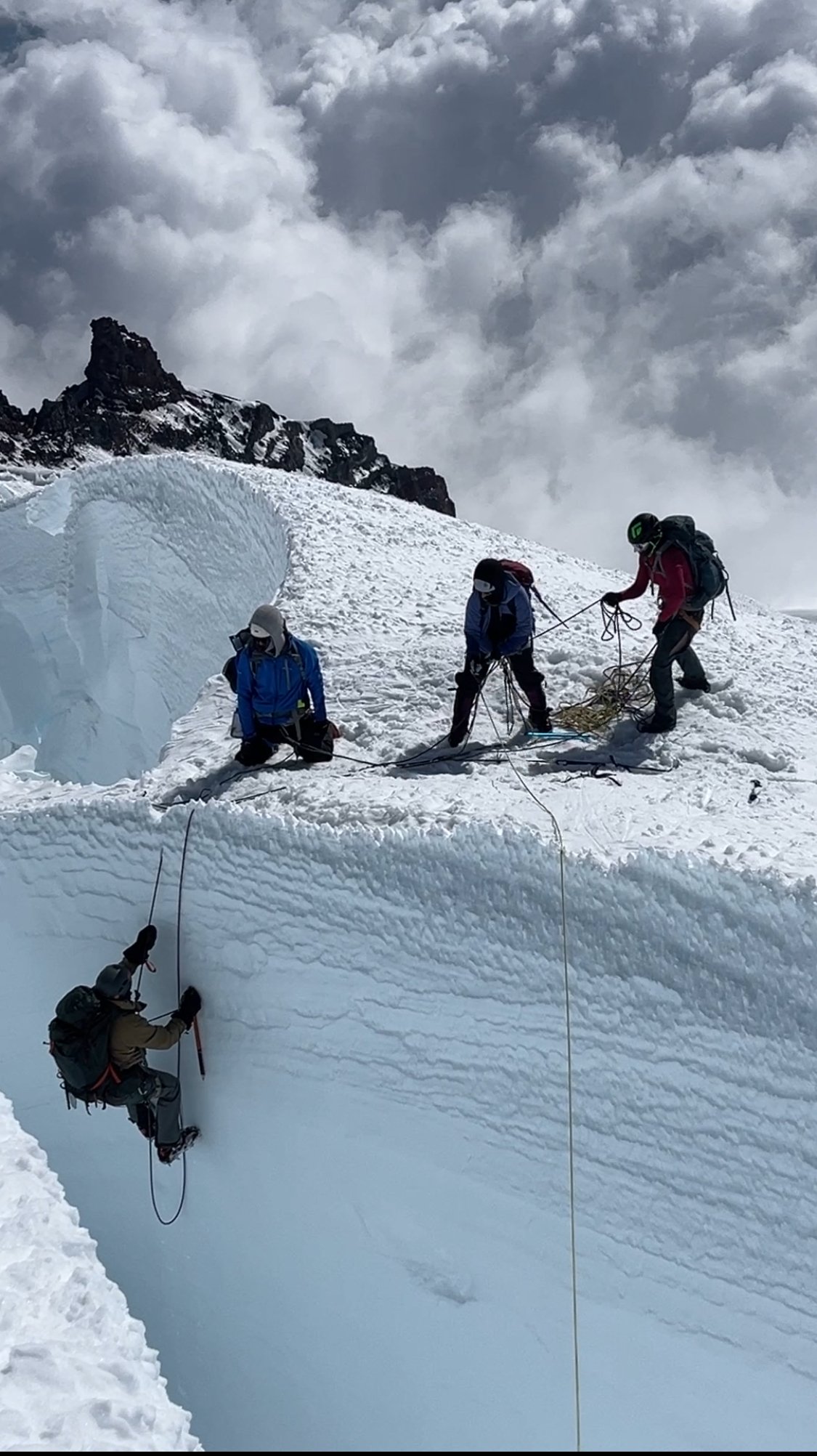Leaderboard
Popular Content
Showing content with the highest reputation on 07/08/25 in all areas
-
Trip: Seahpo / Cloudcap Peak - NE Ridge Trip Date: 07/05/2025 Trip Report: After much discussion and planning and two planned weekends that didn't happen due to weather, and even a scouting trip with binoculars, me Fred and Dylan finally climbed Seahpo / Cloudcap on July 4th and 5th. I had been on a mission the last few years to climb Dallas Kloke’s Difficult 10 peaks and completed the list this past winter with Lincoln. Now as part of my midlife crisis alpinist proving I'm after the self declared Difficult 10 Bonus Peaks. Basically anything that the consensus says ought to be on the list but since it's Dallas's list it doesn't change (much like the bulgers). I consider these so far to be Gunsight and Seahpo. We hiked up through the crowds on the 4th of July with heavy packs loaded with all kinds of climbing gear since we didn't actually know much about the route. We passed a lot of day hikers and Ruth climbers that all asked us where we were going with all of the gear on our packs, I grew somewhat tired and only half jokingly suggested we tell people either Shuksan or Icy just to make it simple. Bizarrely then we met somebody who replied that they had climbed Seahpo!! We went up and over Ruth, then Icy just for fun and made camp near the northeast ridge of Seahpo, making camp in just about 8 hours. We had plenty of time to study the route as it came in and out of the clouds and were pleased with what we saw. On a scouting trip a month earlier the route had ample snow on the ridge which we weren't prepared to deal with. On the 5th we were up at 5:00 and hiking just after 6:00, thus allowing for plenty of sleep to make up for a week of extremely early mornings for work for me. No one argued with that concept. We took the Beckey variation of getting on the northeast ridge at the first opportunity instead of the glacier which we assumed would be in rough shape this far into the 21st century. The scrambling on the lower ridge was excellent class 3 with some easy snow walking, then we got to the top of a tower before a major notch. This notch was the main unknown of the entire route since there's not really any good way to scout it and we had no beta at all. It proved to be troublesome. Naturally we assumed we would just be able to rappel into the notch and climb out the other side, but it took us about an hour to discuss, scout for a descent, and then eventually build an adequate repel anchor. You repelled into the notch, over a moat, down some easy snow, and into the moat on the far side. The moats were deep but not wide at this time. We huddled in the upper moat a little ways down from (south of) the top of the notch, where we had scouted the only fusible way out of the notch. There was a groove/gully that looked feasible to climb up and regain the ridge beyond. The plan was for Dylan to rope gun the rock in his approach shoes and me or Fred to kick steps in any snow in our boots. Nobody wanted to bring boots, shoes, and rock shoes. Tom Sjolseth mentioned in the comments of his Jagged Ridge TR that the northeast ridge of Seahpo was 5.6 or 5.7, so we figured we needed to be able to do that at least. Dylan was confident that he could lead up the groove, but I stated not so subtly that I wasn't confident I could follow it. He made it look hard but doable, and got a good belay 55m above at a rap station. I'm not sure I have ever climbed on a single rope cow tail style until now, and me and Fred were very very concerned with how little rope we had left, hollering constantly as Dylan finished out to the anchor. (Naturally as in most of the Cascades pro was very sparse and anchor opportunities more so). There was exactly enough rope left for me to stand at the last stance while Fred made it through the most difficult part that the receding glacier had just vacated before I had to step on to the wall and make the hard moves. It was extremely doable on second but I'm glad I didn't have to lead it. Definitely 5.7R. We all made it up to the belay and determined that it looks solo-able above, so we put away all the gear, never to use it again. The rest of the route above was no more than class 4 if you made the right choices, a couple of times just for ease/fun we maybe made it 5.2. Jim Nelson’s book Classic Cascade Climbs must have forgotten about this first pitch, Tom gets a Redding credit in the book so Dylan is convinced that he intentionally sandbagged the route old school alpinist style, not sure, but the first pitch is definitively mid 5th. The book calls the whole route 4th class. We encountered some pretty solid rock on the ridge, easy steep heather on the south side, and a short cruddy gully crossing per Beckey. As I have discovered on most of the more difficult routes Fred Beckey usually pretty reliable. We crossed the gully on a ledge and followed some heather slopes to a short rock finish to the summit. We launch it around for a while hoping the mistwood break and we would get some views but it was not to be. The route finance straightforward enough that it wasn't a big deal in fog but it's always nice to have a good look around. I found out later that we would have been able to holler across to Tim Halder on Nooksack Tower if we could have seen it. The climbing was easy enough that we downclimbed everything to the belay station then made a double 60m rappel to a horn above the moat, south of the initial groove pitch. From here we made another double rope rappel down to the top of continuous snow at the top of the glacier. The upper randkluft it was melted down to where we could land on rock and simply walk out onto the glacier. This rap was long and extremely steep, overhung over sock and then transferring to overhung over snow, pretty wild! I went first and was collecting myself at the bottom of the rap until I thought about the 30+ feet of more than vertical snow directly over my head, so I skedaddled a ways back to the top of the glacier. We all gathered back at the bottom, stowed the ropes and cruised down the glacier, and back along the ridge to camp. The glacier was chill with just a couple of moat cracks to walk around, nothing I would call a proper crevasse, in fact I would hesitate to call it a real glacier anymore; still potentially dangerous though. We took some time packing up camp and congratulating and thanking each other, caught a few last minute views and then headed back up the slog over the shoulder of Icy, back over Ruth, then cruised down the very familiar route to the car. We hit the car about 8:30 for just over a 14 hour day. More congratulations (real this time since we made it back properly), thanks all around, then back to civilization and “reality”. The holiday weekend made it so I could lounge around and nap the next day feeling glad to have pulled off another very challenging mountain. This one definitely ranks in the difficult 10 peaks in Washington in my book, when taken as a whole. I would rate the mountain above the first pitch as pretty enjoyable scruffy fourth class rock and heather, similar to other Cascade peaks; Jberg, Triumph, Klawatti, etc. I think if there wasn't the tough first pitch it would be a pretty enjoyable mountaineering route in a remote location, to me at least, 5.7 ads a level up. The approach was extremely enjoyable and pleasant, better than any of the Difficult 10. We pretty thoroughly scouted the pitch out of the notch both on the way up and down the route and determined that the way we climbed it seems to be the most doable line. If you want to do this mountain you need to be sure you can climb someone insecure 5.7R for half a rope length. If I had to do it again and it was up to me to lead I would take rock shoes. Gear Notes: Half rack, 2x 60m ropes, light MTN boots or approach shoes and wet feet, axe, helmet, others wore crampons, not I, extra axe and pickets for steep snow we didn't need. Approach Notes: Trail to Ruth, over west Icy (the truth summit now thanks to lidar BTW), down the other side. Follow the ridge the whole way. Dylan ascending to heaven on Ruth: The whole deal with my partners looking badass: Seahpo: From camp: Camping in an awesome setting: Morning. Clouds rose up to greet us: Approaching the line: Atmospheric weather: The lower route calls to us: Fred on rap: First pitch from the notch, Dylan for scale: On route: Easy: Break time on the summit: Part of the register. The pencil crumbled in my hands as I signed us in, so take a new one: Fred on the last rap: Descent of the glacier: Strolling out beyond Ruth:3 points
-
Trip: Terror - N buttress (attempt), Himmelhorn - Wild hair crack, Degenhardt NW+E route, Pyramid - W route Trip Date: 07/04/2025 Trip Report: Drawbridged again in the pickets for the second time in a week. After the standard rap into the couloir north of Otto-Himmel col my partner @aikidjoe encountered a moat that appeared impassable. He ascended back to the station and I took a look down the next gully skiers left. From lower down I could see it would have been no good to try the moat (which would have required an absurd running leap) because another moat was not far below that one. I kept descending adjacent to the couloir, finding mostly solid, even fun, exposed class 4. There was a short low fifth corner with a lemon cake sized block that kept it secure. I passed a slung block with old webbing. Where things cliffed out I found some good .1-.2 cam sized cracks that could be used for a rap anchor. My 60m rope easily reached continuous snow from there (maybe 20m rap). Last year at exactly the same time of year I downclimbed continuous snow down this couloir without even needing the first rap. And last year was a low snow year too. So I was pretty surprised at the state of the couloir. This workaround skiers left seems viable to me. Posting it here in case it helps anyone. The false start and exploration ate up enough time that we decided to bail on our plans for the Stoddard route and head back up to climb WHC instead. My partner was bemused because he expected a crack climb The day had started clear. On our way back down from O-H dark gray clouds moved in to block the ridge. I was glad we weren’t somewhere high on the north buttress of Terror. Next day was quite socked in. We headed off for Degenhardt, accidentally heading up from the south before correcting course for our intended NW route from near Terror’s east col. To gain the couloir there was short choke that steepened at the end to maybe 80 degree snow. We underestimated the angle from below. Odd, usually it’s the opposite. We were able to bypass this on slabs on our return. The foreboding weather and lack of visibility gave the climb a serious feeling. As it gradually cleared on the way back the route started to feel easier. There is plenty of choss on Degenhardt but I recall the scramble being pretty fun. While extracting the summit register I dropped its pencil down some hole. Sorry. From there we groped our way slowly toward Pyramid. The route finding in the clouds was trickiest near Degenhardt. Was glad to carry ax/whippet all the way due to about ten steps through a narrow and steep snow couloir to get to Pyramid’s rock pyramid. We had peek a boo views into McMillan cirque but could see nothing at all to the east. By the time we passed back west of Degenhardt the clouds were lifting and it was a relief to see where we were going. The weather kept improving and the sunset was a real mind melter. UFOs came out in force. Next morning greeted us with more clear weather but having had our fill we bid adieu to the goats and our impeccable camp. After the bruising descent we enjoyed copious berries south of terror creek. Gear Notes: 60m rope and light rack, crampons, ax or whippet Approach Notes: Goodell1 point
-
Trip: Tokaloo Rock (Sunset Ridge bailure) - Standard Trip Date: 06/29/2025 Trip Report: Sometimes prudence is the better part of valor....or at least that is what @Trent and I told ourselves as the murk cleared and we had our first good look at Sunset ridge after walking in for 10 miles in our venerable Lowa Civettas. We were camped at what we thought was going to be our "low" camp, next to some partially melted tarns to the NE of Andrew Benchmark, above St. Andrews park. Our high camp was planned for about 11.1k on Sunset ridge the next day. However, the entire upper mountain was very boney in the fading light and it looked like a several hundred vertical foot section of the ridge where the route went was completely bare of snow (~11.5-12k). Hmmmm. We had enjoyed the scenic ramble in from the NPS gate at their chosen spot on the still very drivable West Side Road earlier that day. Lush forest, interesting geology, wildflowers, and swirling mists, it was unlike most approaches to the highest point in WA. But then we got to camp and the predicted clearing didn't materialize and so we sat, napped, and stewed. But then, like magic, the veil was lifted and Tahoma was revealed! As was the camp of a neighbor, who had snuck up on us in the mists. We would find out the next day that it was none other than our very own @DPS, who I had last climbed with back in 2005! But as we turned in for the night, @Trent and I both agreed that we didn't want to climb Sunset the next day. We wanted to climb it in good conditions, not just climb it, and it was plain that it was not in good nick. And so we turned in for the night. I admit I wrestled with the decision throughout the night and didn't sleep that well. Were we just being old and scared? Would the route have gone fine? I felt like we never would know (actually, that was wrong- see below). But the next day dawned clear and bright and the least we could do was take a ramble up to Tokaloo Rock with light packs. It truly is a glorious side of the mountain and it was hard to complain about "missing out" on Sunset Ridge. Adams: Tokaloo Spire! From this side it looks very stout, which @Fairweather confirms below. Maybe easier from the other side? Looked blockier but neither really matches the Beckey description. Maybe another time! @Trent rambling up towards the top of Tokaloo Rock: Cumbre! What a view of the West side of Tahoma: Tokaloo Spire and St. Helens from the summit: Lovely parklands and Adams: We couldn't ignore how far we were from the car, however and in time retraced our steps back to camp and packed up. There was cell service up there so I checked if the nearby "Andrew" benchmark was on any peak lists. Turns out it on the "Mountaineers 100 Peaks in Mount Rainier National Park". As @Trent says, It must be climbed! And, so it was. @Trent admiring the view from summit #2 of the day: And then began the ramble out in our plastics.... which was long, but at least it was hot! My feet took a beating. Tahoma from the Puyallup River crossing on the Wonderland trail. Sunset ridge is the left skyline. That bare section is I think where @Nick Sweeney got to before they bailed (description and link below): The hike out through the lush forest was just as beautiful as the hike in, even if a bit longer (it always seems that way doesn't it?). Even though we didn't even get very high on the mountain, this route has set the hook in me. There is just something about climbing the entire mountain that appeals to me, and is a feeling that is easy to escape on the more common Rainier routes. Sunset is long enough, we a low enough start to be very sporting. We will be back! RESPECT: Western Tiger Swallowtail: Gear Notes: snow gear if there is snow.... easy class 3 scrambling to the top of the rock. The Spire is considerably harder Approach Notes: West side road to South Puyallup Trail to Wonderland Trail to off trail near St. Andrews Park. Good camps at tarns just NE of Andrew Benchmark1 point
-
I checked out the East Ridge of Dorado Needle. For choss dogs like me, it was kind of fun and definitely a good way to spend a day on a multi-day mission in that area. Full report and photos here: https://spokalpine.com/2025/07/07/dorado-needle-east-ridge-iii-5-7/1 point
-
There are plenty of trip reports out there about the Tahoma Glacier, so I won't elaborate too much on the route. Last year we had planned to climb this route but with a very terrible forecast during our dates we postponed it a year. This year we braved the rain on day 1 in hopes of the promised good weather for summit day. Thankfully it paid off. Leaving the trailhead Saturday morning in the rain. (Photo by my wife) Found fresh snow from the previous night that was now a sloppy mess.....still raining. (Photo by my wife) Rewarded with this view on Day 2. We moved from Camp 1 at 6,200 ft up the Puyallup Cleaver to high camp at 9,800ft at the base of Saint Andrews Rocks. Looking at the Puyallup Glacier. It was well filled in and easy walking up to high camp at 9,800ft. Looking down at the Tahoma Glacier from high camp. You have to drop down the ramp to reach the glacier proper. Sunset at Saint Andrews Rocks at 9,800ft. (Photo by my wife) Early morning crevasse navigation. (photo by my wife) Some more crevasse shenanigans in the broken up sections. More crevasse zigzagging. (photo by my wife) The team nearing the top of the route approaching 14,000ft. The summit with my wife and I. At 13,100 feet on the way down our 2nd person (out of 5) had a sliding fall into a crevasse. I have always said that if you keep your intervals tight you shouldn’t have to worry too much about crevasse falls. And over the last 15 years this has proved true in both the PNW and AK. With multiple small punch throughs over the years nobody has ever gone farther than their armpits. But this time was different. This is because if you punch through a snow bridge you will likely go up to your waist or backpack but then be tight and climb out on your own. I think this is true for typical crevasse falls….bad snow bridge, or winded over crevasse. These are times were you are surprised and fall right in. There is an entirely different type of crevasse fall. This is when you take a fall in steeper terrain and are unable to arrest that fall prior to the crevasse. I never really thought much about this because I feel really confident on crampons and look at those short locations as “do not fall” sections. But clearly with a less experienced group I need to take those sections a little more seriously. Our #2 guy on the rope was very tired on the way down which I am sure contributed to the fall. He fell in just such a place on a traverse above a crevasse on terrain I would call “no fall zones”. He fell off the upper lip and into a big open crevasse. The rope wasn’t super tight but there wasn’t an excessive amount of slack in the system. It was in difficult terrain where there were multiple obstacles stacked right after each other so team members were navigating different technical obstacles all at the same time (not ideal). Looking back I think I could have potentially avoided the incident by the use of running protection. I just felt so secure in those sections that I didn’t really think it necessary. But when taking newer people out it is better to take a couple minutes to add running protection than a hour to pull someone out of a crevasse. Lesson learned for sure, and I am just really glad he was ok. When the fall occurred, my wife who was leading the rope team had just finished all the technical obstacles and was on the lower lip of the crevasse. #2 was working across a traverse 8 feet above the lip of the crevasse and then had a 10 ft down climb to a narrow snow bridge. #3 had just finished a down climb and was just making a step across a thin snow bridge and onto the traverse. #4 was at the beginning of a down climb. #5 (myself) was anchoring the back on the slope above. When #2 fell he was unable to arrest in those 8 feet and so fell off the upper lip. He stopped about 30 feet below the lower lip and just above a sloping snow ledge. The rope never came tight to my wife (#1) because #2 fell towards her creating slack. #3 was pulled off her feet across the snowbridge onto the traverse. She was able to arrest. #4 was pulled off his feet and into the down climb. Myself in the back was able to arrest and hold the fall helped by #3 on the traverse. Thankfully #2 who fell in was uninjured. We were able to give him a little slack so he could get his weight on his feet onto the sloping ledge and then we started working on a plan. It took a bit of time to get things setup since the terrain was complicated where most of the team had arrested the fall. But in the end we were able to get everyone except for myself to my wife's position on the lower lip where there was a great spot for rescue. They were able to equalize 2 pickets (1 deadman and 1 end SLAM) and then used a 3:1 system with an ice ax at the lip to keep the rope up. Once the system was set 2 people were able to haul out the climber in less than 5 minutes. Having various different levels of experience on the team we spent a few minutes afterwards discussing and debriefing the incident. Here were a few lessons people found helpful. Place anchors further from the edge so there is more room to haul. When moving downhill keep walking down past the obstacle (body belay) vs. a hip or ice ax belay. This allows you to quickly run downhill should someone slide towards you creating slack. You need room to walk around at the anchors when performing a rescue. If in a safe spot think about just being out of the system. If not then use cord or the back end of a rope. Both the first 2 rescuers got pretty pinned into short tethers that prevented much movement initially. Have 1 person take lead on patient care and tell the person in the hole to put on warm clothes…even in best case scenarios it is going to be 15-20 minutes in the cold crevasse. If there is a ledge in the crevasse consider giving slack to get the person off the rope and onto their feet. Use the rope for backup should the snow give way again. Think through all the steps that need to get accomplished and try to figure out what can be done concurrently to speed up the process and gain efficiency. Here is the rescue in progress from the top lip of the crevasse at the beginning of the traverse. I ended up be "stuck" on the high side and only helped through directions. I felt the team plenty competent and taking the time to get me to them would just delay pulling out the fallen climber. One more shot as the fallen climber nears the lip. A shot looking up at the top lip of the crevasse and the traverse above. You can see the top of the upper down climb above the traverse on the left. The thin snowbridge is hidden behind the traverse on the left. The final down climb and narrow snow bridge are on the far right after the traverse. The whole incident took about an hour from the time of fall to having everyone out and gathered up at the lower lip. From there we continued down the glacier without further incident. Although people's nerves were a bit shot and any steep terrain encountered further down was negotiated with slow care. This resulted in a very long but safe day. Farther down the glacier at about 11,000ft. We hiked out the next day in beautiful sunshine and tired bodies. But got to see some goats in the process. (photo by my wife)1 point
-
Great rescue pics as well! Glad everyone was safe and it ended up good practice!1 point
-
0 for 2 on Tokaloo Spire. The old piton is there, but looks pretty worthless--and the fall is a big swing. Next time we will try climber's left.1 point

